“It’s 12 o’clock till midnight, there must be someone to blame” – Manic Street Preachers.
On my travels around the world, before I settled in Poland, I toured a lot of grim, dark, horrific places in places like Cambodia, Iraq, Afghanistan etc. (links further down). It doesn’t phase me, scare me or remotely shock me, life is snakes and ladders, and I just don’t like the idea that travelling the world is all about cocktails and beaches. This is no pleasure cruise with palm trees. I despise that lifestyle, because it came at the price of people’s lives, people fought and died for the freedom that people enjoy in many parts of today’s world. Those who came to Majdanek probably had no idea, they would never live again.
Having personally struggled with mental health most of my life, and had many nights of suicidal thoughts (which I never shy away from), it is tours to places like Majdanek that help me understand how people can be so nasty, hurting others for whatever reason, we may never know what goes through their minds. Again, this is a trip I wanted to go on, and I hope you will all go on it too. Especially Germans, who caused this problem, and our beautiful friends – Polish, Jewish, Soviets and all humans who perished here, in horrific Majdanek.
This June 2017 trip to Majdanek was my fourth time to visit a German Death Camp in Poland, and another part of my Nigdy Więcej Wojny series, Never More War. Here are my other stories with war links in Poland:
– Tour of German Death Camp Auschwitz, Poland
– Tour of German Death Camp Birkenau, Poland
– Tour of German Death Camp Stutthof, Poland
– Tour of Westerplatte, where World War 2 began, Poland
– Tour of The Post Office in Gdansk, where World War 2 began, Poland
– Tour of Tczew in Pomorskie, where the Germans attempted to start World War 2
Outside of Poland, I also catalogued a back catalogue of dark tourism, there are some of my other stories with a horrific history to them, down the years of my travels, which featured on various other websites:
- Touring Pripyat, Chernobyl, Ukraine
- Touring Chernobyl Town, Ukraine
- Touring Saddam Hussein’s House of Horrors, Iraq
- Backpacking to Agdam, Nagorno Karabakh
- Touring the DMZ (North Korea side)
- Touring the DMZ (South Korea side)
- Genocide Museum in Yerevan, Armenia
- A Trip to Stalin’s Town, Gori, Georgia
- Killing Fields, Cambodia
- Hanoi Hilton/Hoa Lo Prison, Vietnam
- Backpacking in the Most Dangerous City in the World
- A Night in the Most Bombed Hotel in Europe
- Tuol Sleng Concentration Camp, Cambodia
- Post Office in Gdańsk, Poland where World War II began
- Westerplatte where World War II began
- Genocide Museum in Sarajevo, Bosnia
- Takt e Rostam Monastery in Afghanistan
- My Most Horrific Travel Moments
When I visited Auschwitz and Birkenau in 2015, I went on a guided tour, picked up and left back to Krakow on the day, organised by Mosquito Hostel.
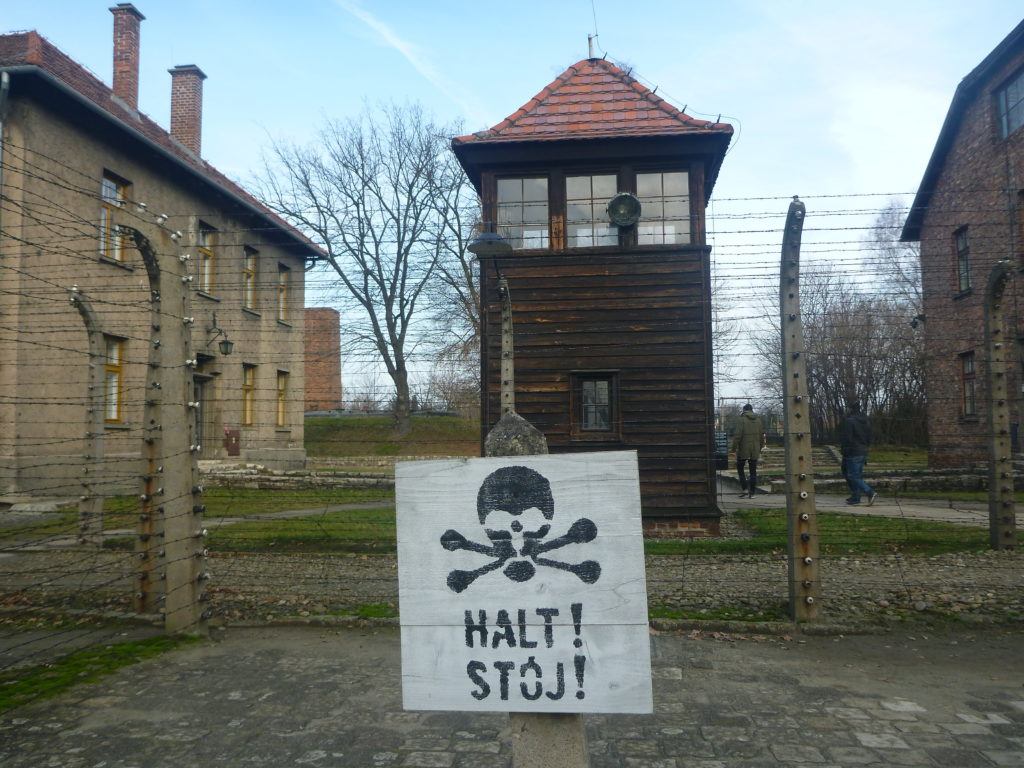
Nigdy Więcej Wojny: Touring Auschwitz German Death Camp
When I toured Stutthof in 2016, I went with my friends Kasia and Julia on a self guided tour and we backpacked it in a day.
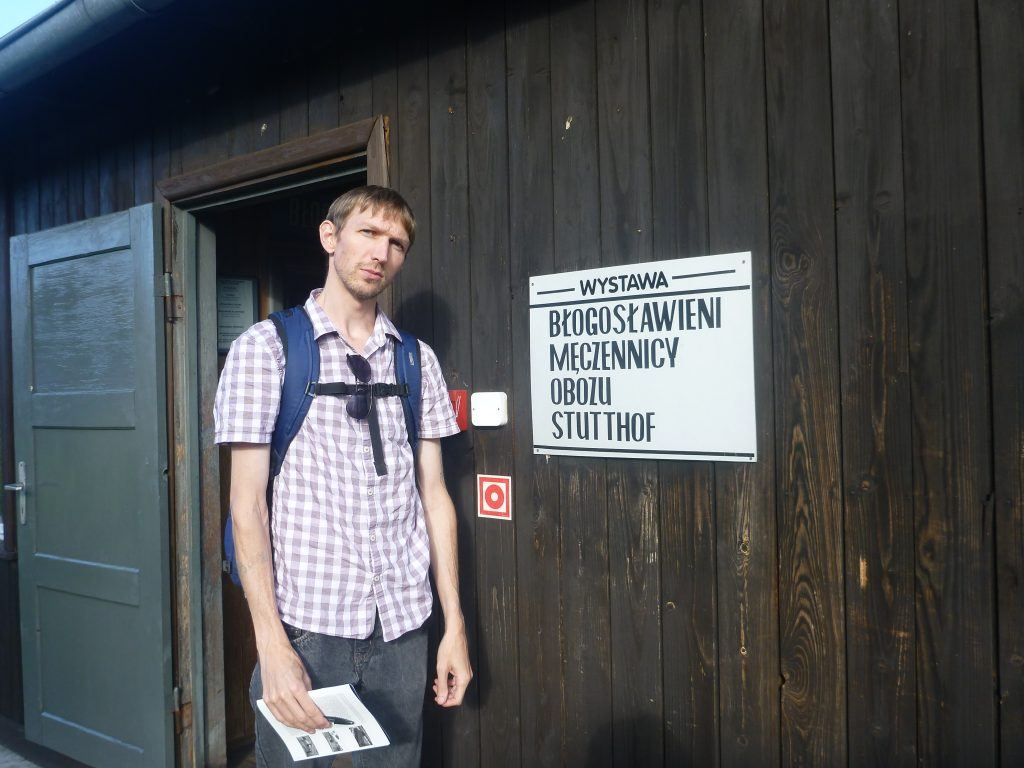
Horrific Nazi German Concentration Camps: Stutthof
This time, I went with Lee Adams (my friend of 14 years who I met while studying in Bournemouth and partaking in a crazy Big Brother spoof called The Lock In). Lee was visiting me in Warsaw for a few days in June 2017, so we decided to head to Majdanek. Happier times with beers (as below) were soon to be replaced by the reality of Majdanek.
The Germans had Death Camps/Concentration Camps all over Poland and Germany. Call them what you will – but there are no euphemisms here – people came here and were worked to death or killed. And don’t forget these were German Camps, controlled by an Austrian. The Camps were not Polish, nor should we really refer to them as Nazi Camps. Nazi doesn’t exist. It never had a language, or a country. It was a mythical cover up for 1930s Germany.
When Did I First Hear About Majdanek?
It was in my teens that I first heard about Majdanek. I was listening to Manic Street Preachers 1994 album “The Holy Bible” which delves into the horrors of the Holocaust in many of its songs. The most grim references come out in the songs “The Intense Humming of Evil” and “Mausoleum”.
“Never knowing what you hoped for” – Richey James Edwards.
Manic Street Preachers included this dark exercpt at the start of The Intense Humming of Evil:
“The court has come. The court of the Nations and into the courtroom will come the martyrs of Majdanek and Oswiecim (Auschwitz). From the ditch of Kerch the dead will rise, they will arise from the graves, they will arise from flames bringing with them the acrid smoke and the deathly odour of scorched and martyred Europe. And the children they too will come, stern and merciless. The butchers had no pity on them. Now the victims will judge the butchers. Today the tear of the child is the judge. The grief of the mother is the prosecutor”.
Internet Information on Majdanek
Official Majdanek Website
Official Majdanek Facebook Page
Majdanek Wikipedia Page
Visit Lublin
All 66 Nazi German Concentration Camps
Getting to Majdanek
Aside from car, taxi, hitch-hiking etc, the two main ways you will get here is to first arrive in Lublin, and then connect to Majdanek. We started in Warsaw and here’s how to do it, by bus or train. I have been to Lublin twice now and have used both bus and train.
1.Train
By train from Warsaw Central, it generally takes about 2.5 hours (or longer depending on the route you choose). Tickets start at 40 zloty (£8) and the train is very relaxing.
2.Bus
The bus is the cheaper yet slower option. Buses from Warsaw Plac Defilad go to Lublin all the time, I normally use Polskibus as it’s cheap, easy, cosy and has WiFi on board. Ticket from 1zloty (20 pence). On the day of our trip, we booked late notice, but tickets were still only 20 zloty one way (£4).
Once in Lublin, get a local bus 156 or 23 (from Old Town) or 161 (from the train station). A taxi from the city is also cheap enough – just 15 zlotys. Just mutter the dreaded word “Majdanek” – everyone knows it. 🙁
How Many People Died Here at Majdanek?
Let’s get the facts straight here – like it or not – this was a German Death Camp. Germans killed innocent people here. Like many of these facts in history, an exact figure is not really known. The official estimate of 78,000 victims, of those 59,000 Jews, was found in 2005 by Tomasz Kranz, director of the Research Department of the State Museum at Majdanek, calculated following the discovery of the Höfle Telegram in 2000.
That number on my tour guide said 150,00o and the website estimates 80,000. The total number of victims has been a controversial topic of study, beginning with the research of Judge Zdzisław Łukaszkiewicz in 1948, who approximated a figure of 360,000 victims. It was followed by estimation of around 235,000 victims by Czesław Rajca (1992) from the Majdanek Museum, which was cited by the museum for years. The current figure is considered “incredibly low” by Rajca. The fact is – thousands of innocent people were killed. It is beyond belief.
What is KL Lublin/Majdanek? (1941 – 1944)
Konzentrationslager Lublin (Majdanek) was in operation between October 1941 and July 1944. It was established as an element of the economic supply base for the conquest of the USSR by the German Nazi Third Reich. In reality though, it functioned as a death camp for Jewish people, a concentration camp for prisoners of war of various nationalities and as a penal and transit camp for rural population from the region. The Germans also held Soviet Prisoners of war here and executed Poles and Jews who were brought to the camp from outside.
Majdanek is actually located in the suburbs of Lublin. This shocked me. With Auschwitz, Birkenau and Stutthof, those camps I toured were further from large civilisation, but Majdanek still sits on city bus routes and has housing all around it. It occupied an area of 270 hectares and comprised the SS Sector, the economic sector and the prisoners camp which was composed of five fields with wooden barracks for inmates. The camp was managed by more than 200 SS Men and about 20 female overseers. It was also guarded by nearly 1,000 watchmen.
New prisoners were forced to walk to the camp from a railway ramp located 2.5 kilometres away. Initially, only men were interned at the camp. Later women were interned in October 1942, and then children in March 1943. Jews, Poles and then Soviets constituted the vast majority of the inmates. Germans, obviously, controlled them.
At the end of 1943 and in early 1944, prisoners of over 20 nationalities were then transferred to KL Lublin from other concentration camps. The highest recorded number of deaths in one month was in May 1943 when 25,000 were killed. Due to its deplorable living conditions, Majdanek was considered to be one of the harshest camps. Inmates were decimated by strenuous labour, hunger and typhus epidemics. Sick and emaciated prisoners were often shot or gassed by SS Men. Most of the victims murdered in the gas chambers were Jews, some of whom, particularly women and children were killed there on arrival at the camp.
On November 3rd 1943, during an execution code-named “Erntrfest” (Harvest Festival), the Germans shot dead here about 18,000 prisoners at Majdanek and the neighbouring camp. In 1943 and 1944, prisoners of the Lublin Castle and other innocent civilians were brought here for mass executions. Again, numbers can be challenged but somewhere between 80,000 and 200,000 people were killed or “worked” to death here at Majdanek.
After the liquidation of the camp on July 22nd 1944, the Red Army together with the Polish People’s Army entered the territory. For a period of several weeks, the Narodnyi Komissariat Vnutrennikh Del (often abbreviated to NKVD), detained over 250 soldiers of the Polish independence underground (mainly members of the Home Army and Peasants Battalions) at Majdanek. They were later transported deep into the territory of the USSR. Military forces stationed on the grounds of the former Majdanek Camp left the premises only in the second half of the 1940s, dates can remain sketchy too and many of the camp’s buildings were destroyed by those workers. A huge surprise (whether sad or good or bad, nobody knows) is that the camp grounds are fairly intact all these years on (72 years on my visit).
Our grim tour begins, lots of photos here and some brief details of each part we saw. The area is vast. The harshest and biggest German Death Camp I have seen to date. It covers over 90 hectares and contains over 70 unique objects.
Our Tour of Majdanek
Majdanek is HUGE. So you need to allow lots of time for walking. It’s a few kilometres of walking for sure, if you scale the entire complex like Lee and I did. Some people take their cars in and drive to the Mausoleum. Photos are permitted of course and so I share a lot of mine with you.
The Entrance to Majdanek
The entrance is on a MAIN ROAD. This is where we got the bus from and cars go past all day. It is a busy road in rush hour too. The entrance is obvious. A sign reading Lublin in Jewish Hebrew stands out and you walk through the gates. As you do that, remember one thing – you will probably return back out of them in a few hours. Those thousands of people in the 1940s, they didn’t return.
The Visitor Centre at Majdanek
The Visitor Centre is the first building you see – you can go here for some books. Entry to the complex is of course completely free, but as always I feel the need to buy something here, however small. This time it was a guidebook, I chose the English version as my Polish is not yet good enough. The guidebook also has a map and cost me 3zlotys (60 pence). Books and other items can be bought and there is a cloakroom and a map.
Opening Hours of Majdanek German Death Camp, Lublin, Poland
Here are the Summer Season Opening Hours (April to October):
Grounds and historical structures: 9.00–18.00
Historical exhibition (barracks 62): 9.00–17.00
Visitor Service Centre (publications, guides): 9.00–17.00
Details concerning Museum’s opening hours and the list of open objects are available in the calendar for visitors.
The Museum is closed on Mondays (however, grounds and historical structures are available to visitors).
Last admission to the Museum grounds is an hour before the closing time.
Last admission to the permanent exhibitions is half an hour before the closing time.
Winter Opening Hours (November to March)
Grounds and historical structures: 9.00–16.00
Historical exhibition (barracks 62): 9.00–16.00
Visitor Service Centre (publications, guides): 9.00–16.00
Details concerning Museum’s opening hours and the list of open objects are available in the calendar for visitors.
The Museum is closed on Mondays (however, grounds and historical structures are available to visitors).
Last admission to the Museum grounds is an hour before the closing time.
Last admission to the permanent exhibitions is half an hour before the closing time.
Entrance Monument and Outdoor Information Boards
The distinctive unforgettable monument spells out Lublin in Hebrew. Your walk takes you first past a series of outdoor information boards and then up to the monument. Take it all in.
Then it’s the lonely walk into the complex itself.
The Little White House and the Main Gate
Before entering is the Little White House on the right and some more information boards before and after the main gates. The Little White Housed was the home of the city dog catcher before 1939, during the German Occupation howere it housed the SS physician and Anton Thumann – the “head” of the “prisoner camp”.
The Gas Chambers
On arrival inside the gates, directly on the right are the Gas Chambers. Gas Chambers need no introduction nor should they ever be allowed to exist. Small rooms with the “disinfecting basins”, then the showers, then the rooms of death. Innocent people had their hair completely removed (all over the body) to be “used” in some way, nails were removed, gold teeth removed. Innocent people were stripped naked and put into a room. Germans then locked the door and pushed a button. As satanic and simple as that. Just behind this was also an area known as “Selection Square”. Horrific.
This was the fourth time I had been inside Gas Chambers and they don’t get any more grim or eerie.
The Barracks at Majdanek
There are over 10 buildings on the right which were the barracks. Most are now either empty or they house permanent exhibitions in detailed form. The exhibition on the left in “Number 62” is a dedication to the prisoners. I took lots of photos, I share just some here. Lee and I were busy reading as much as we could. Barrcks Number 52, to come was probably slightly more disturbing.
Barracks Number 52 at Majdanek – Shoes
Like my trips to Stutthof and Auschwitz came the “belongings section”, here in all its gory are the remains of endless shoes of the victims. It doesn’t get any better the more times you visit.
Walking Through to “Field III” at Majdanek
Next we walk through the gates into “Field 3”, on route more grim countryside green scarred with dirty black buildings of murder and callousness. A “road rolling concrete block brace” offers a euphemismic glimpse of life inside here.
Field 3 – The “Living” Quarters at Majdanek
The Living Quarters of course were harsh and expected. They seemed bigger than those I had seen at Auschwitz, Birkenau and Stutthof. However I also remembered that some of them have been destroyed. Here, this was also the case. We visited two of the rooms, before heading to the Column of Three Eagles Monument.
The Column of Three Eagles Monument
The Column of Three Eagles monument was designed by Albin Maria Boniecki, one of the inmates. The monument shows three eagles on top of an urn which contains the ashes of one of the dead prisoners. The White Eagle is a Polish national symbol. The Nazis also used an eagle symbol.
The Mausoleum at Majdanek
The Mausoleum erected in 1969 contains ashes and remains of cremated victims, collected into a mound after liberation of the camp in 1944. It’s huge and unmissable. Behind it lie the mass graves, to its right the crematorium.
A Grave for Erntefest Day at Majdanek
The day I mentioned called Erntefest Day (Harvest Festival) where thousands were murdered in one single day is commemorated by a grave stone here.
The Crematorium at Majdanek
Inside the crematorium you see further proof of the pure evil at work here. Bodies were burnt, memories obliterated and humanity is dead and gone.
Mass Graves at Majdanek
It’s just bog and grass, ditches of buried innocent people here. These days, many birds are around, no idea what attracts them here but there are lots of them.
The Grim Skyline Staggering Contrast, A Few More Photos and Our Rabbit
All in all a very heavy tour for your brain but a needed one. Perhaps one of the most disturbing images for me was towards the end, when we looked up behind and saw the busy, thriving, modern day city of Lublin. Pretty buildings, happy faces, trendy bars, tidy streets, all scarred by this site which looks up at it with fear – ugly black buildings, dastardly look out towers and vile hatred for our beautiful friends.
As we gaze back at the Lublin skyline, a rabbit hops nonchalantly past us and Lee and I ponder and wonder. There is life again and the rabbit showed us that. We watched the rabbit make his final hops and then we headed to the bus stop to calm our tourist souls.
A few hours in Lublin and The Trip Home
After Majdanek, Lee and I got the number 156 bus from Majdanek to Lublin’s Stare Miasto (Old Town – get off at stop Brama Krakowska, on Ulica Krolewstwa). This was my second time visiting Lublin city. We were admittedly hungry and thirsty so we headed to the popular Rynek area of Lublin’s Old Town for a bite and beer. I won’t post a photo of the food or beer here because no food, smiles or beers on your journey or mine should let you forget this place. Majdanek.
Rest in peace our beautiful friends.
The official Majdanek website is very detailed and worth reading. Please visit places like this. Please respect others, stay honest, stay pure and don’t fight.
Peace, honesty and love.
Here are some short video clips I made on our horrific tour of Majdanek:

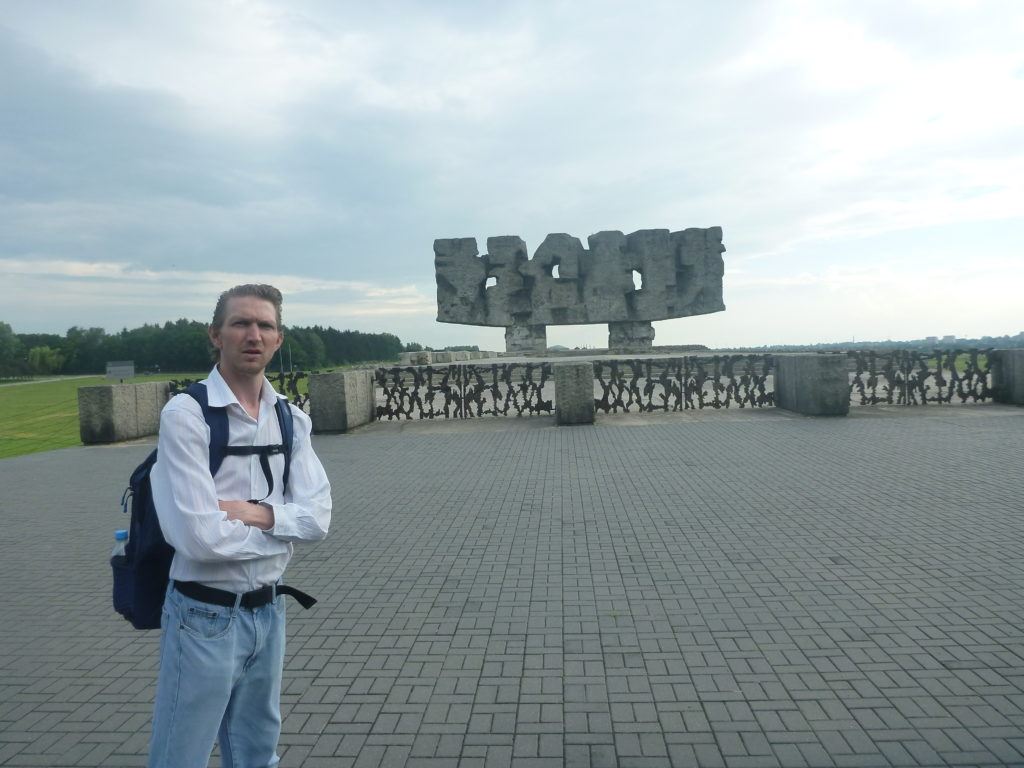
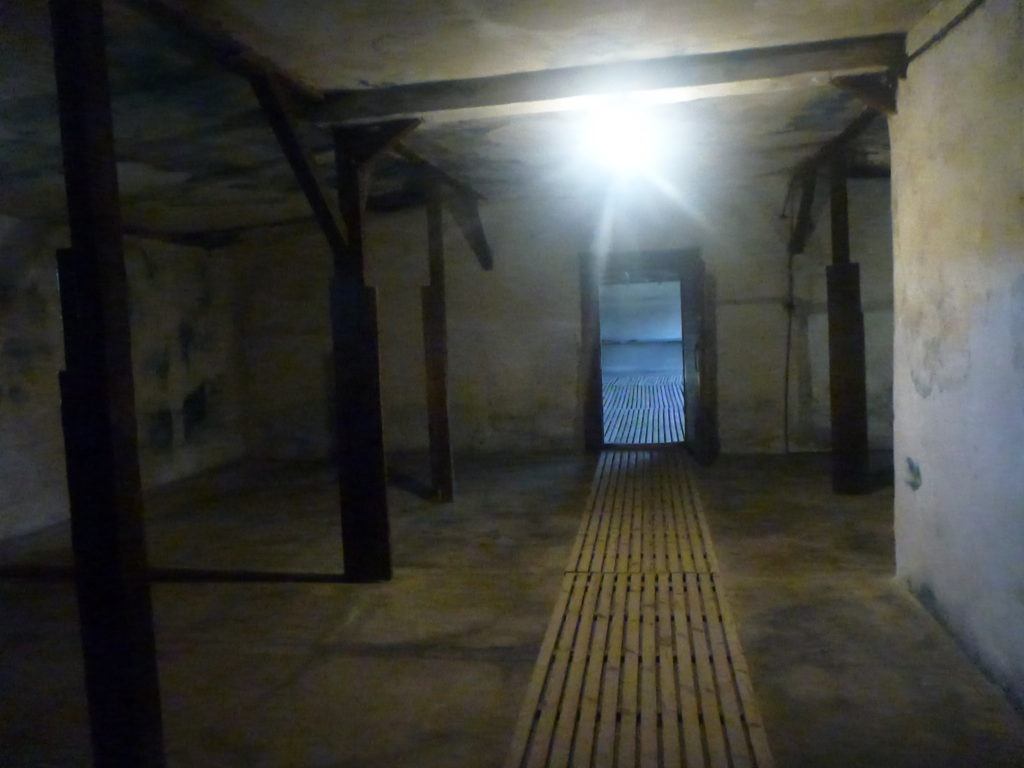
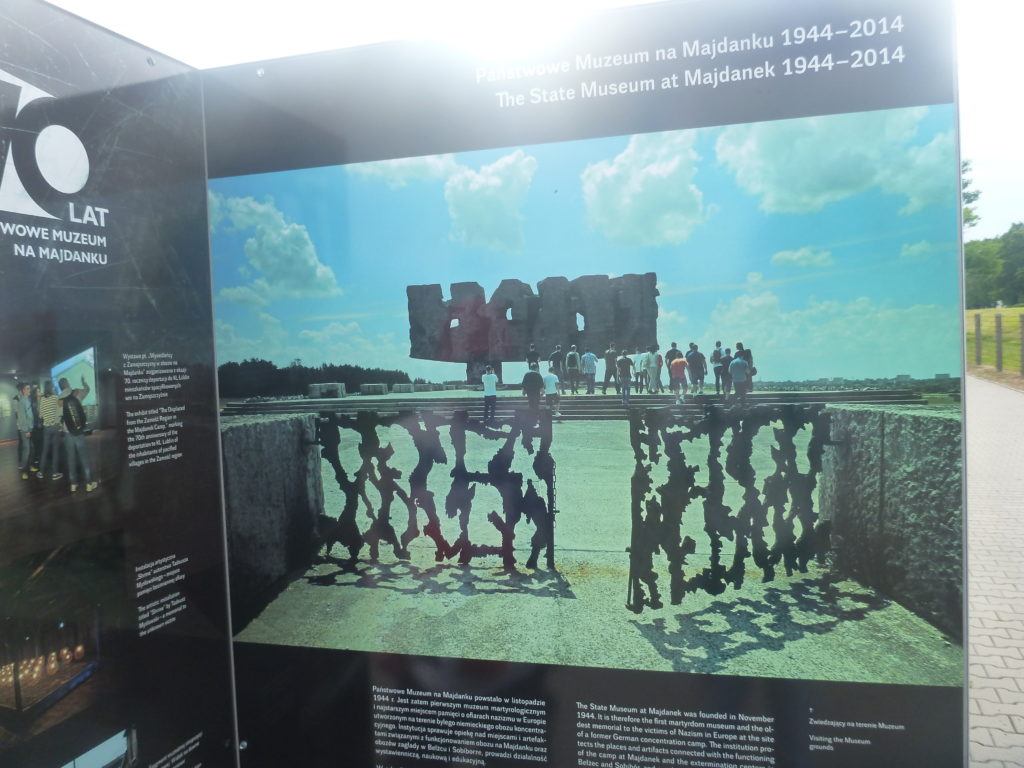
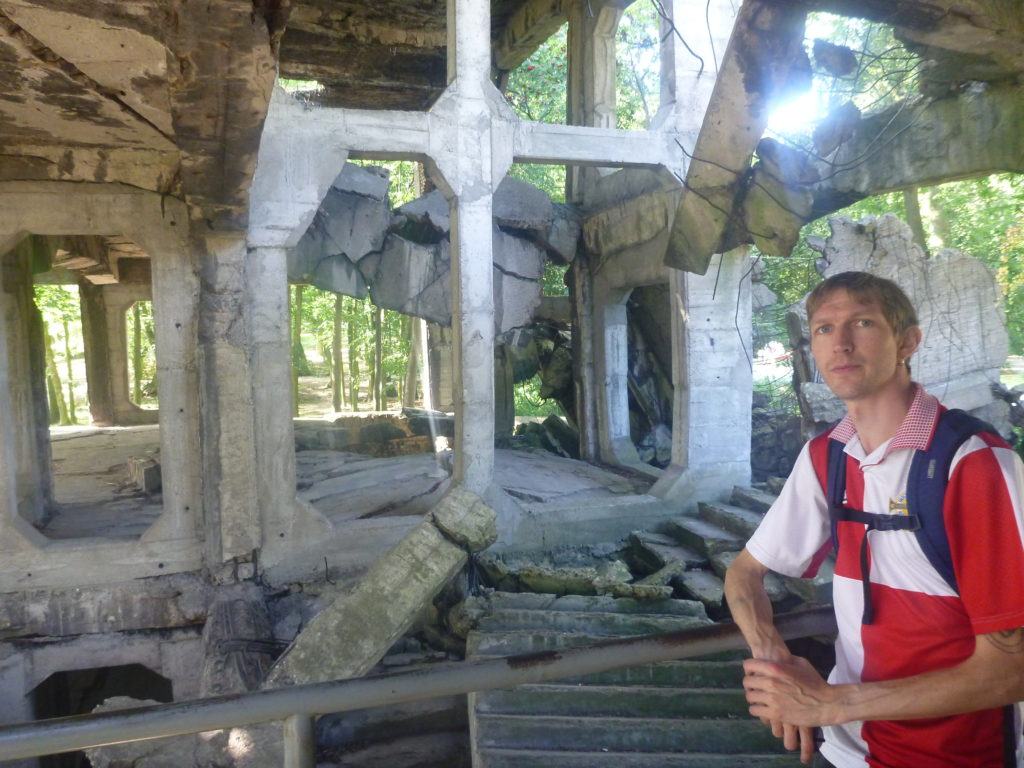
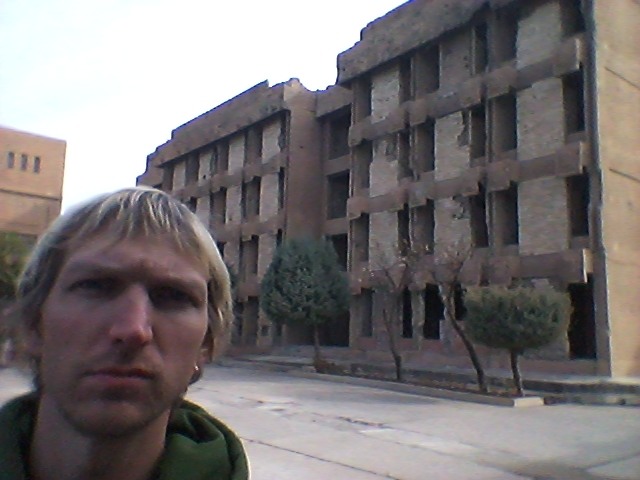
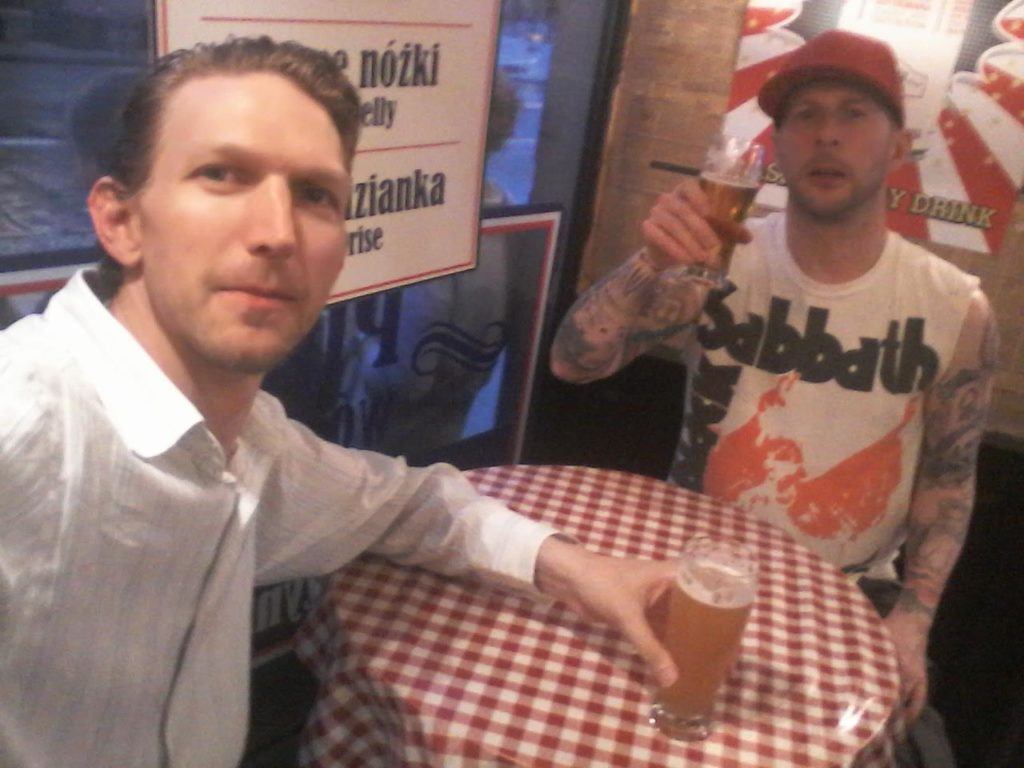
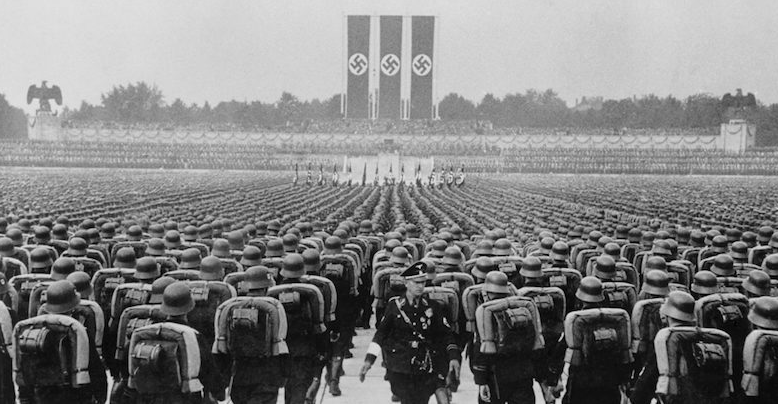
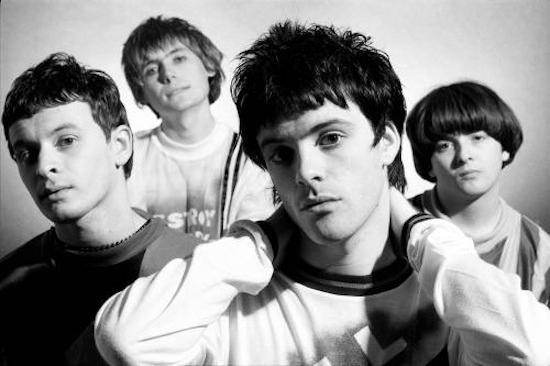
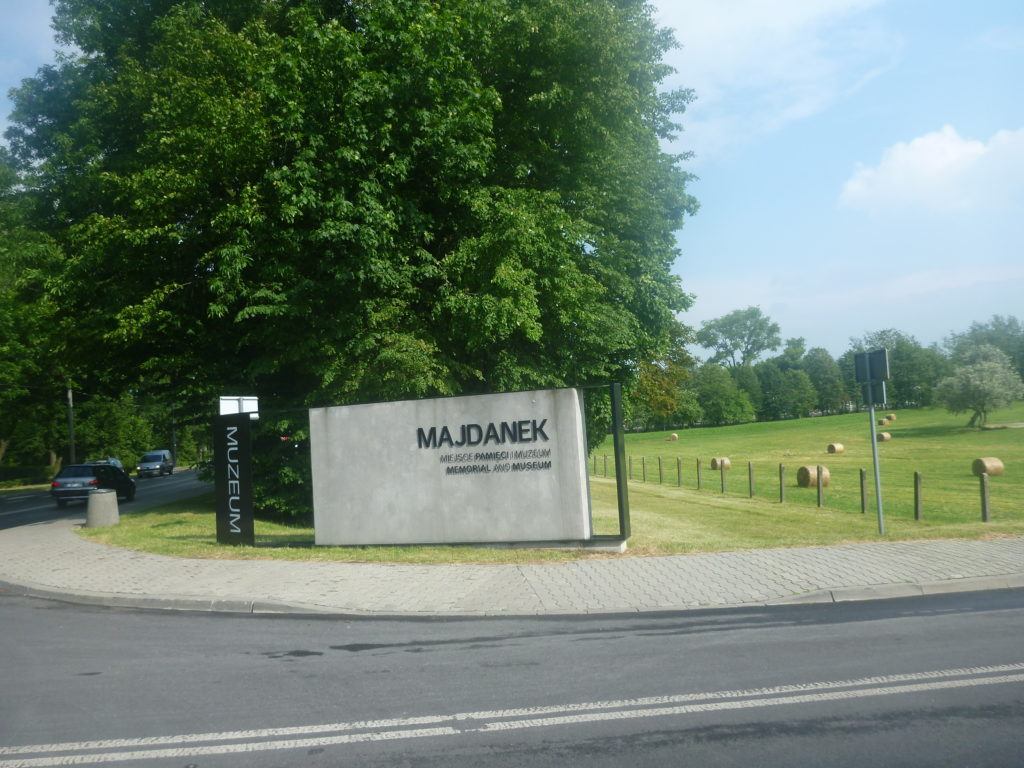
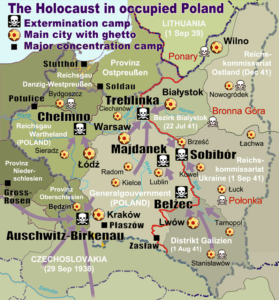
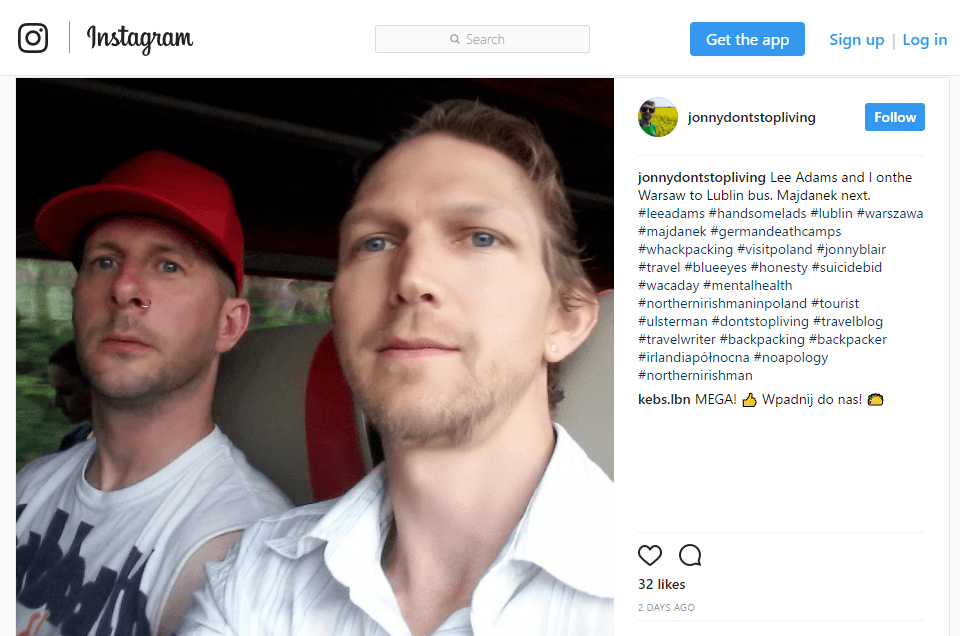
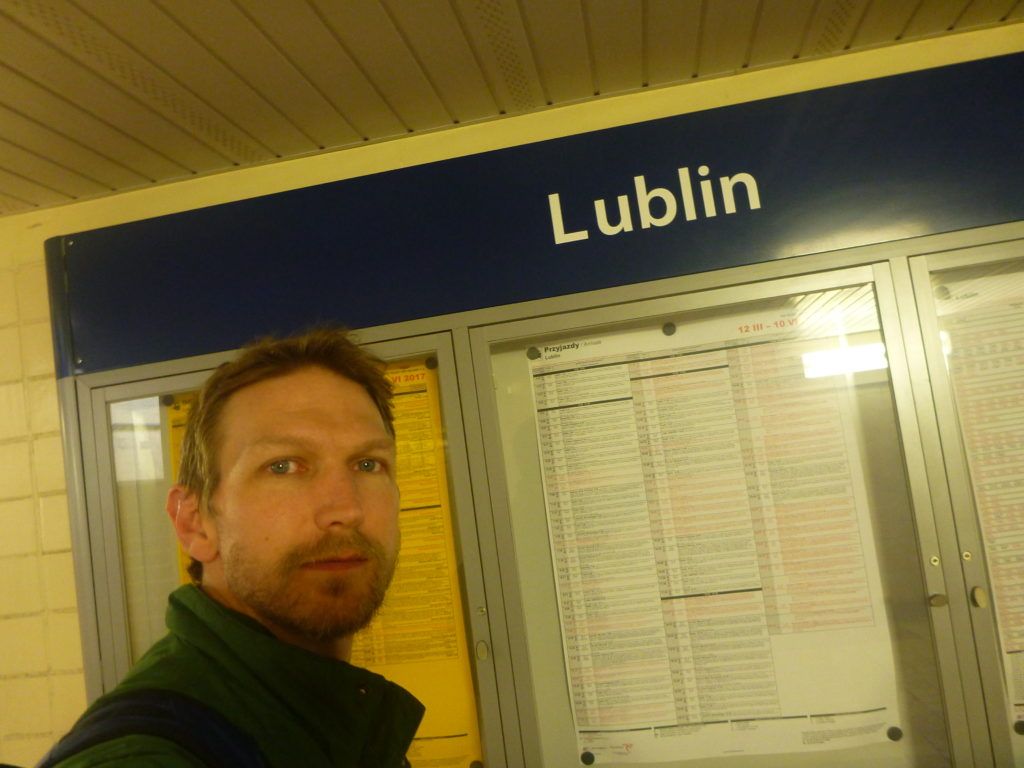
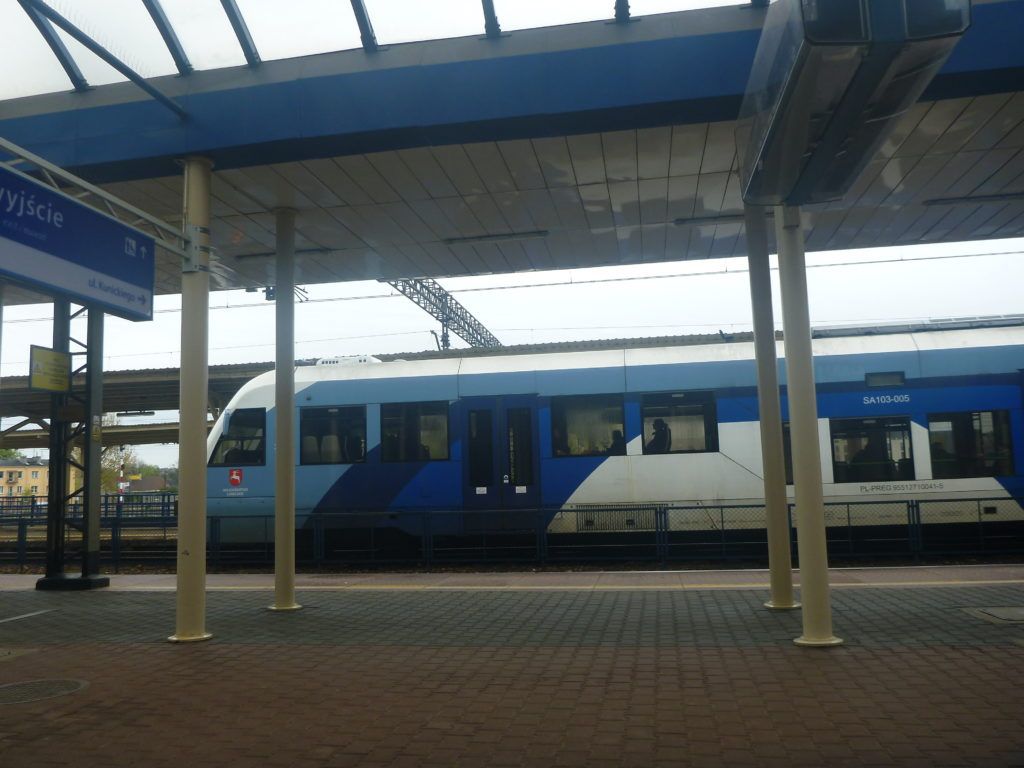
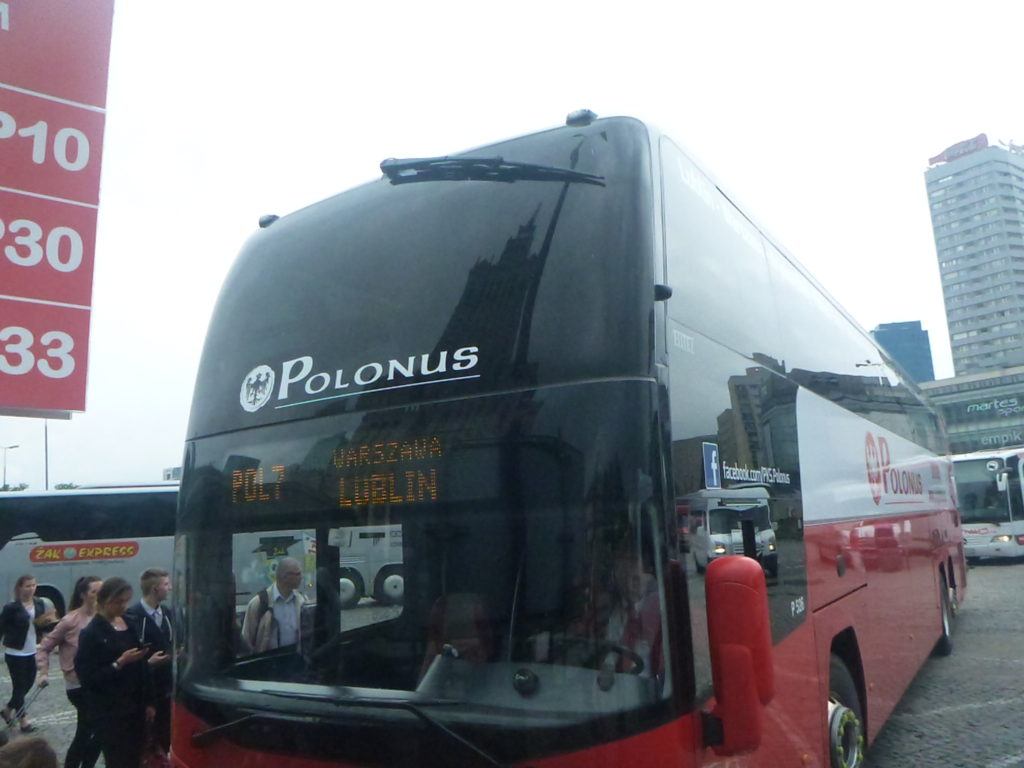
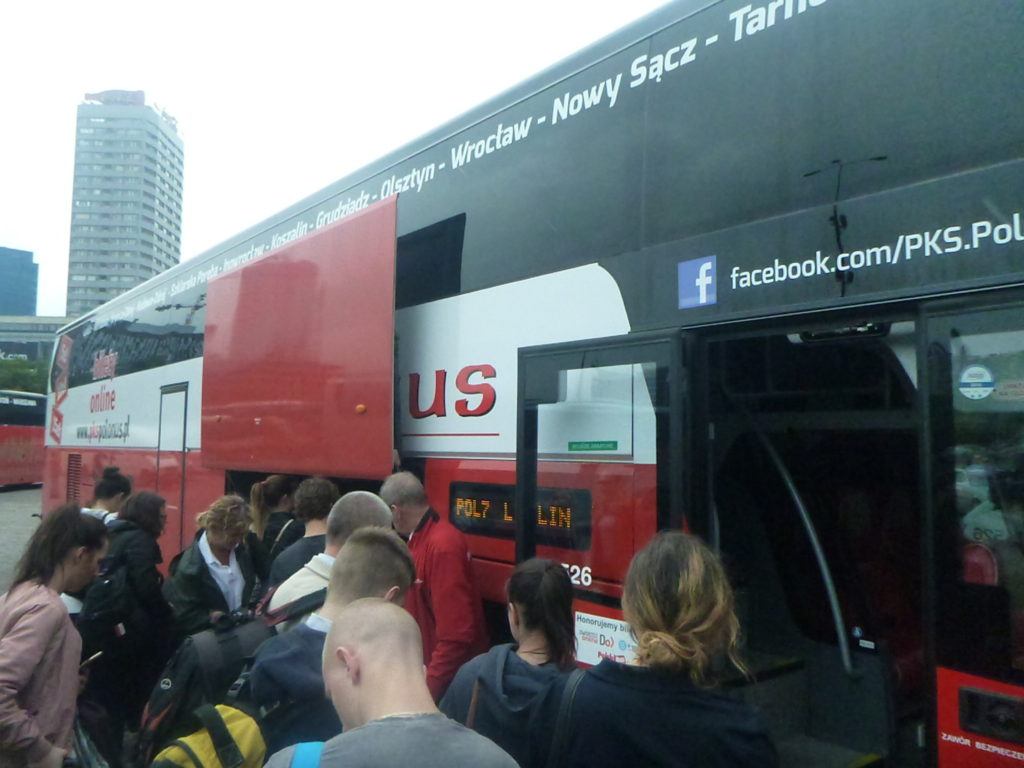
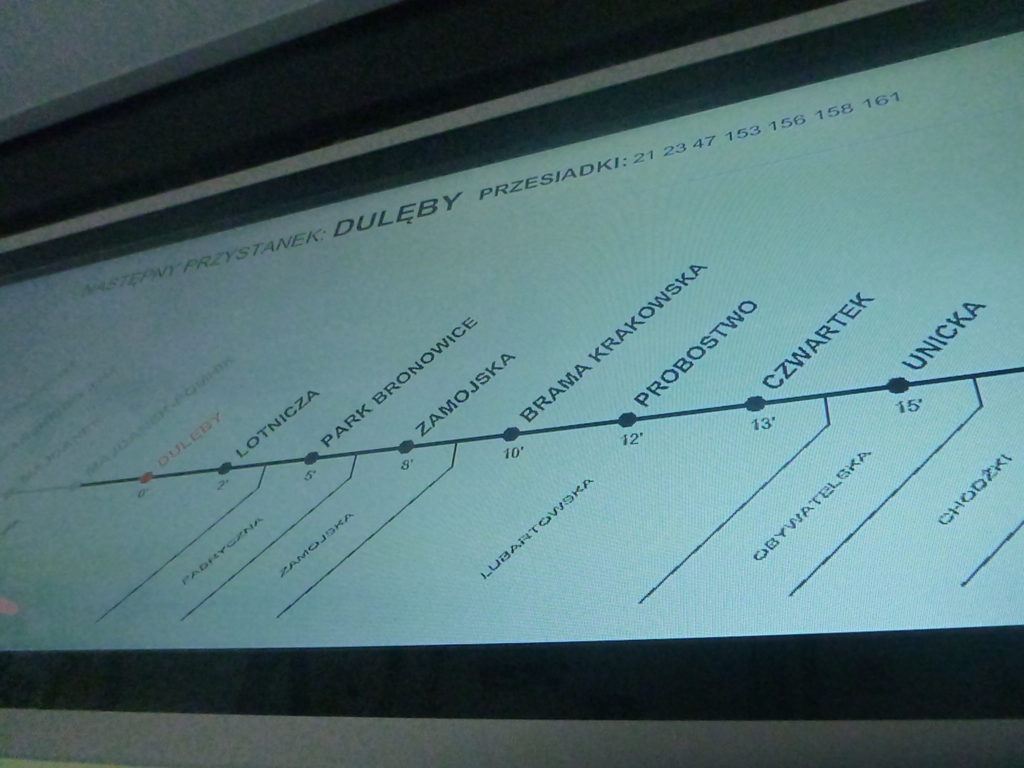
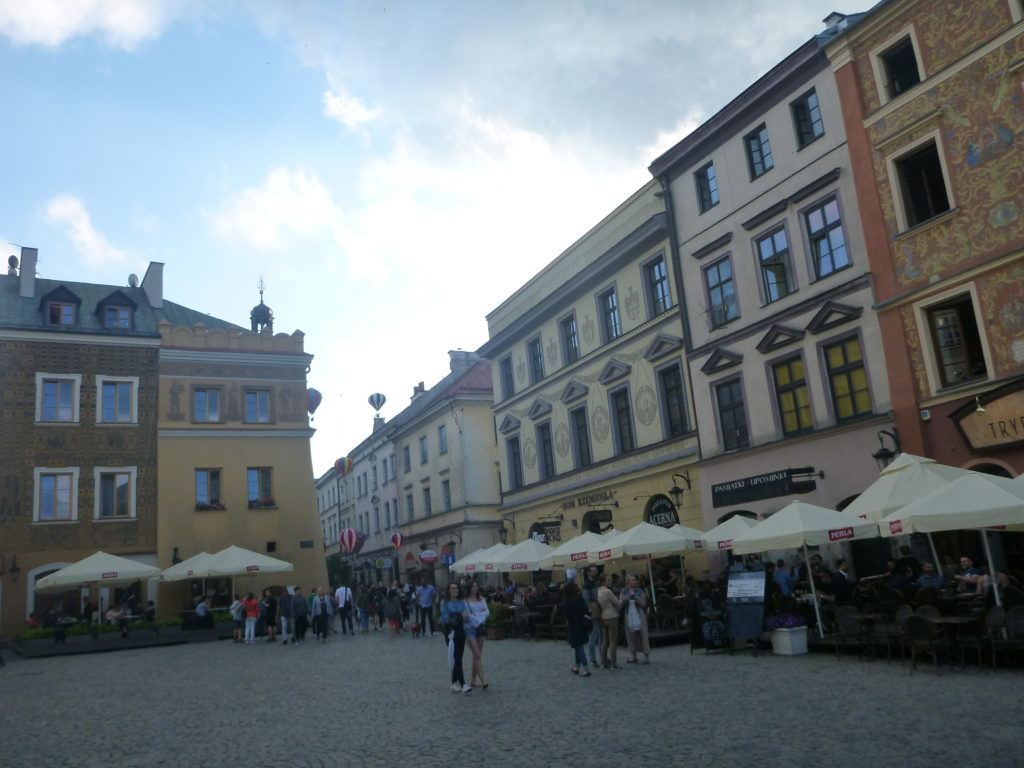
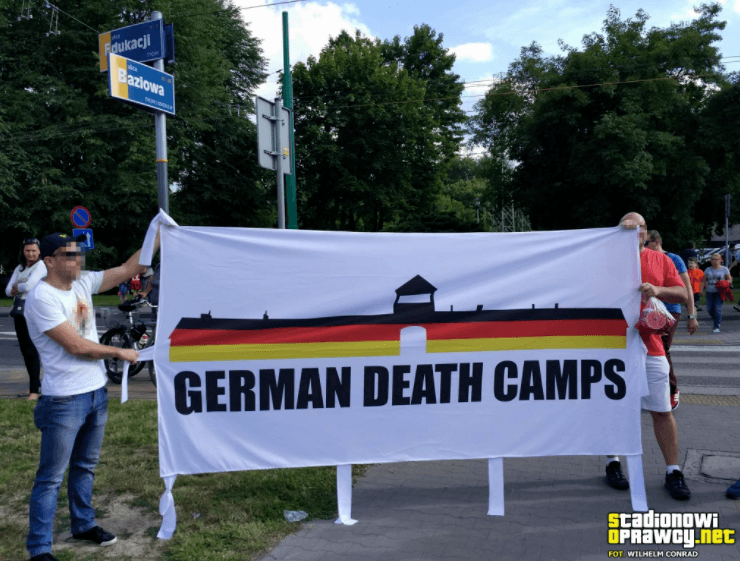
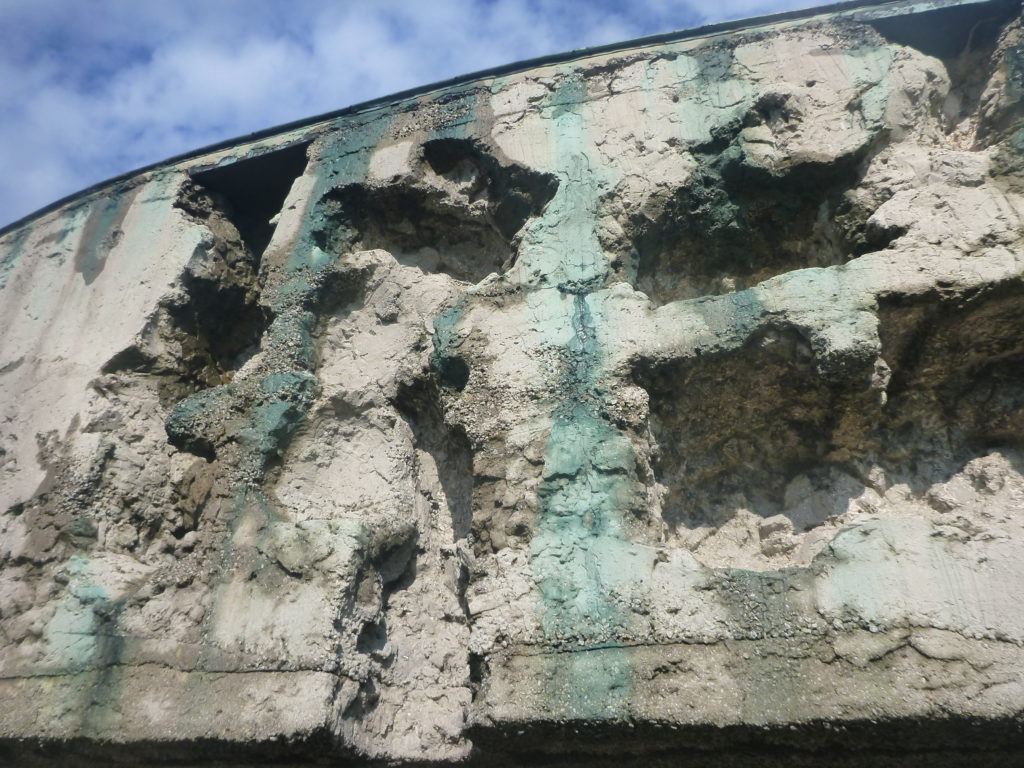
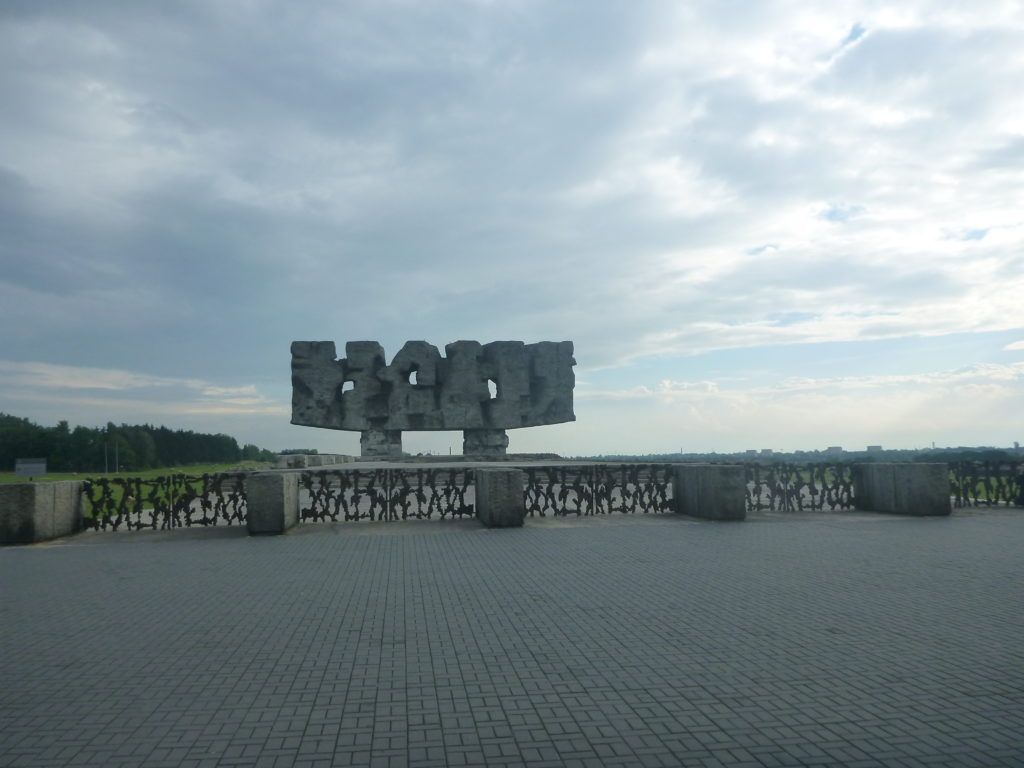
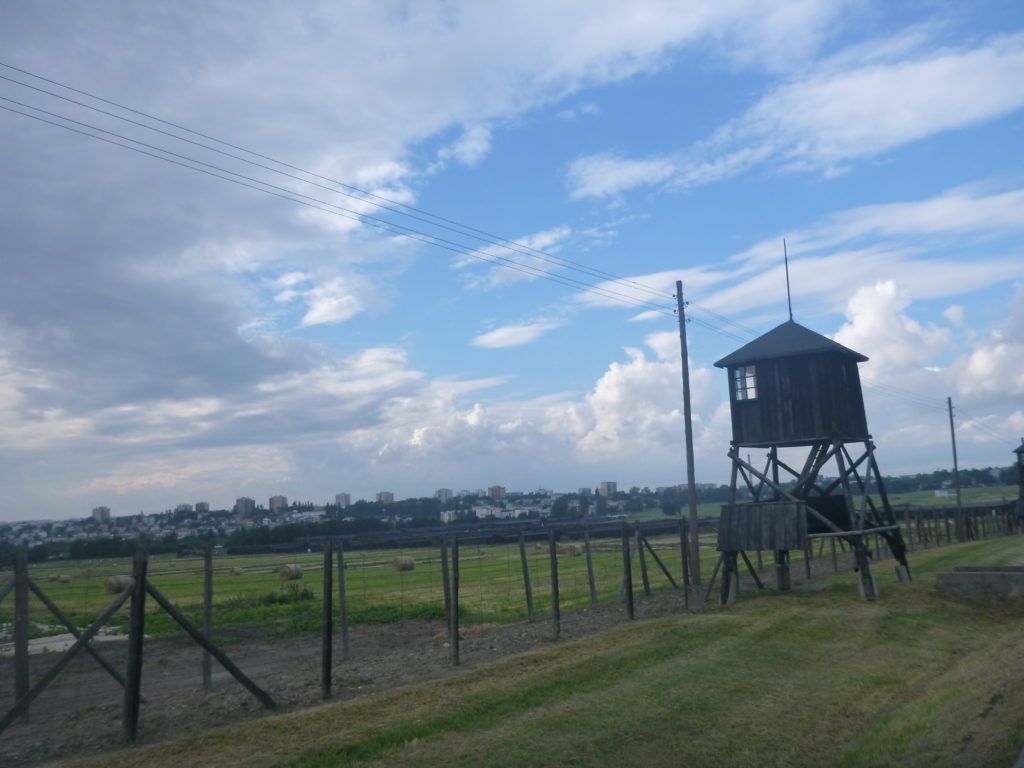
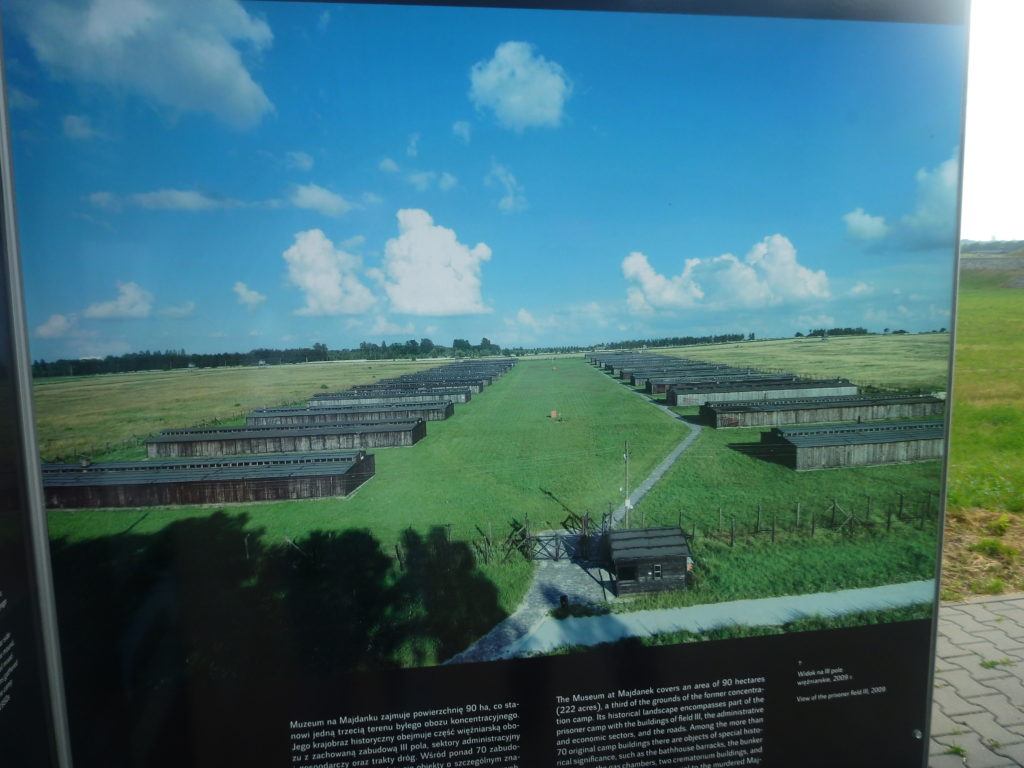
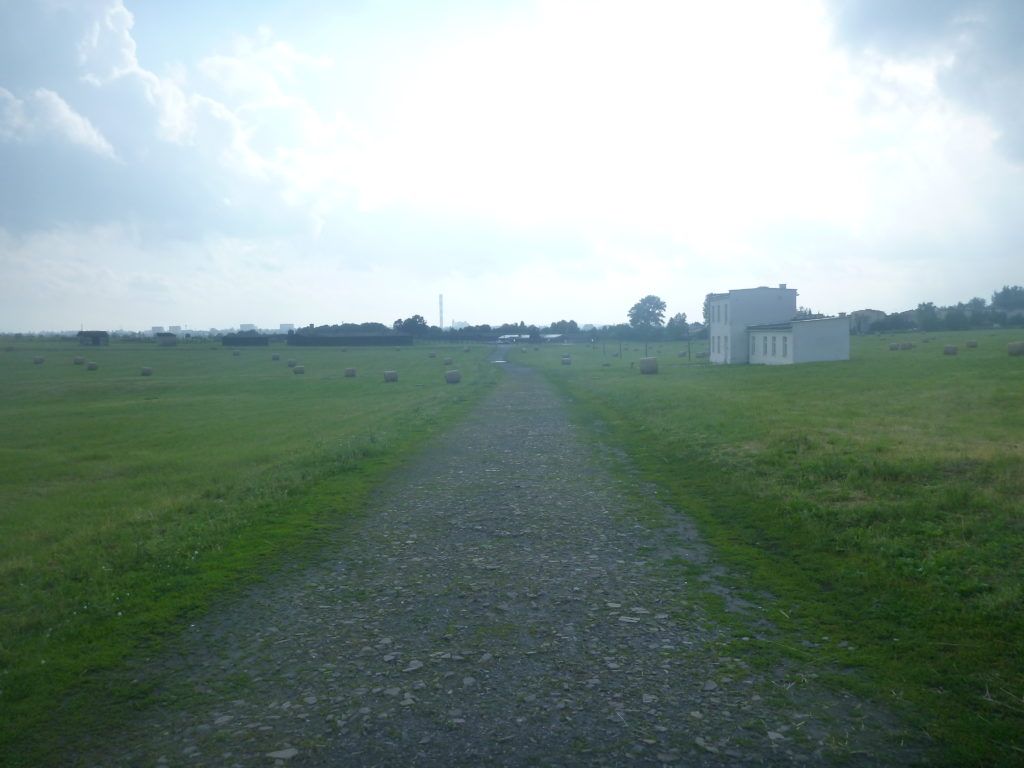
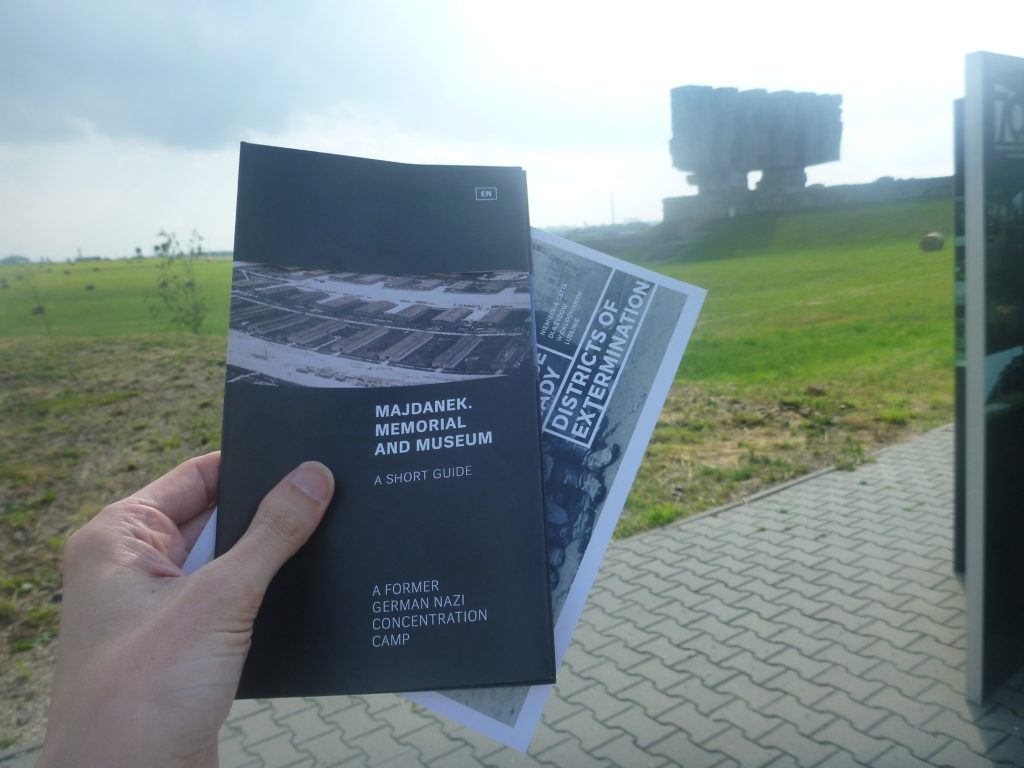
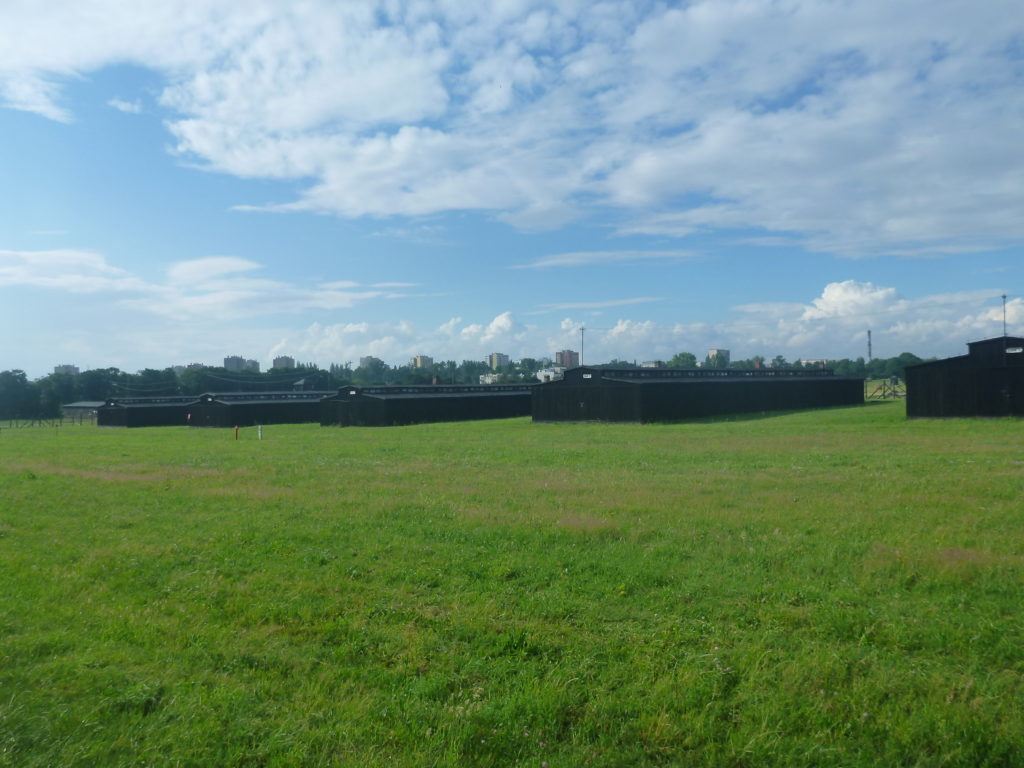
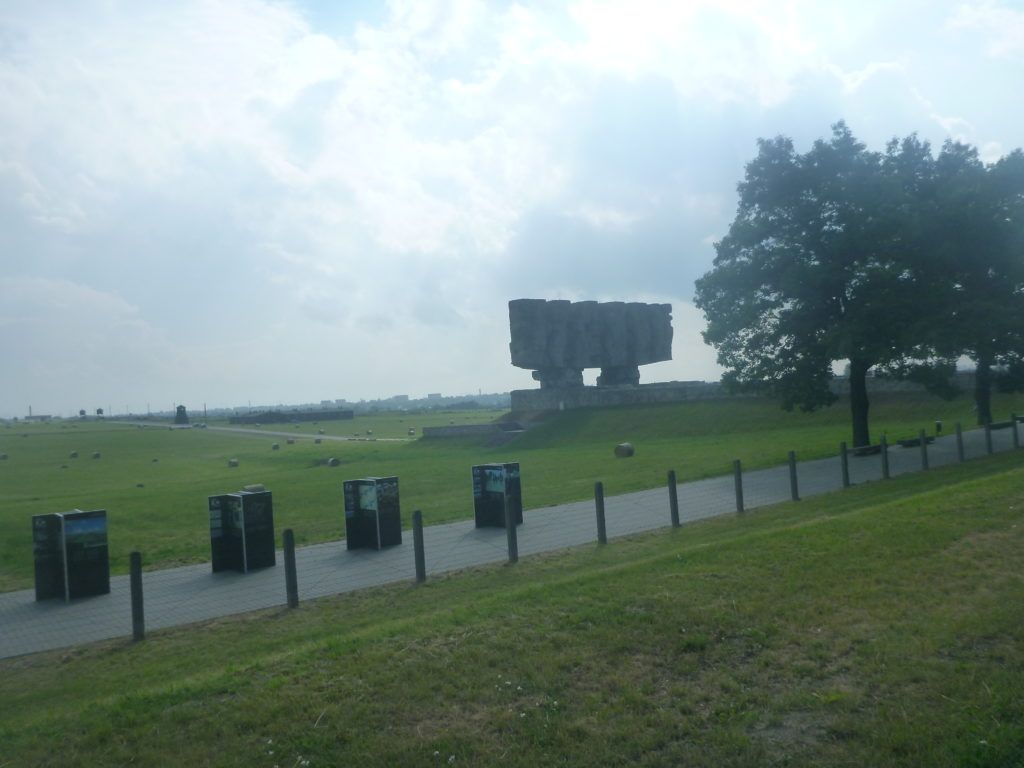
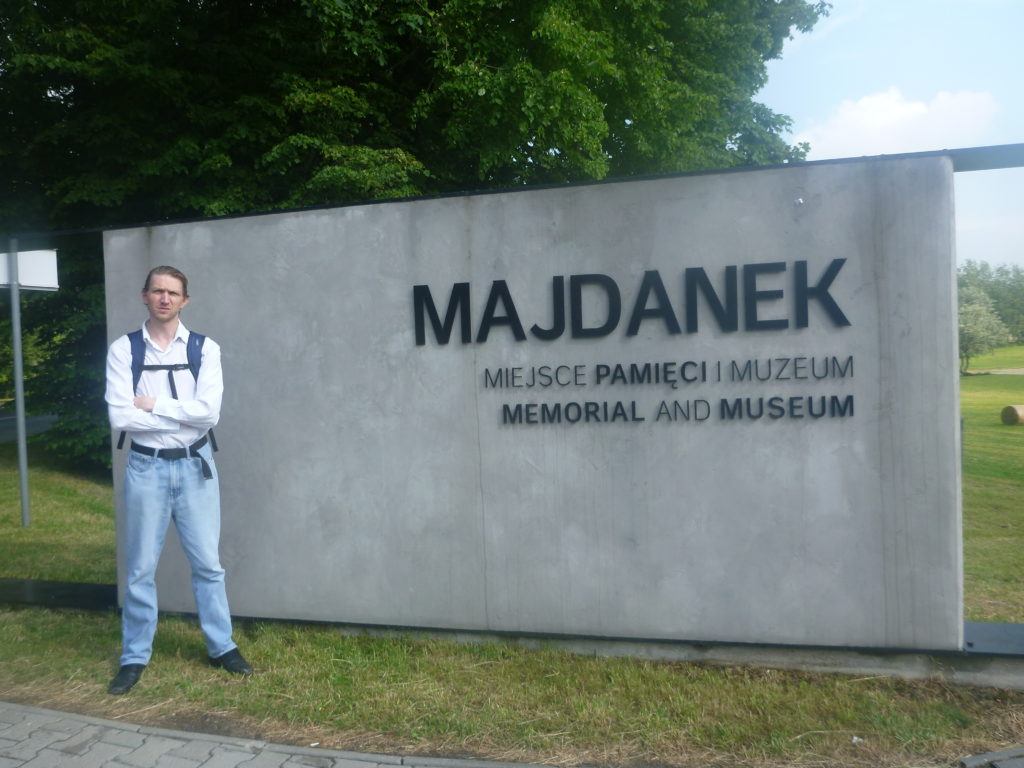
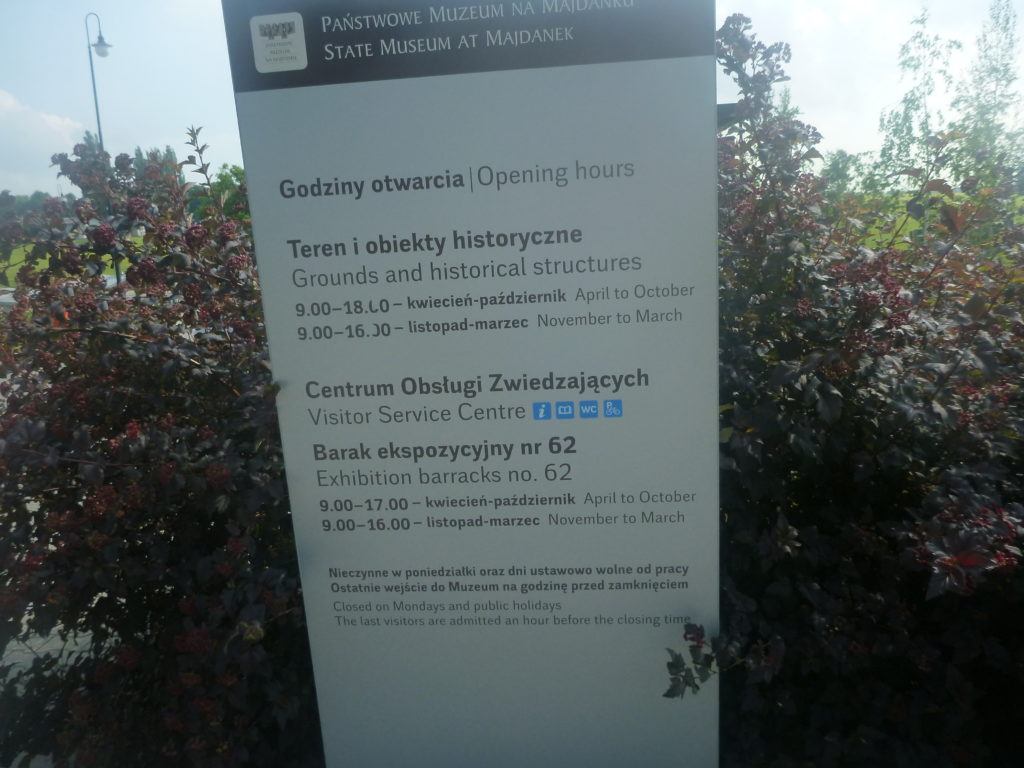
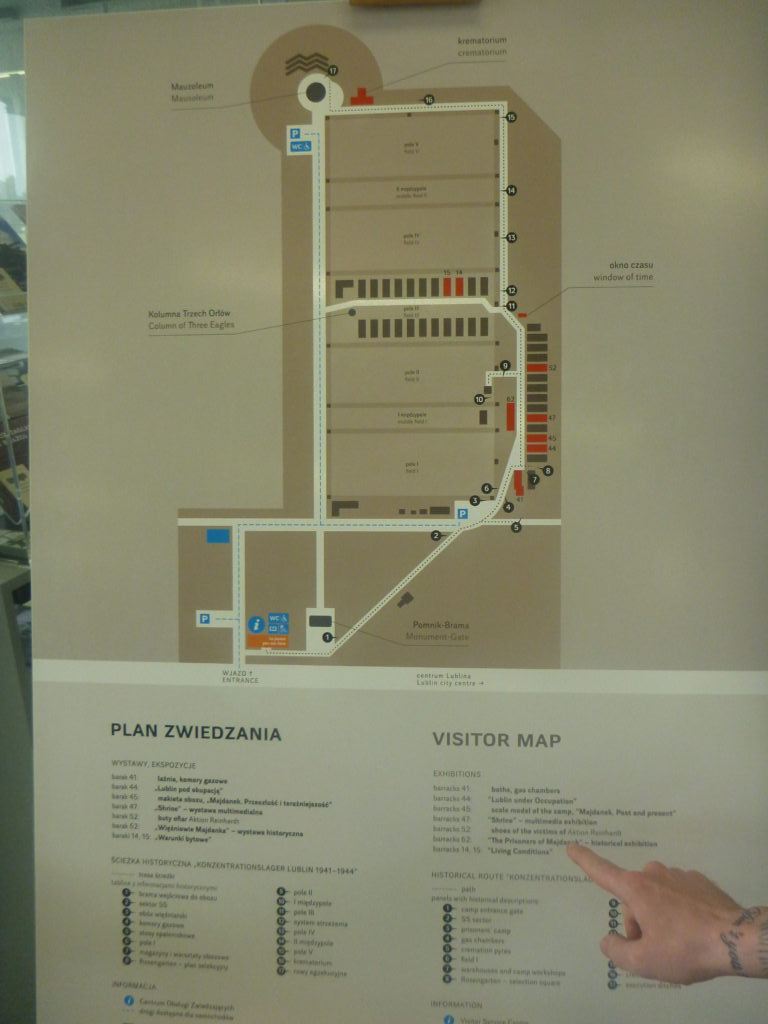
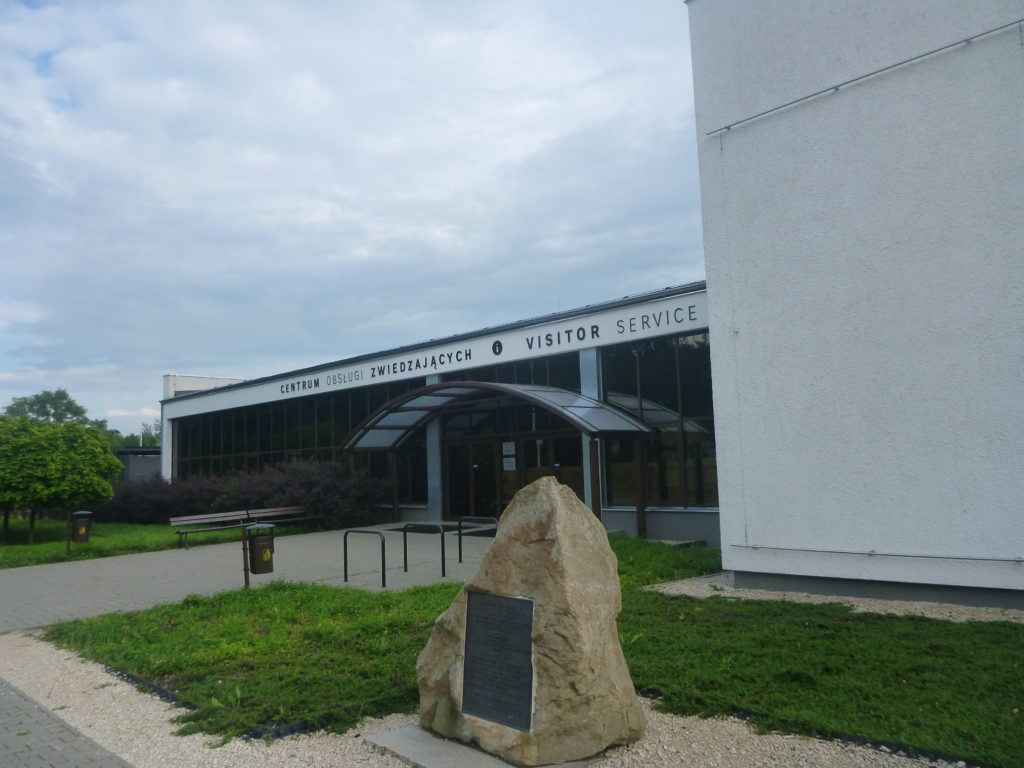
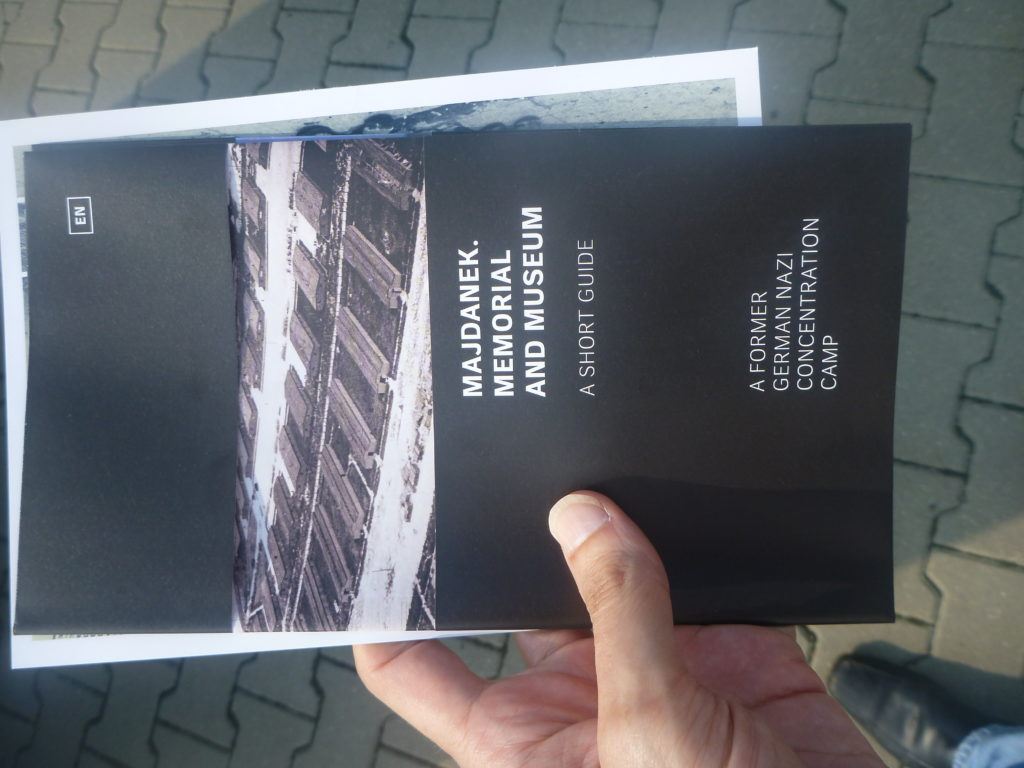
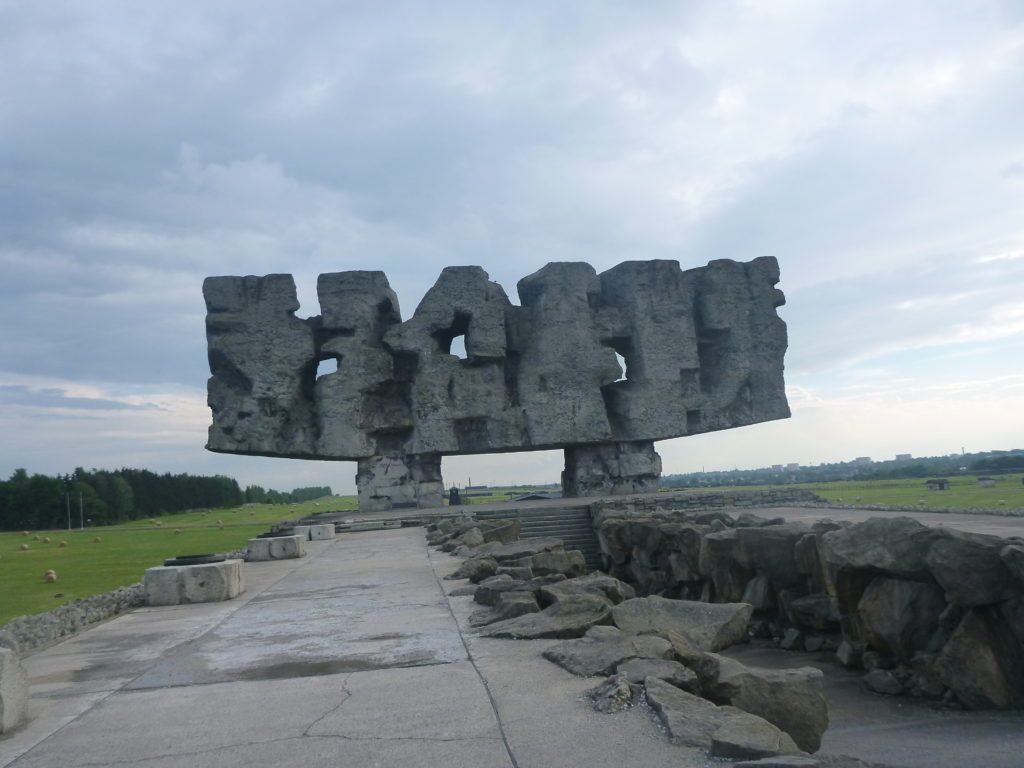
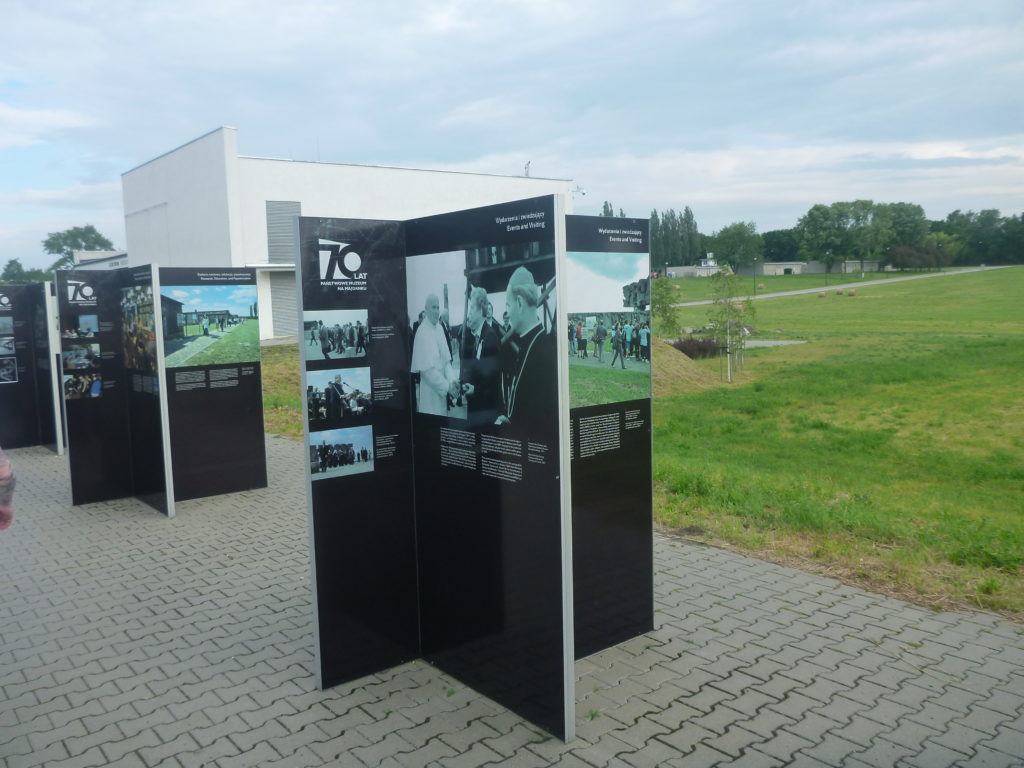
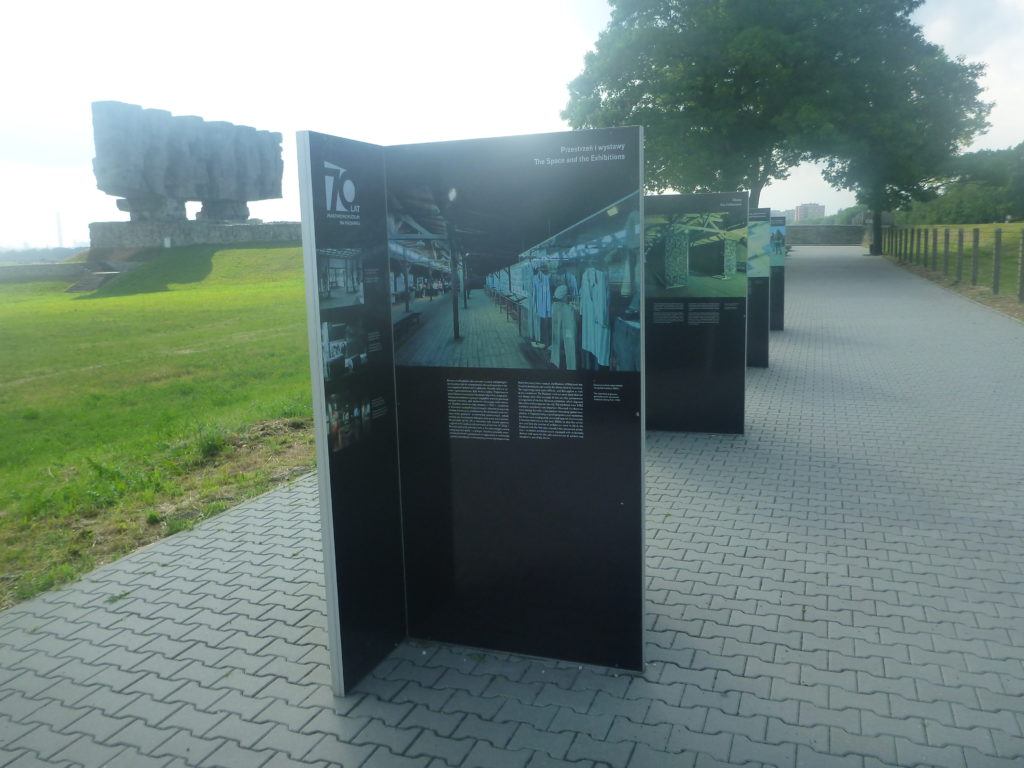
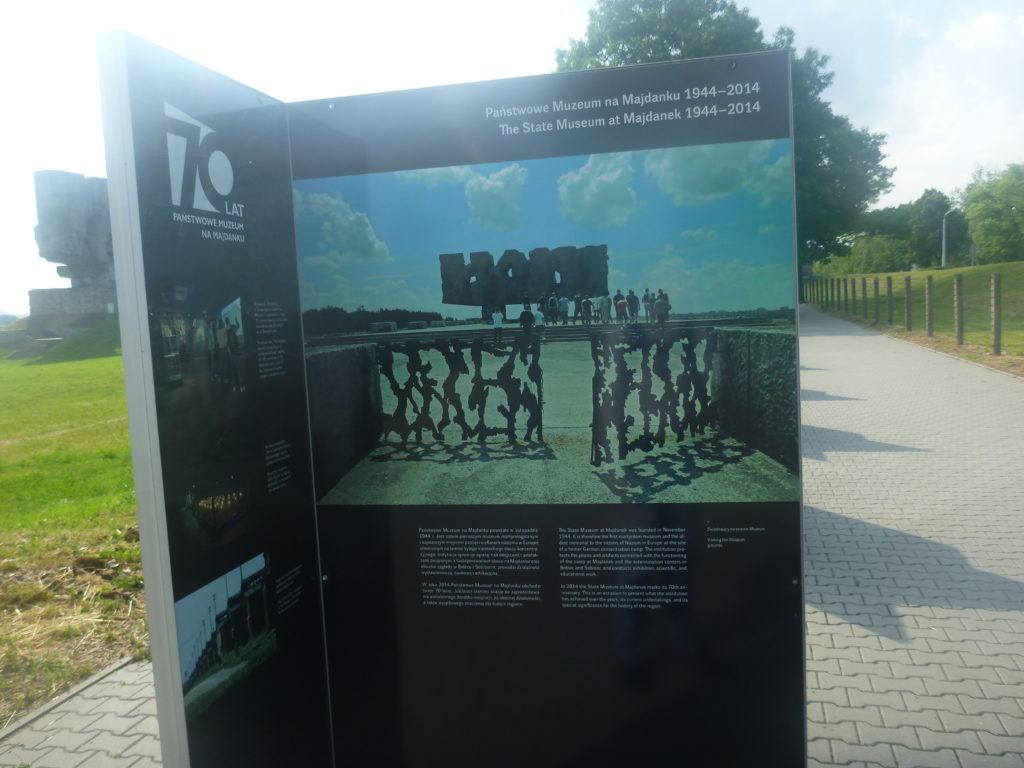
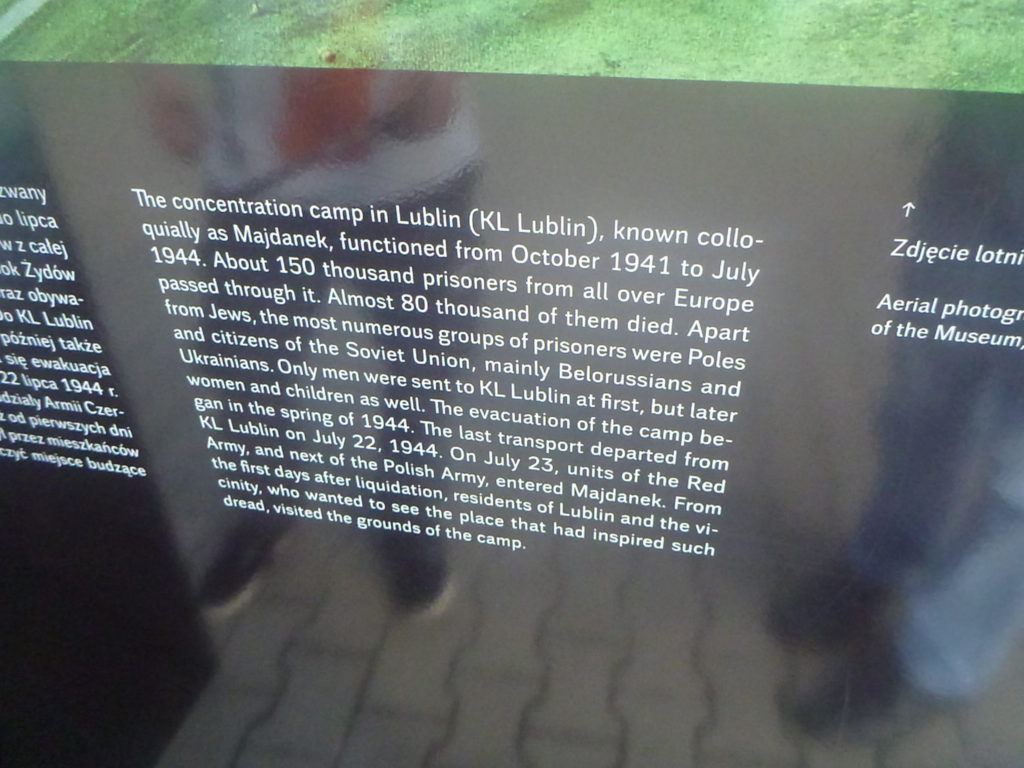
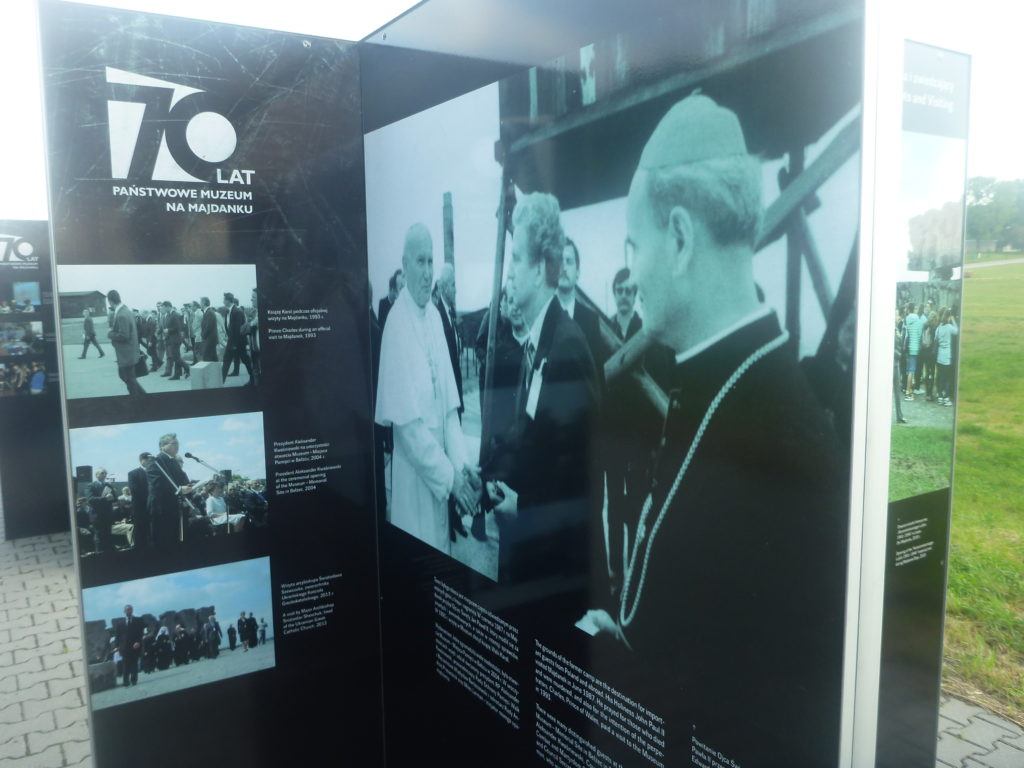
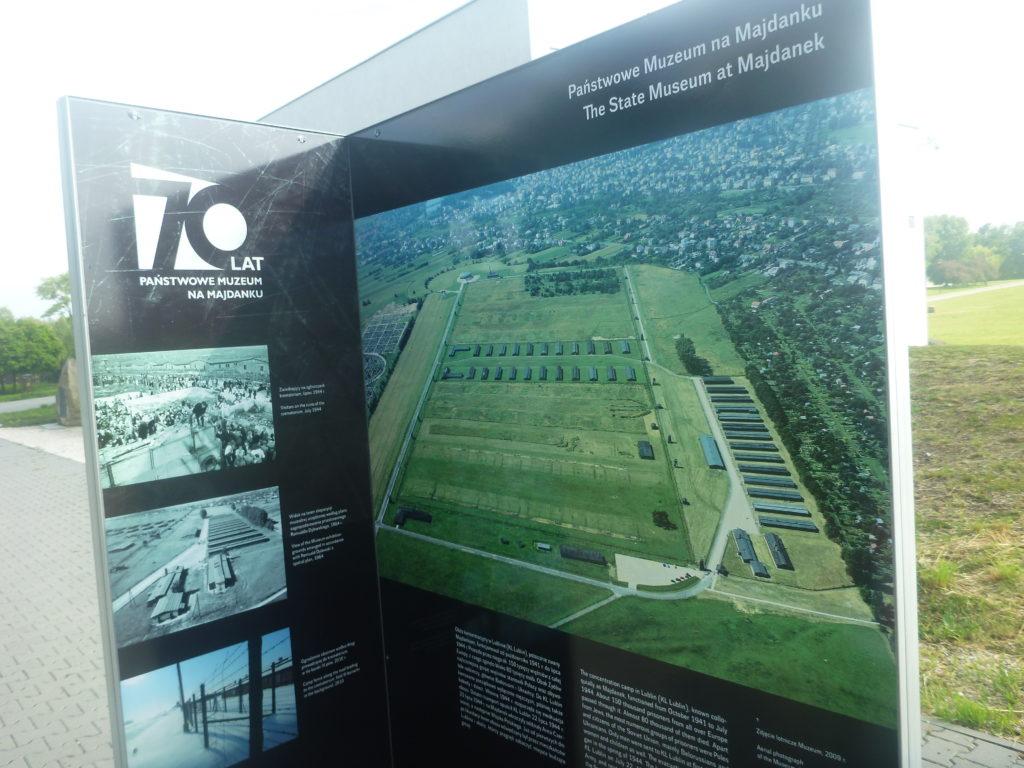
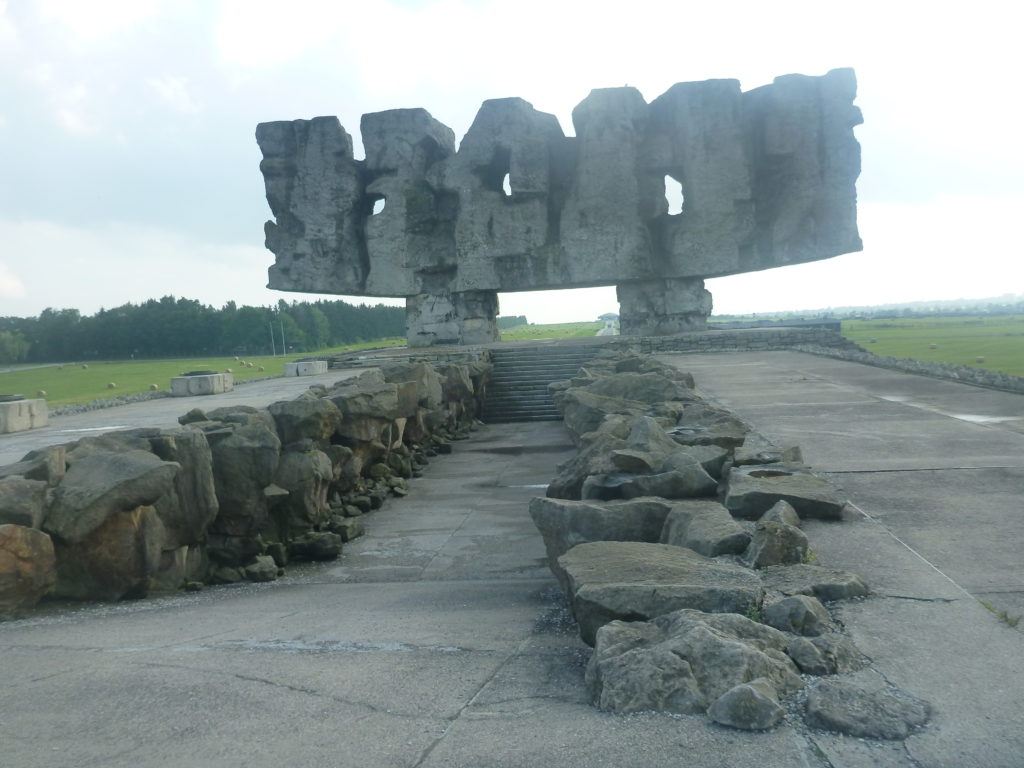
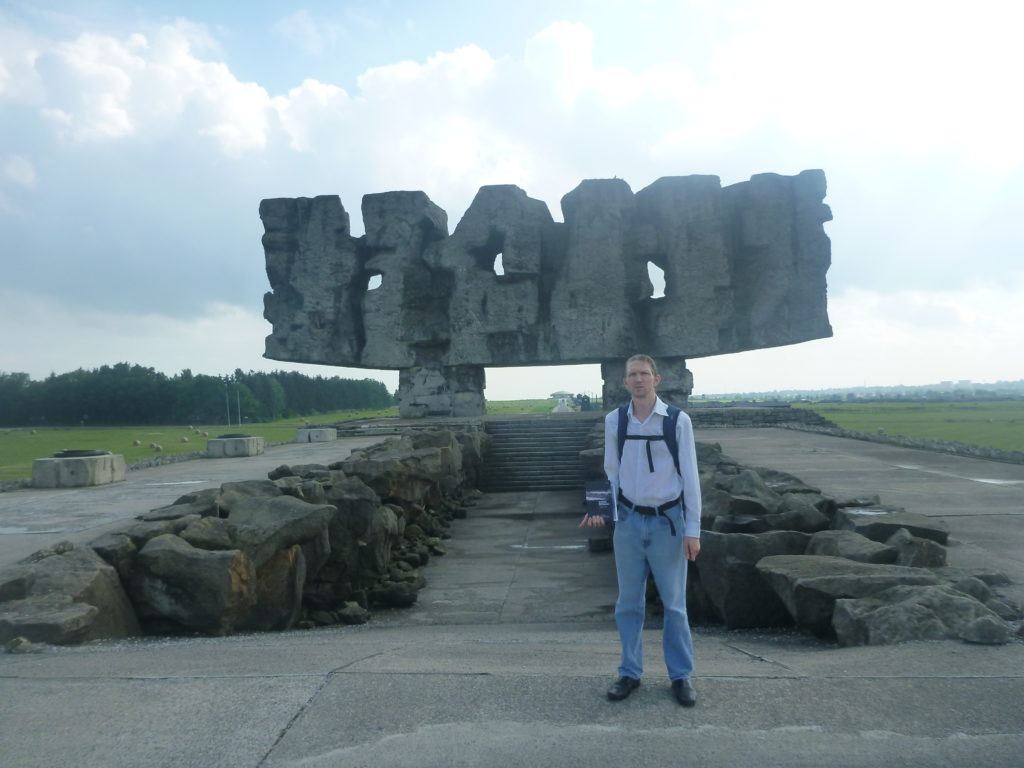
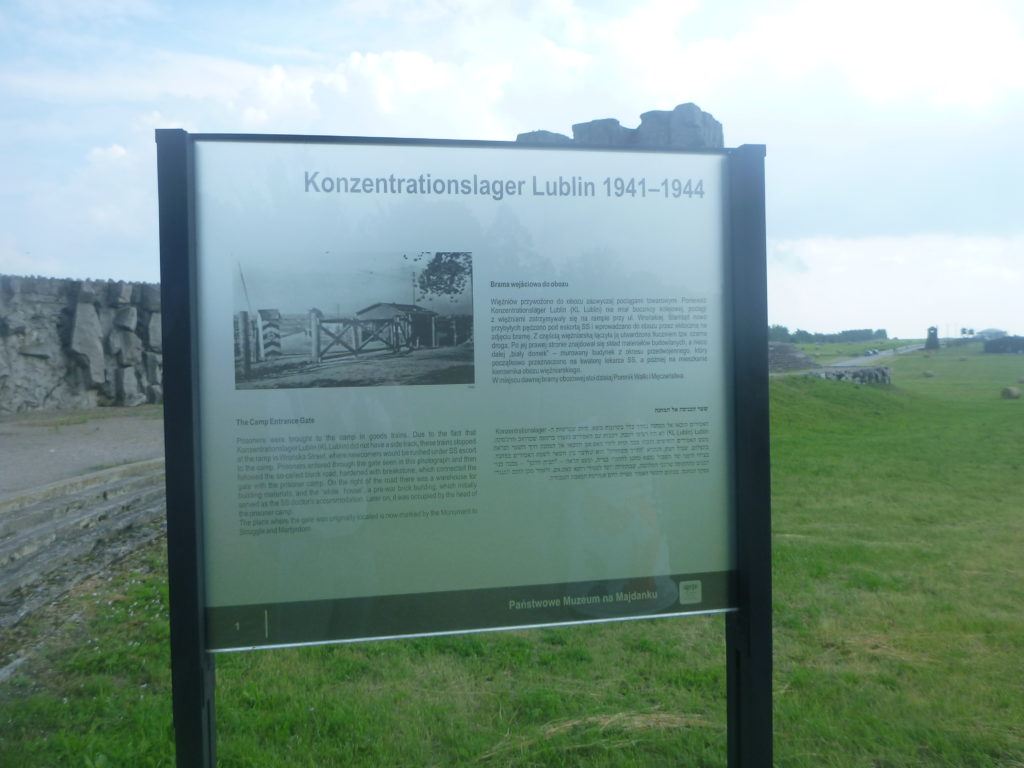
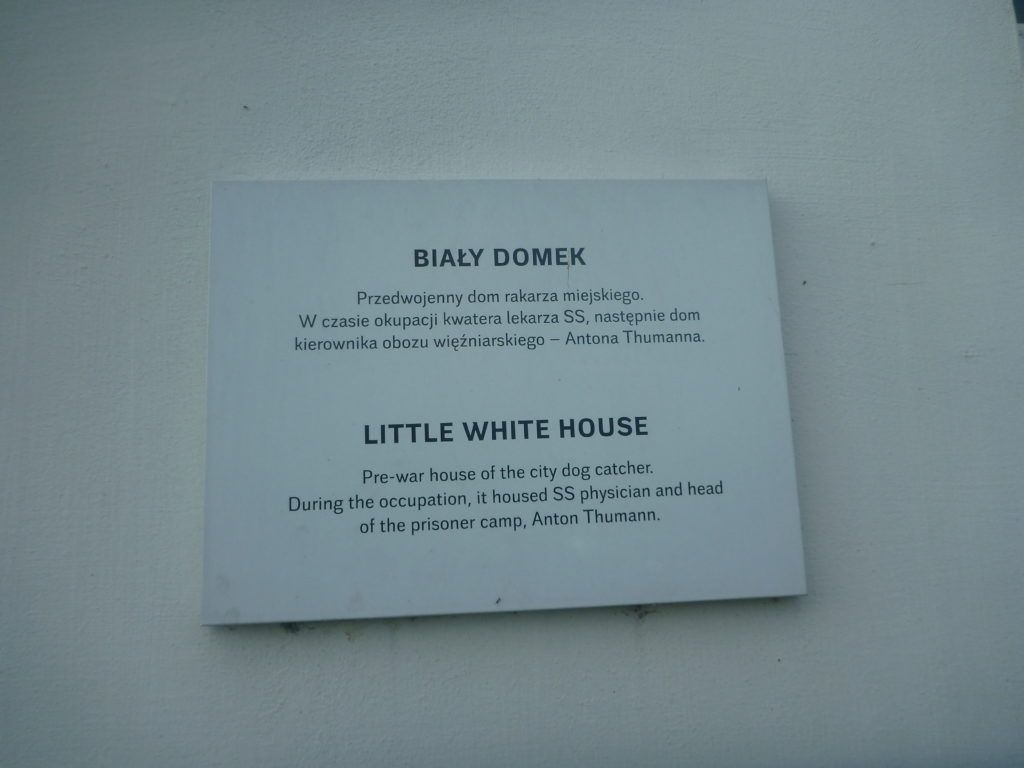
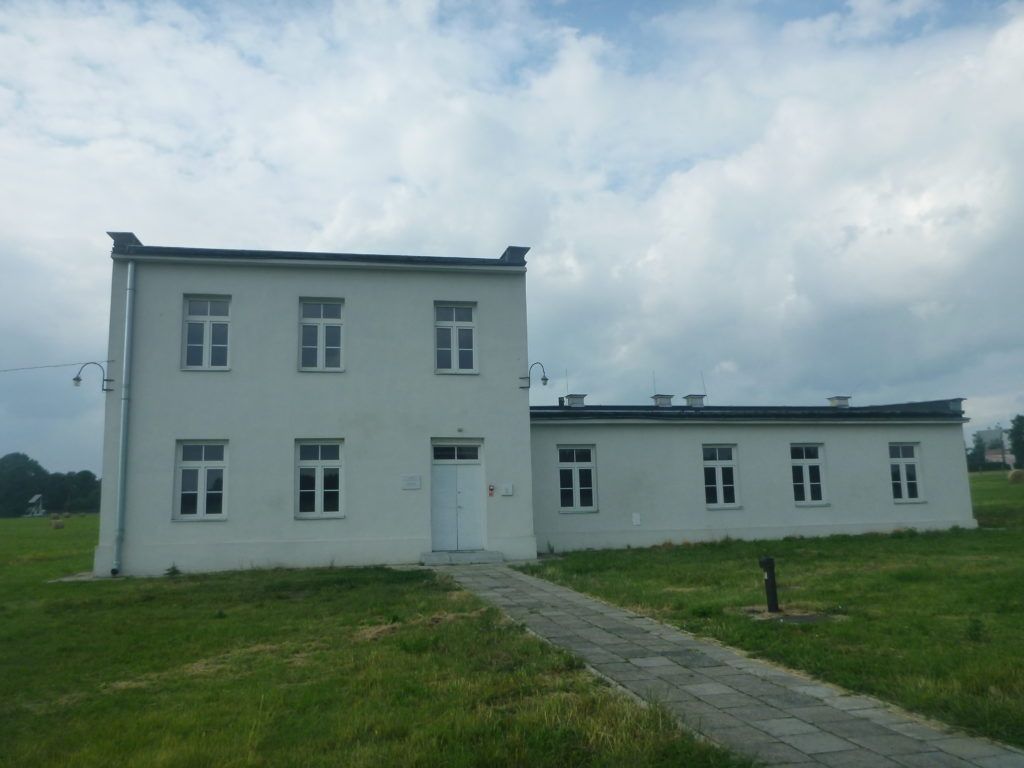
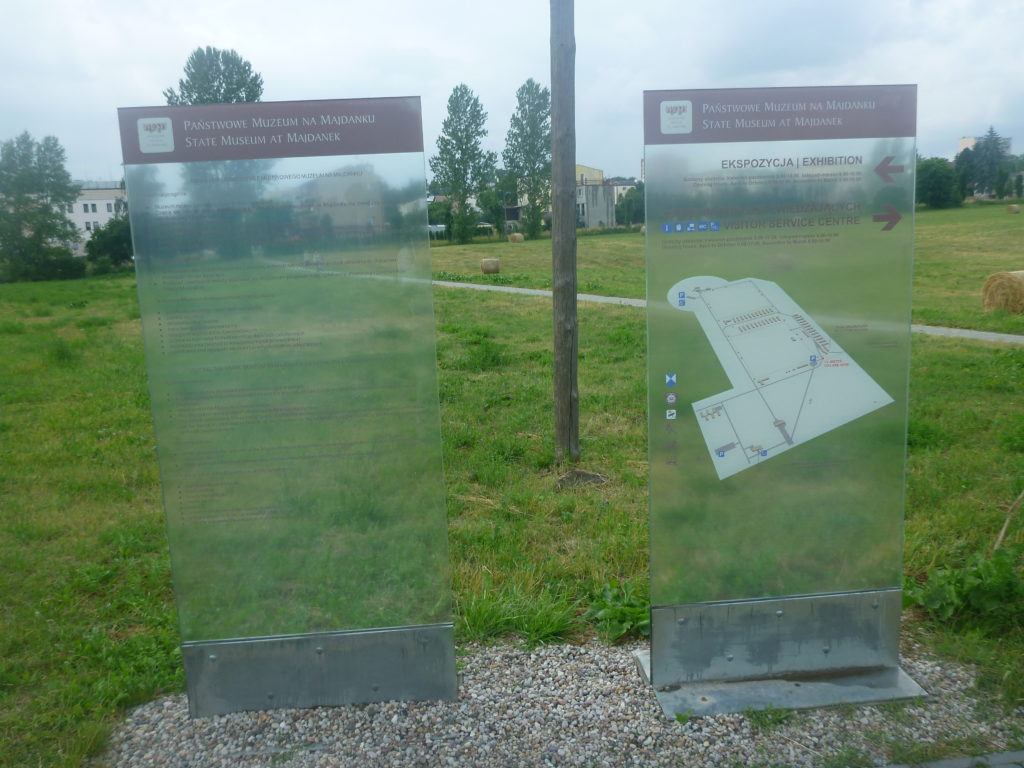
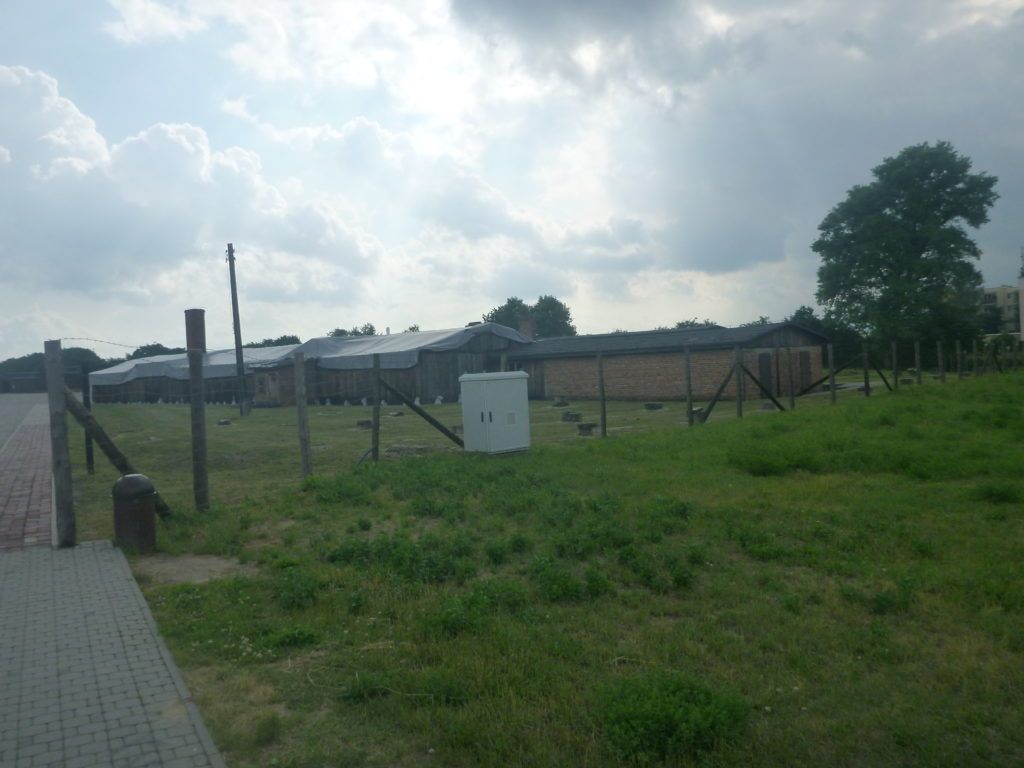
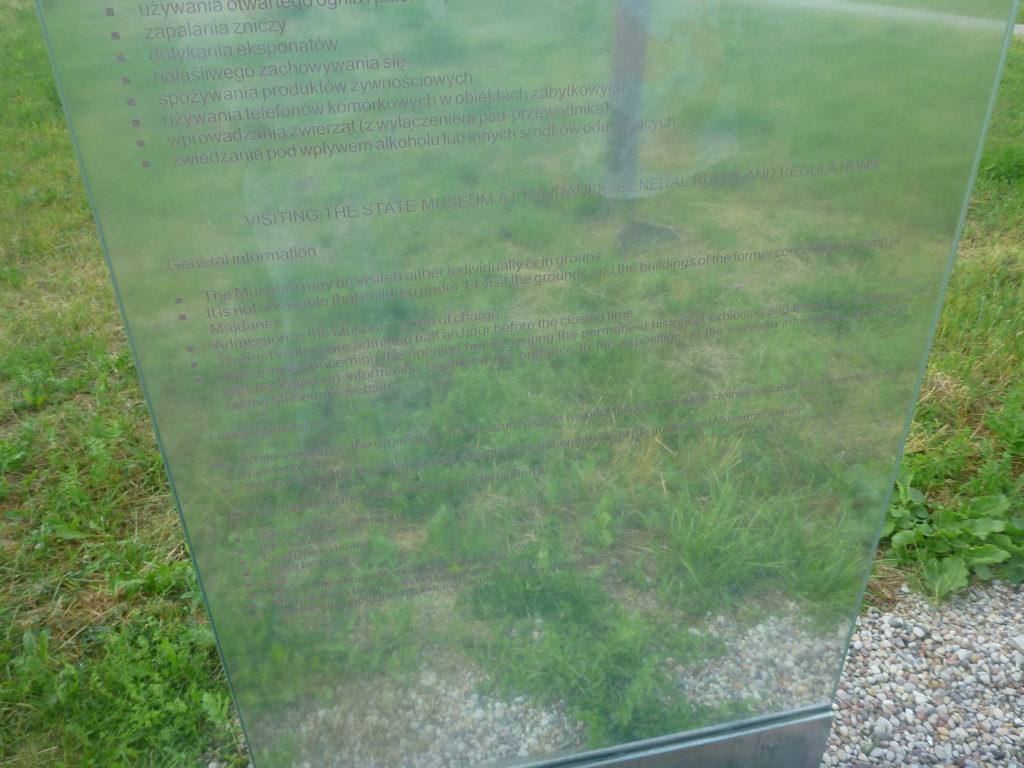
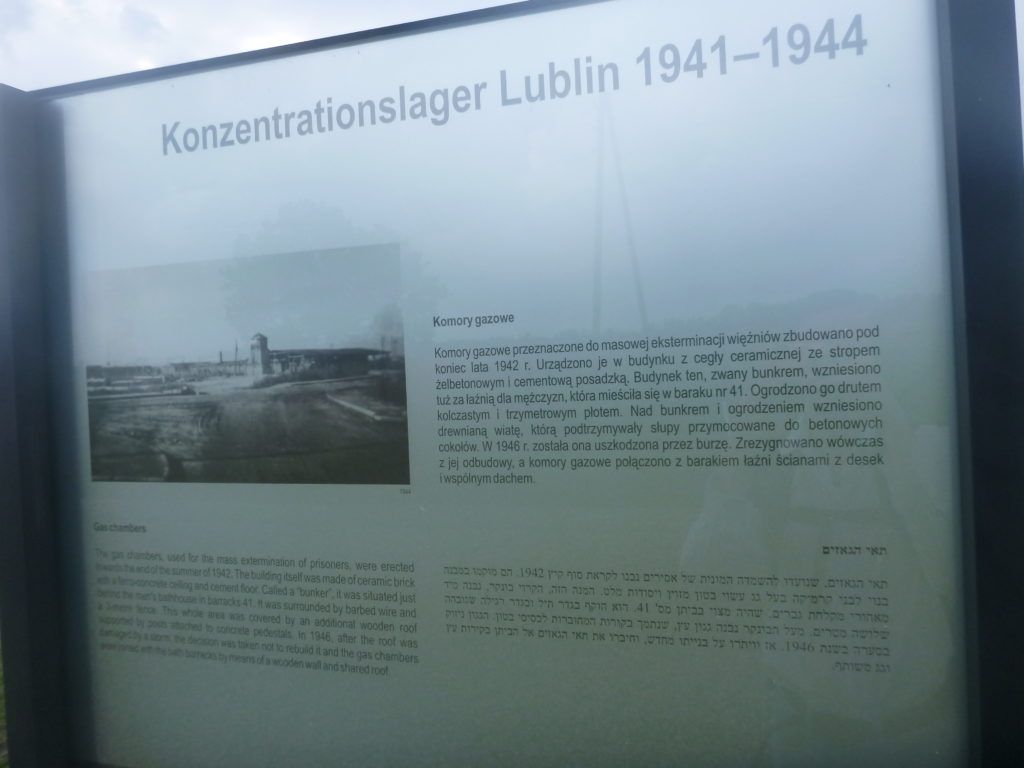
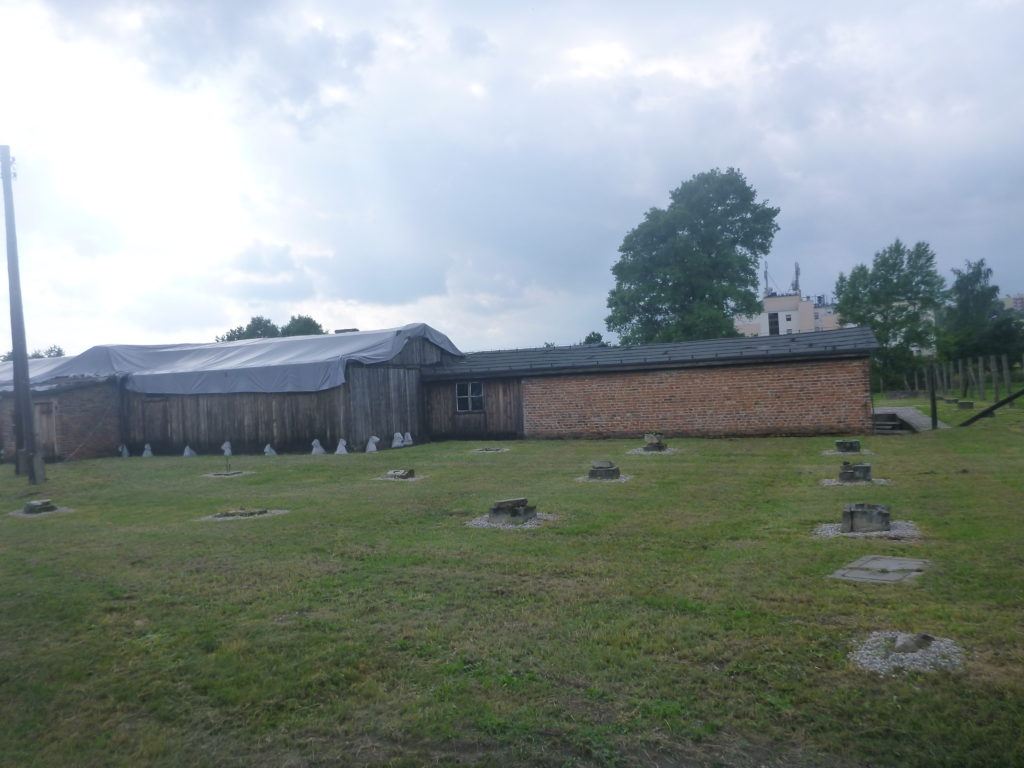
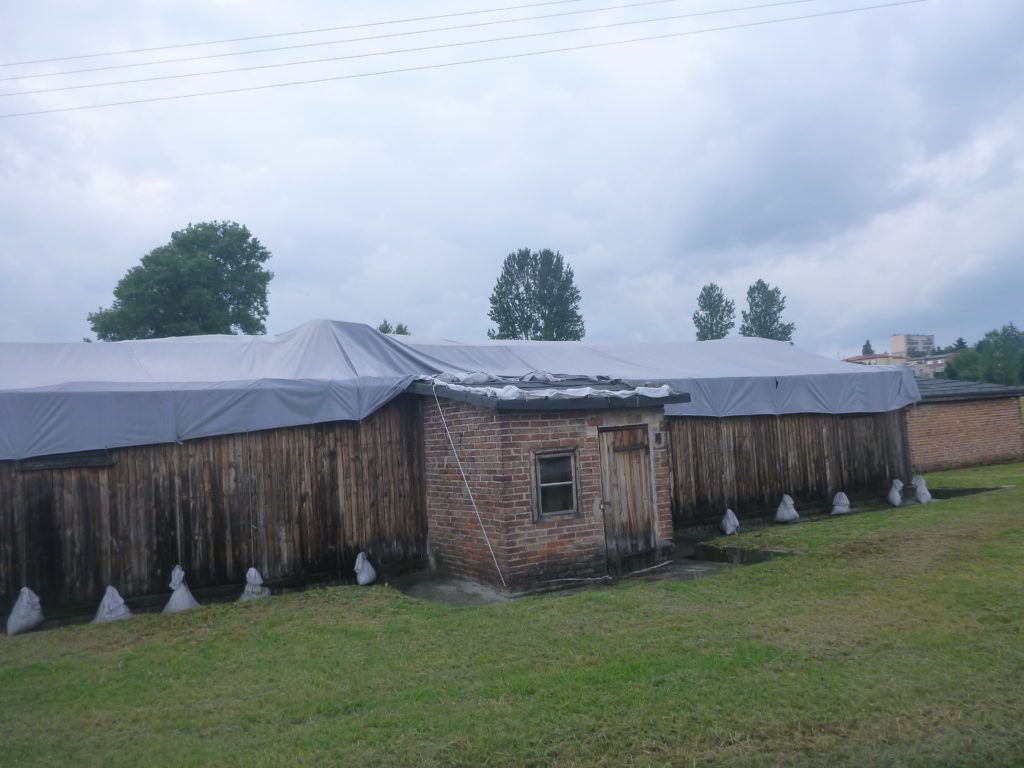
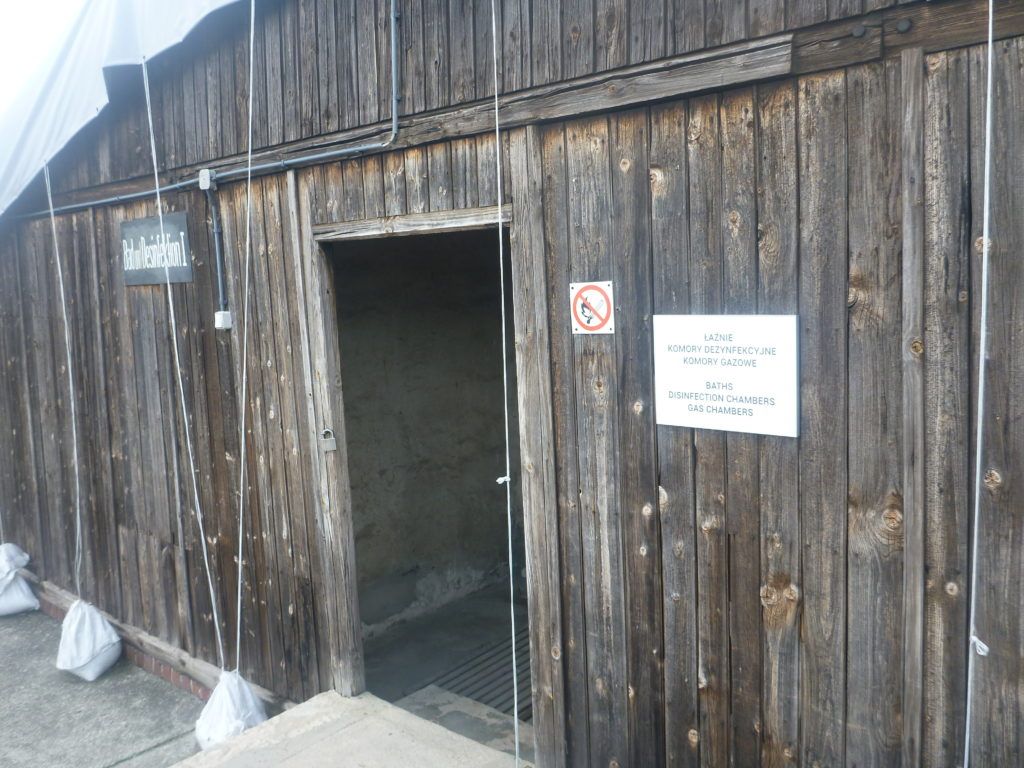
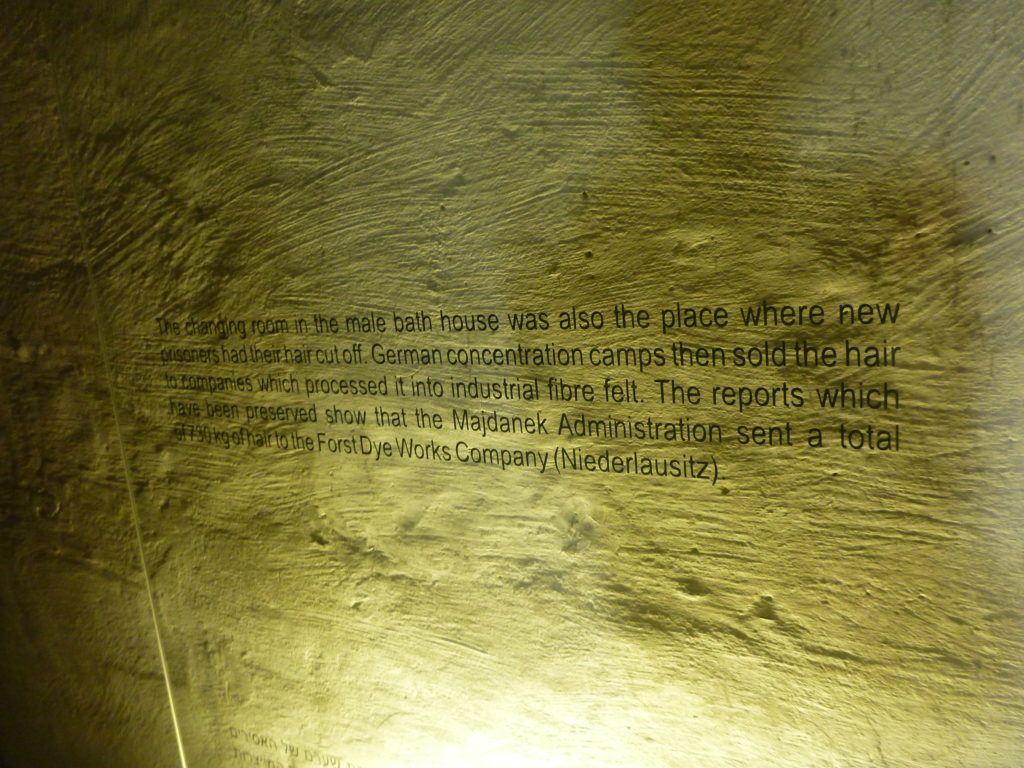
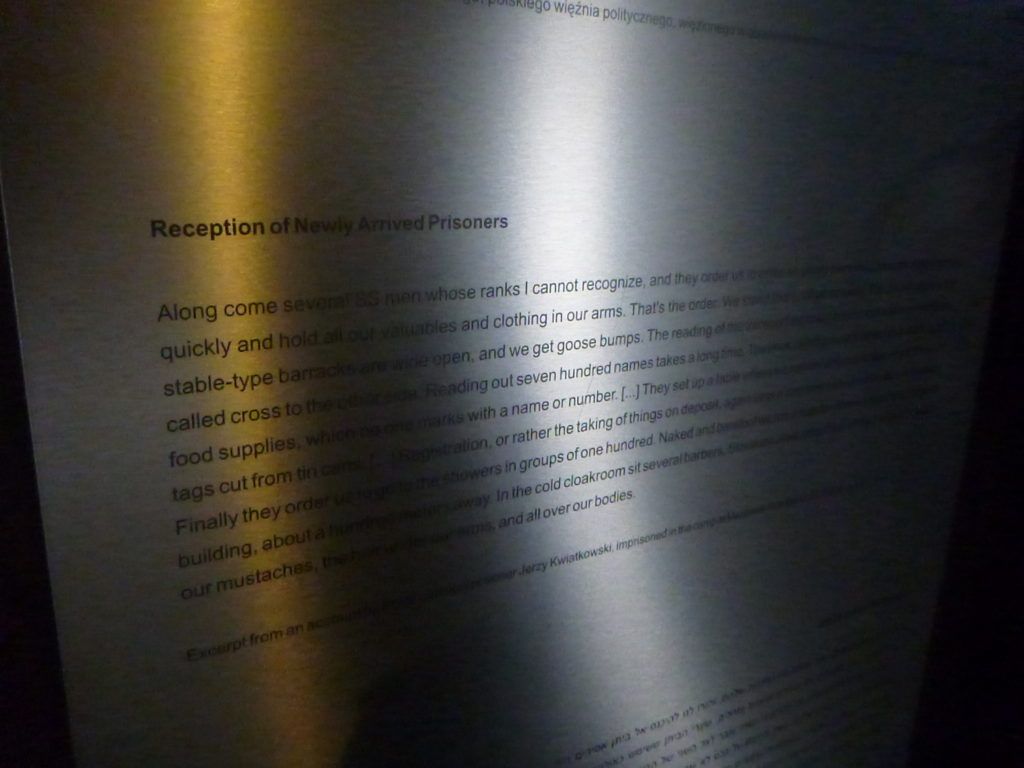
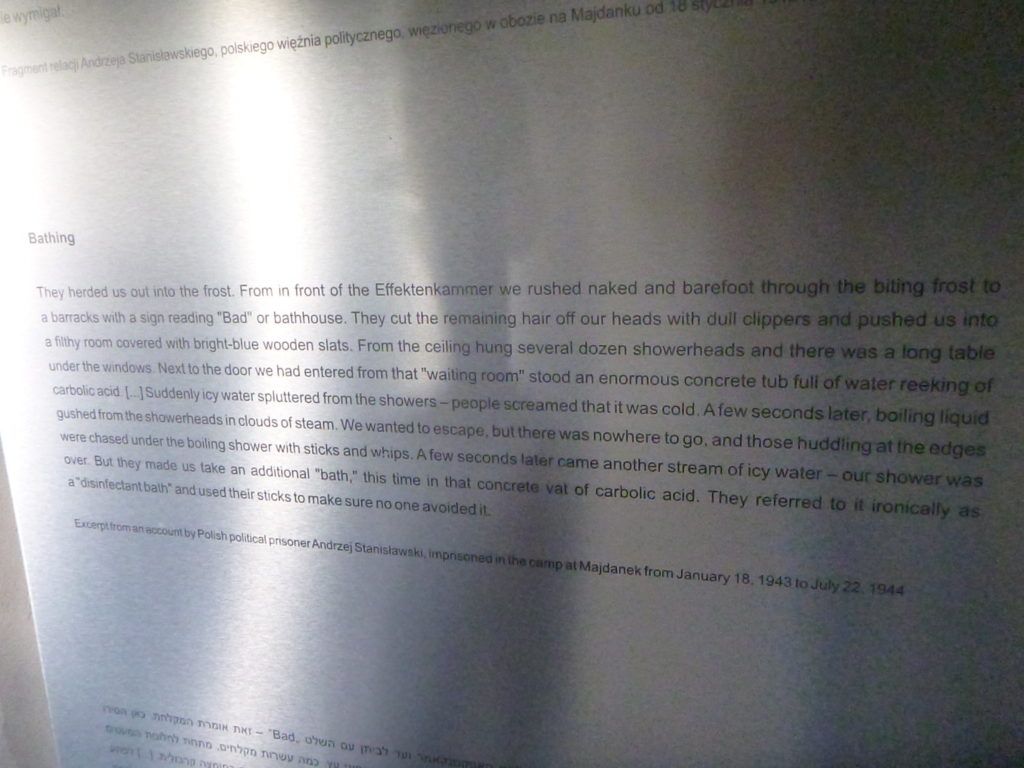
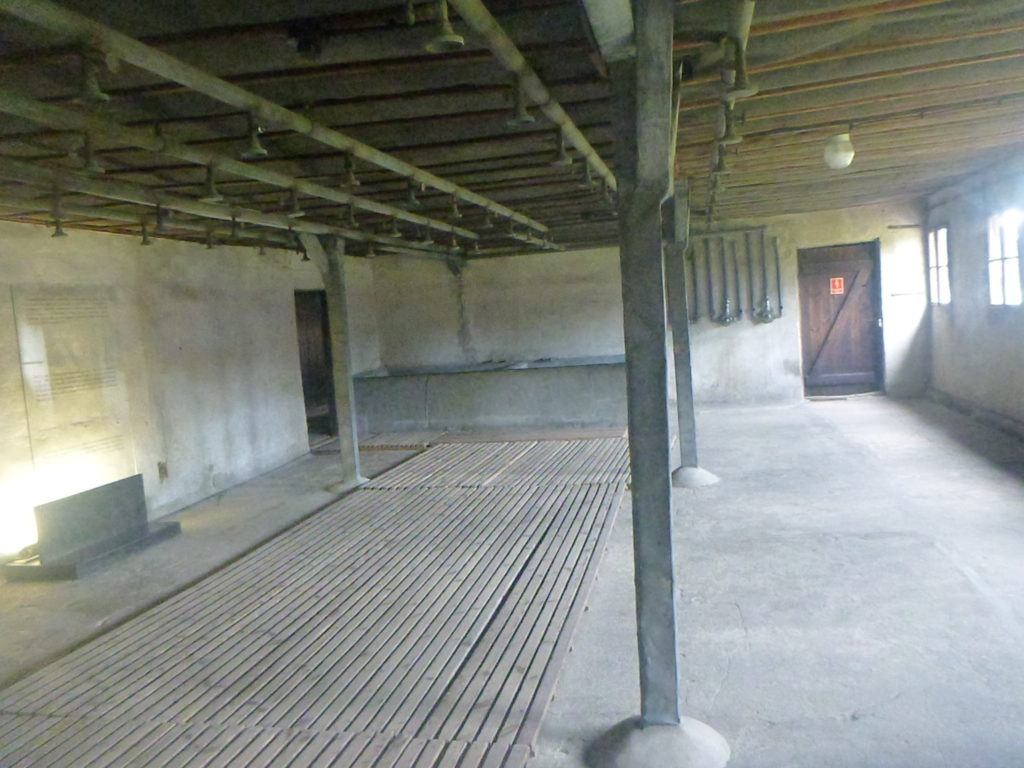
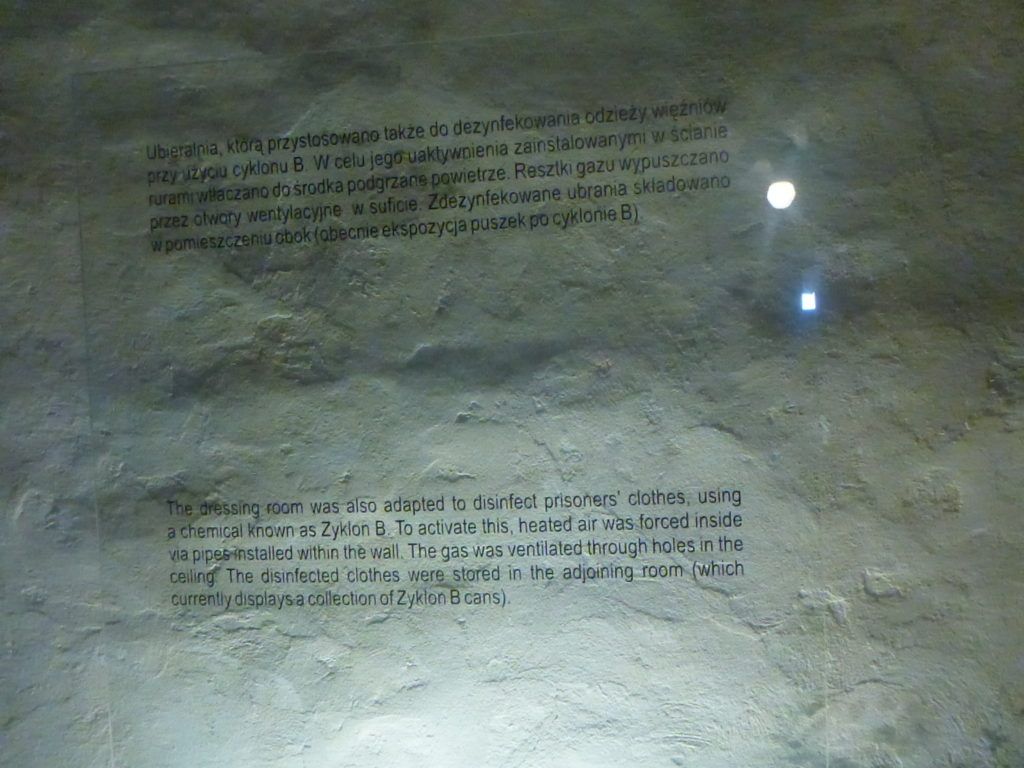
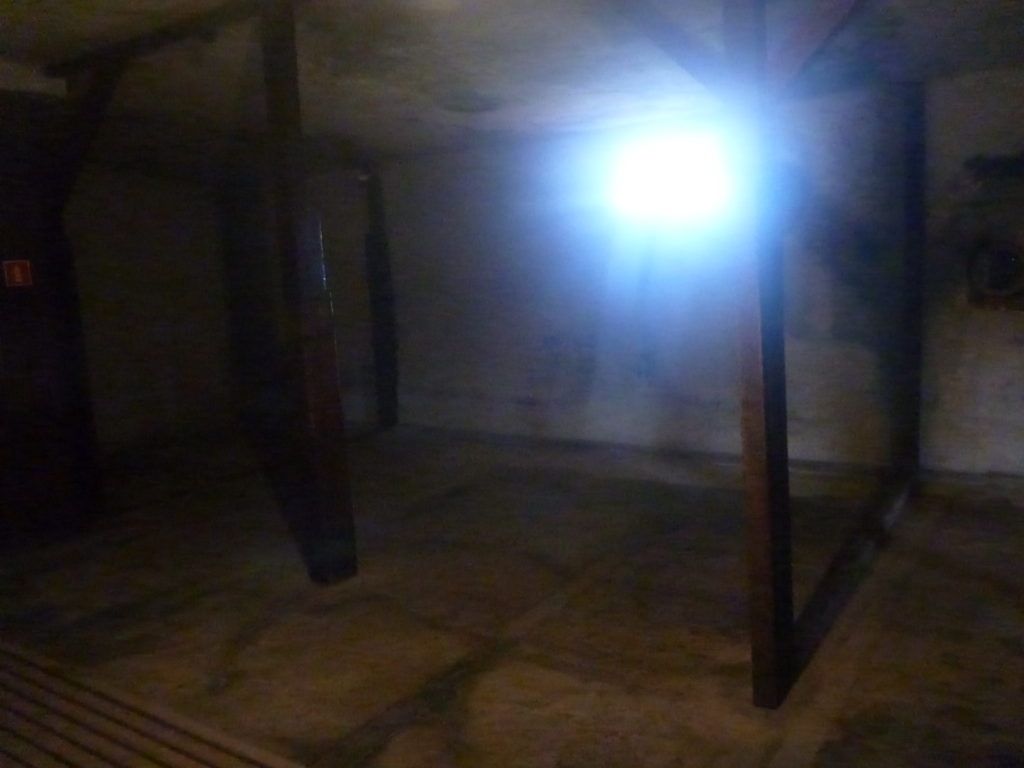
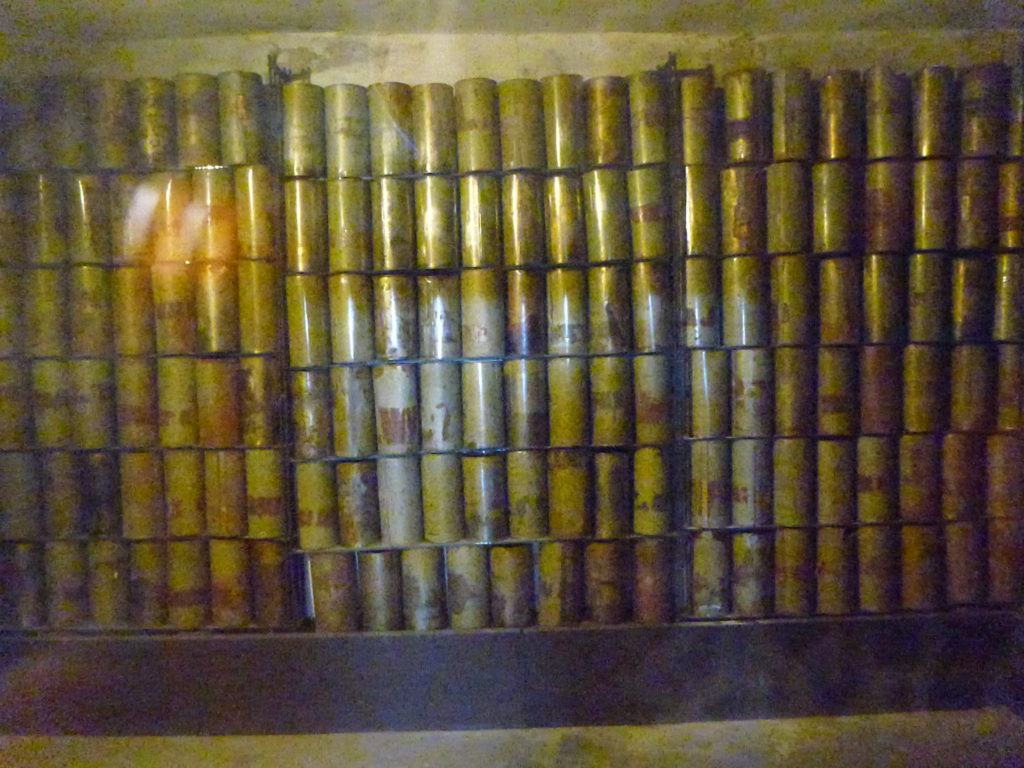
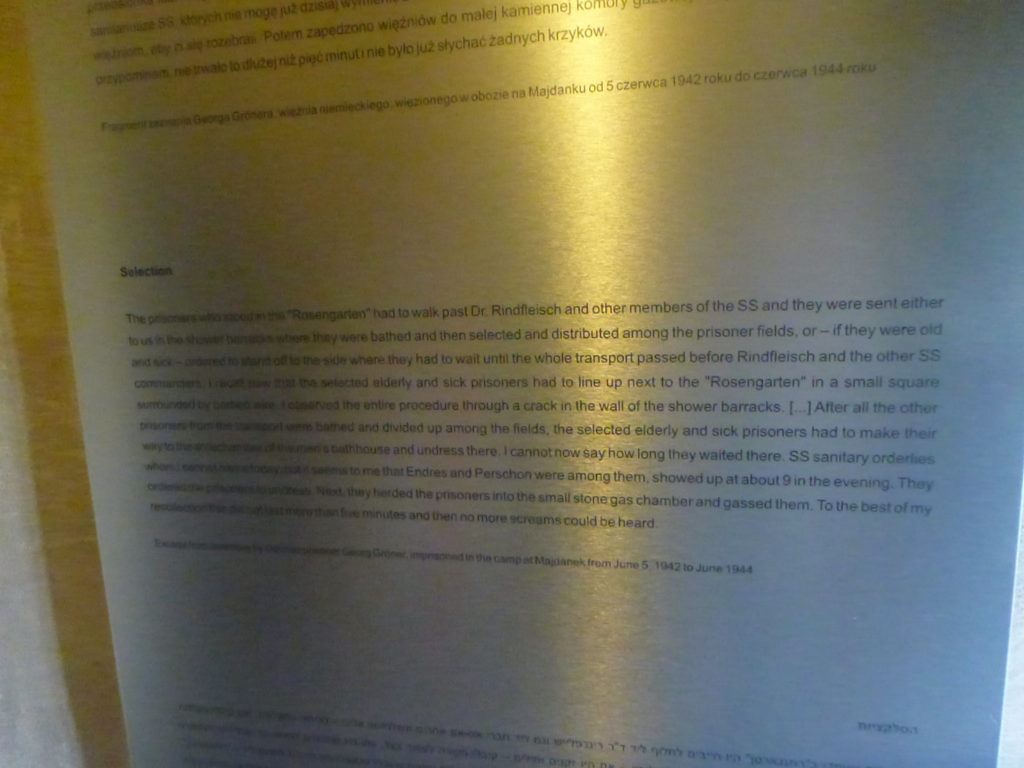
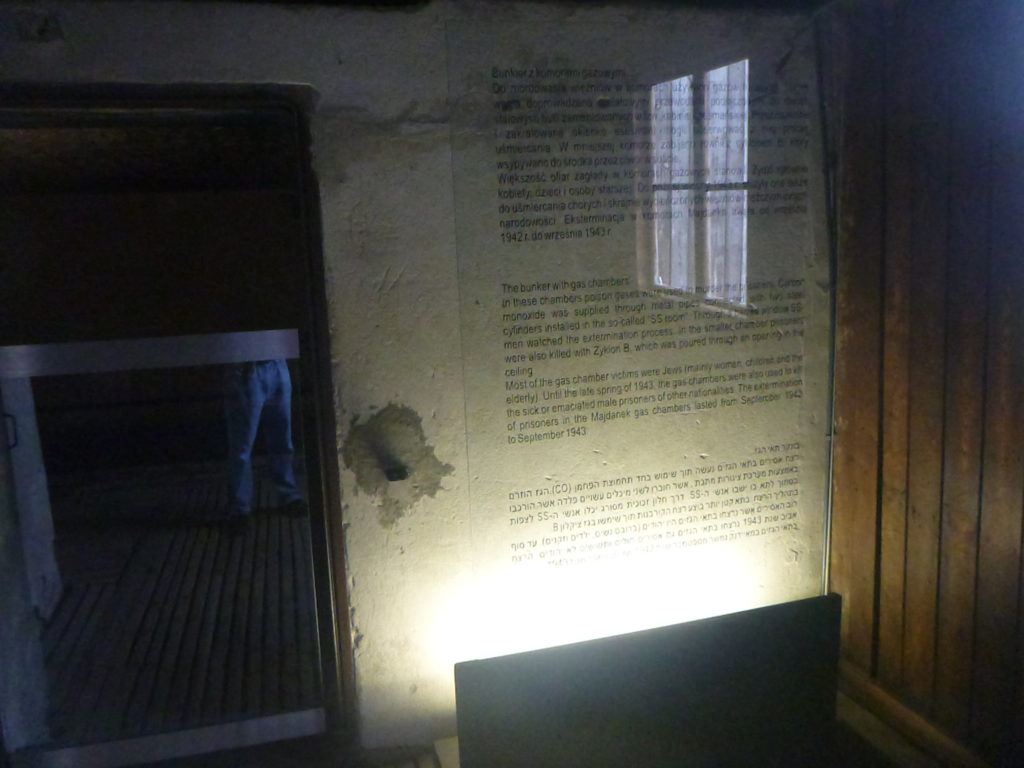
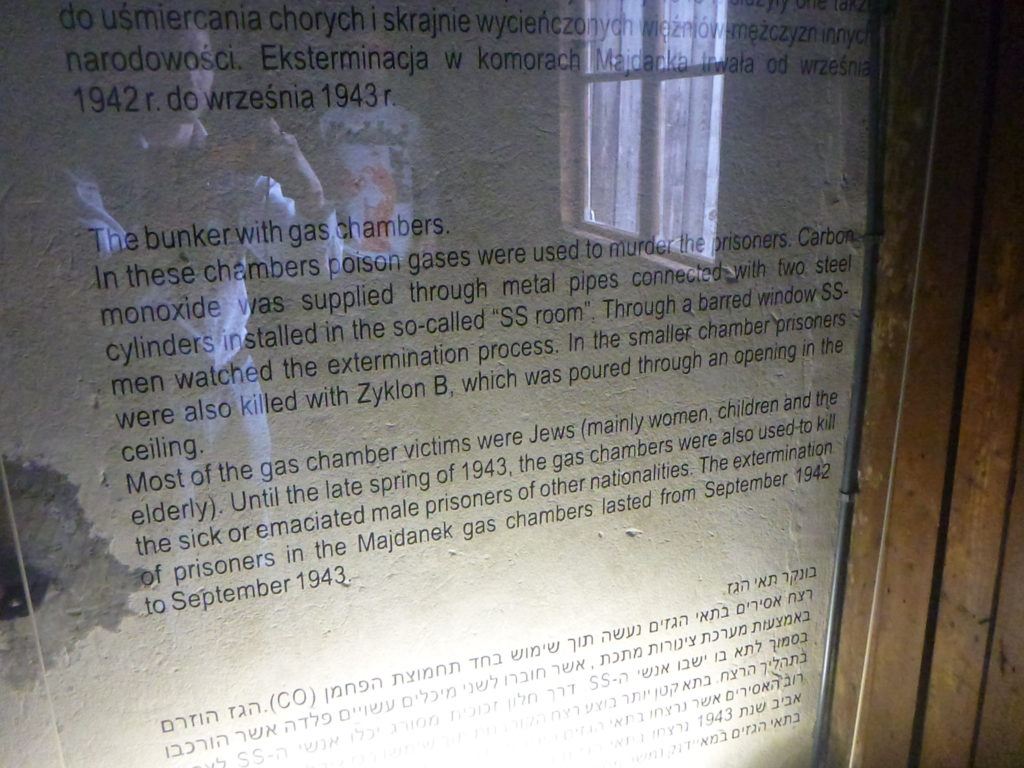
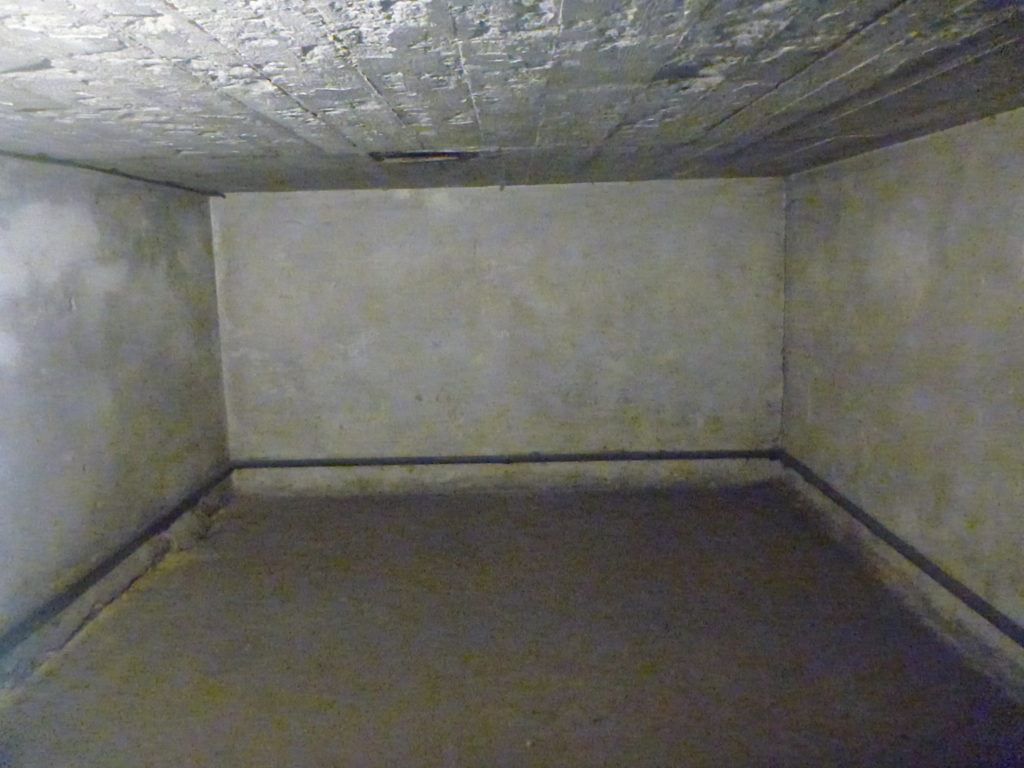
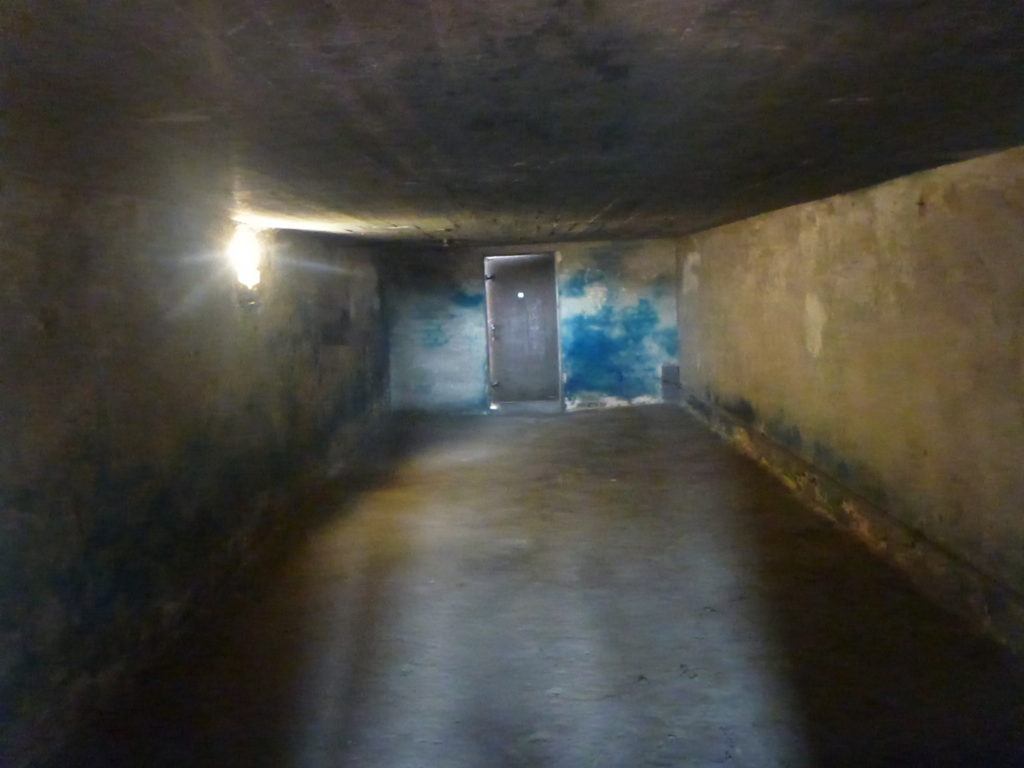
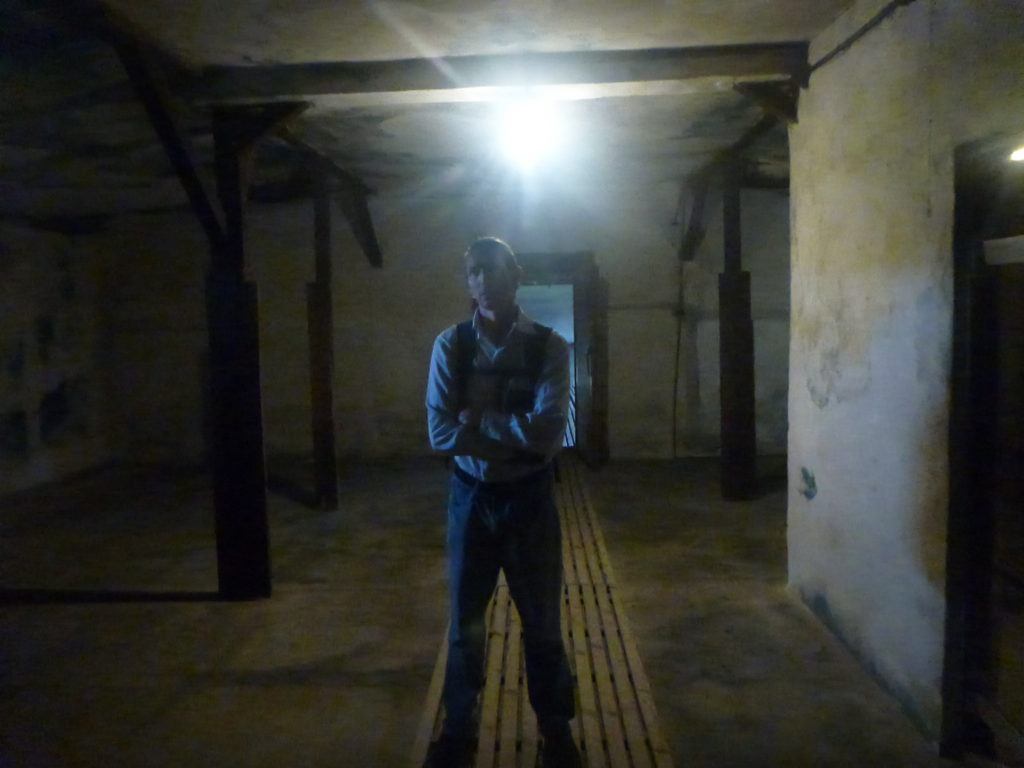
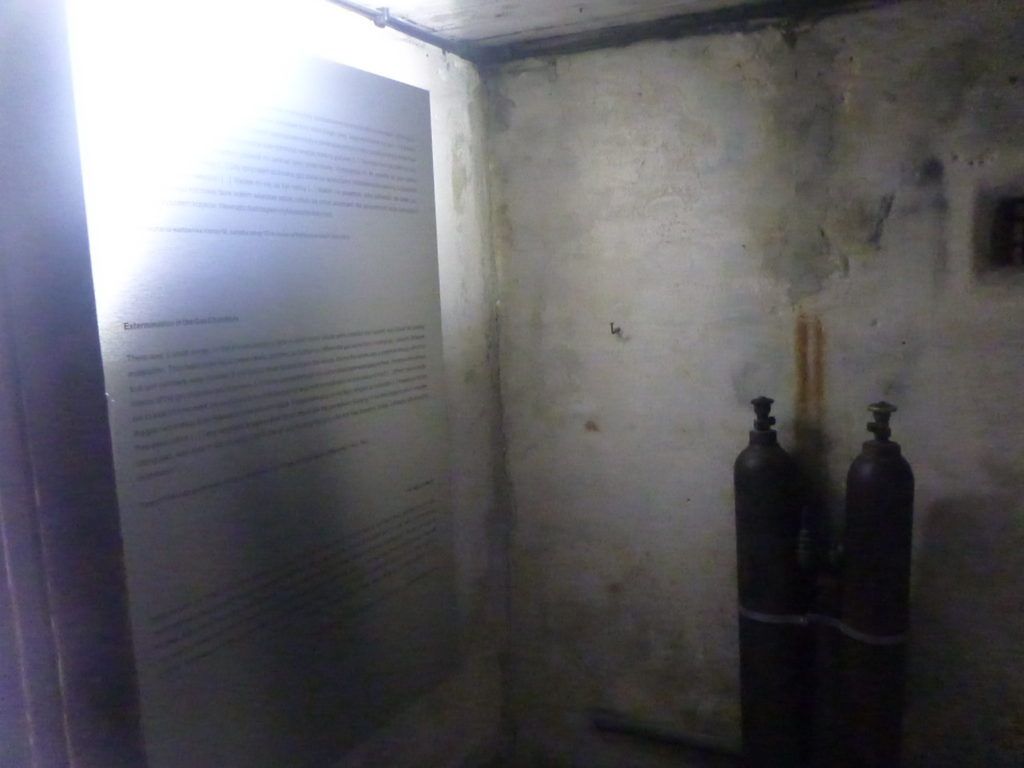
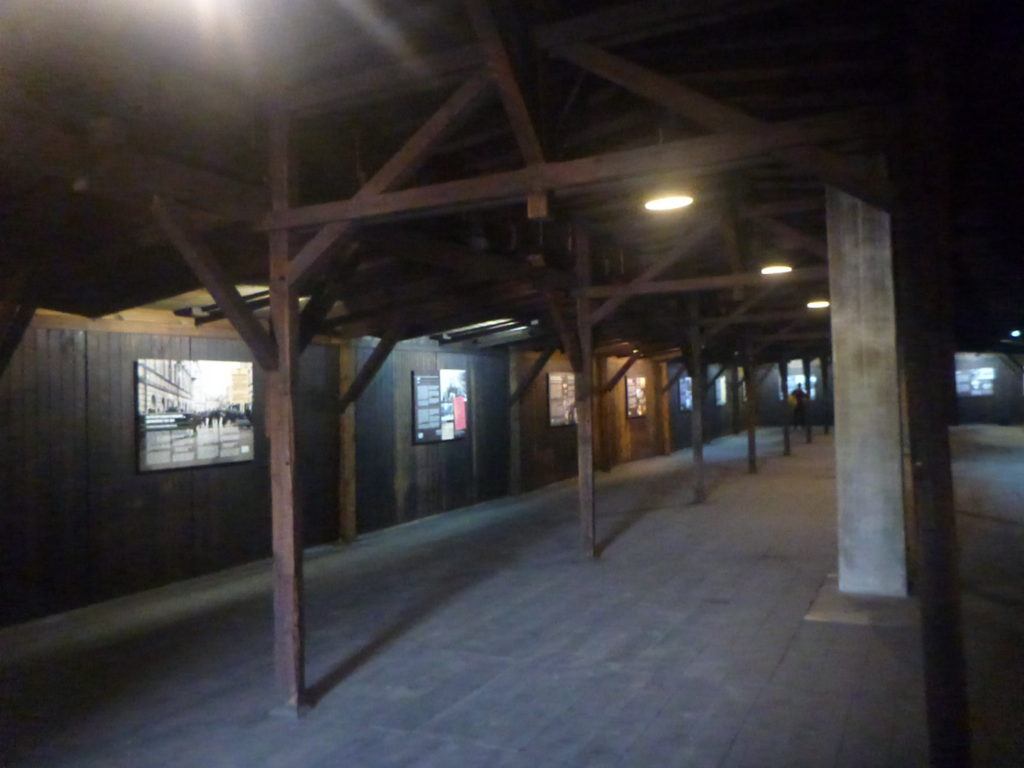
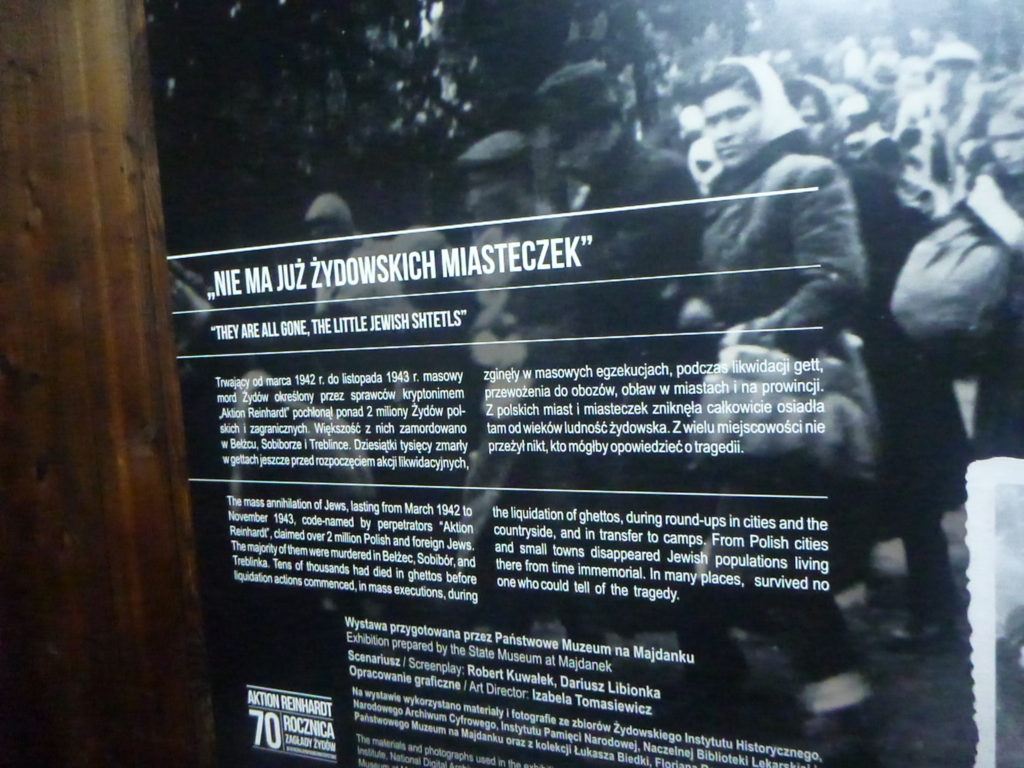
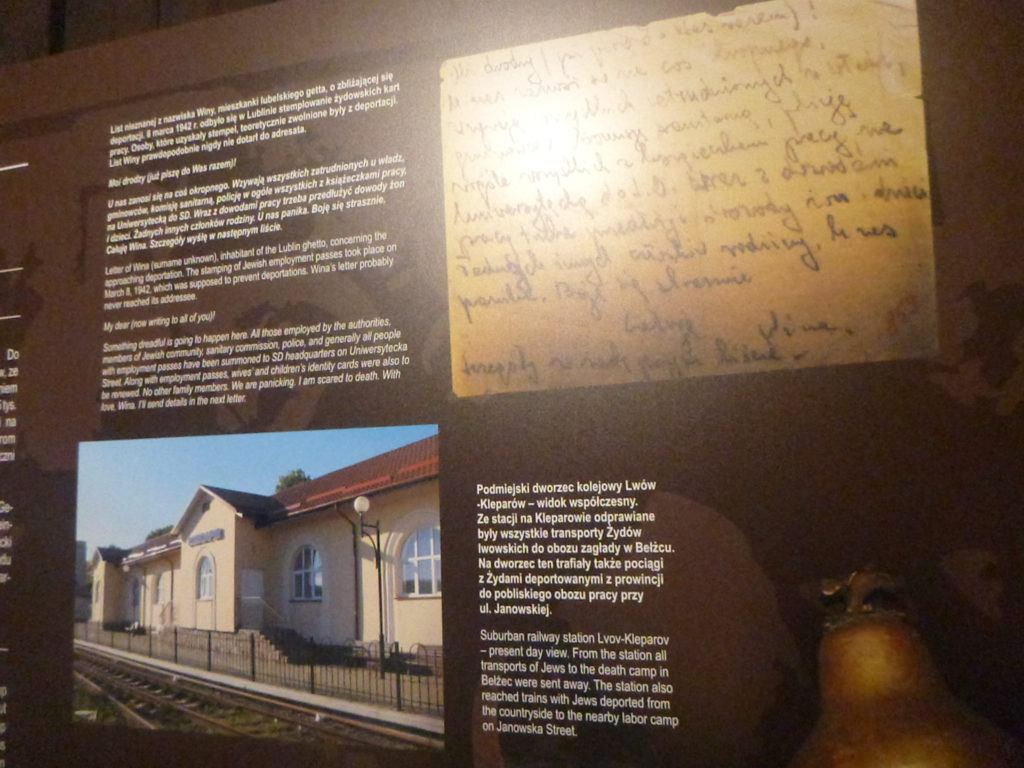
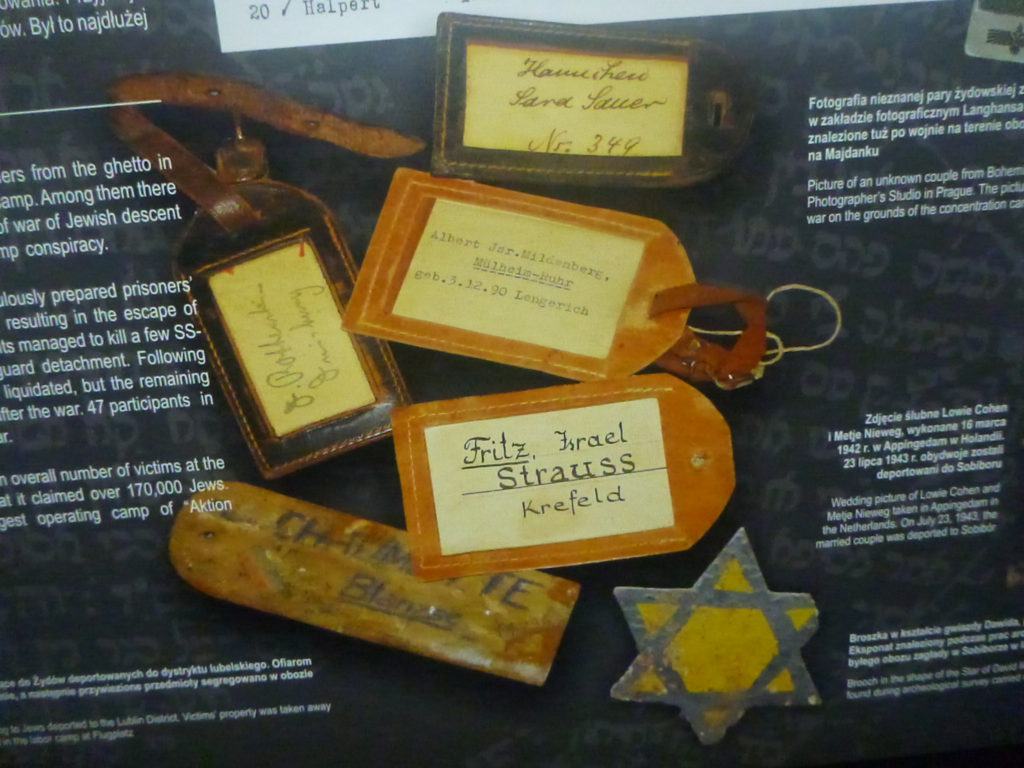
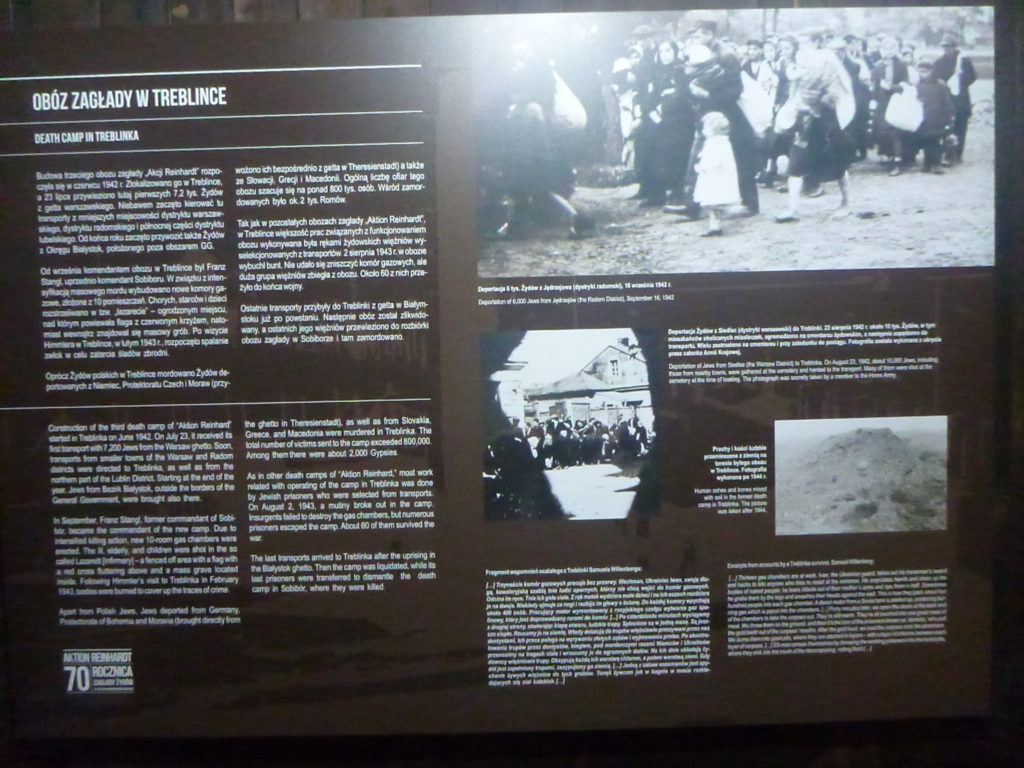
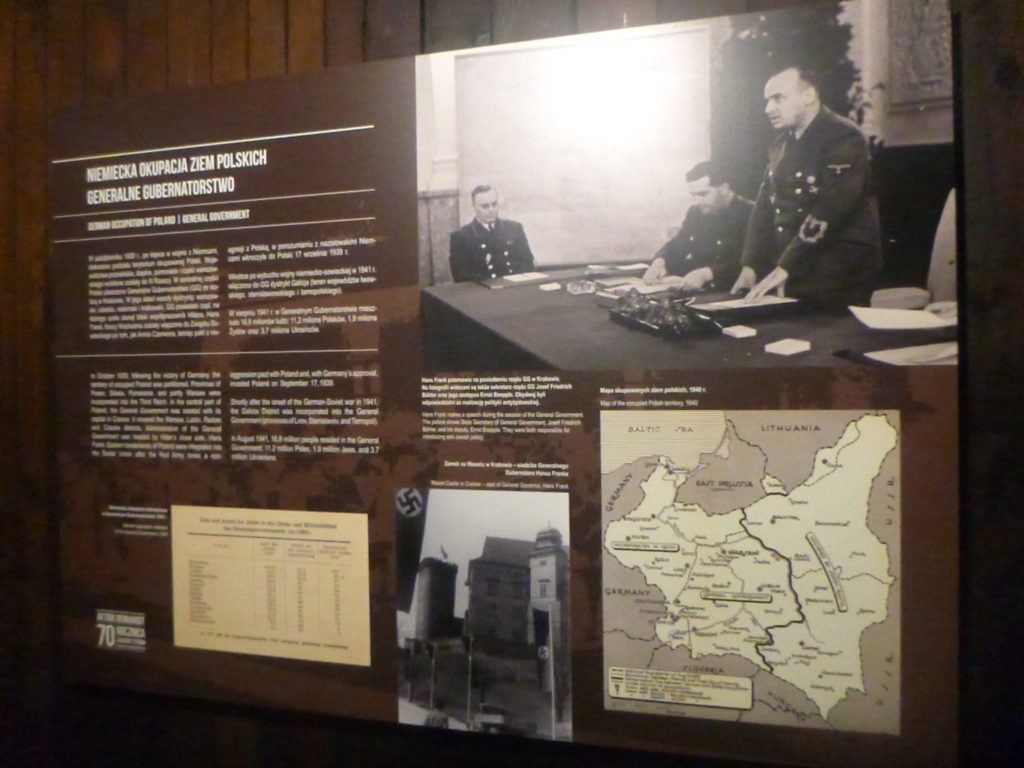
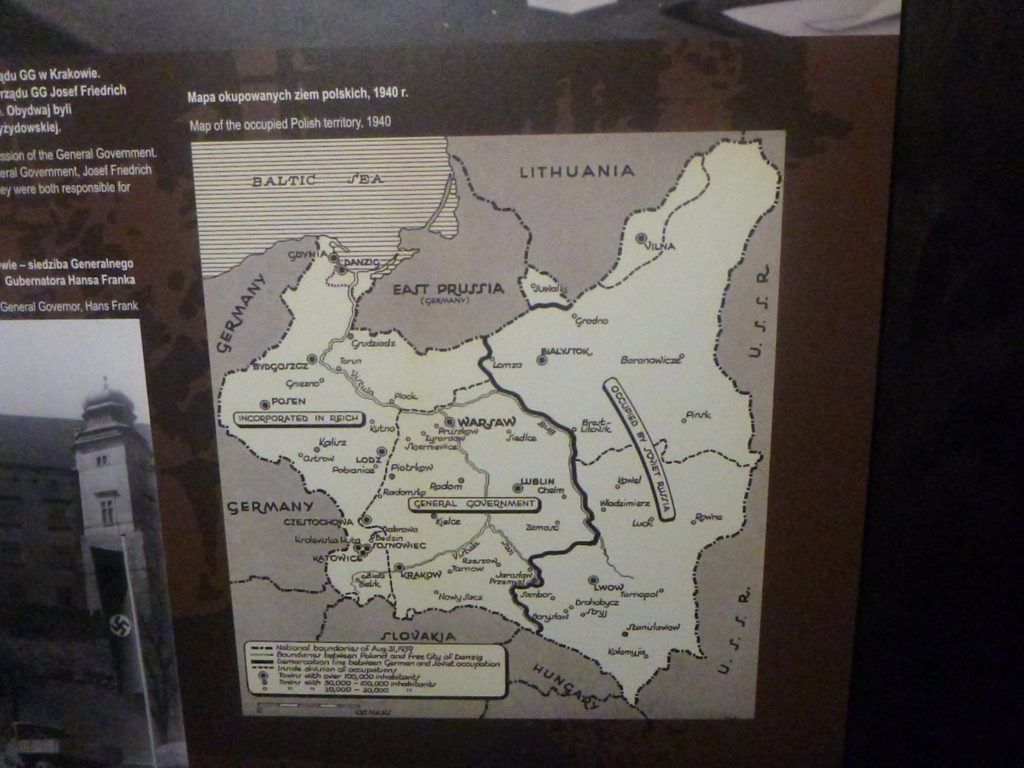
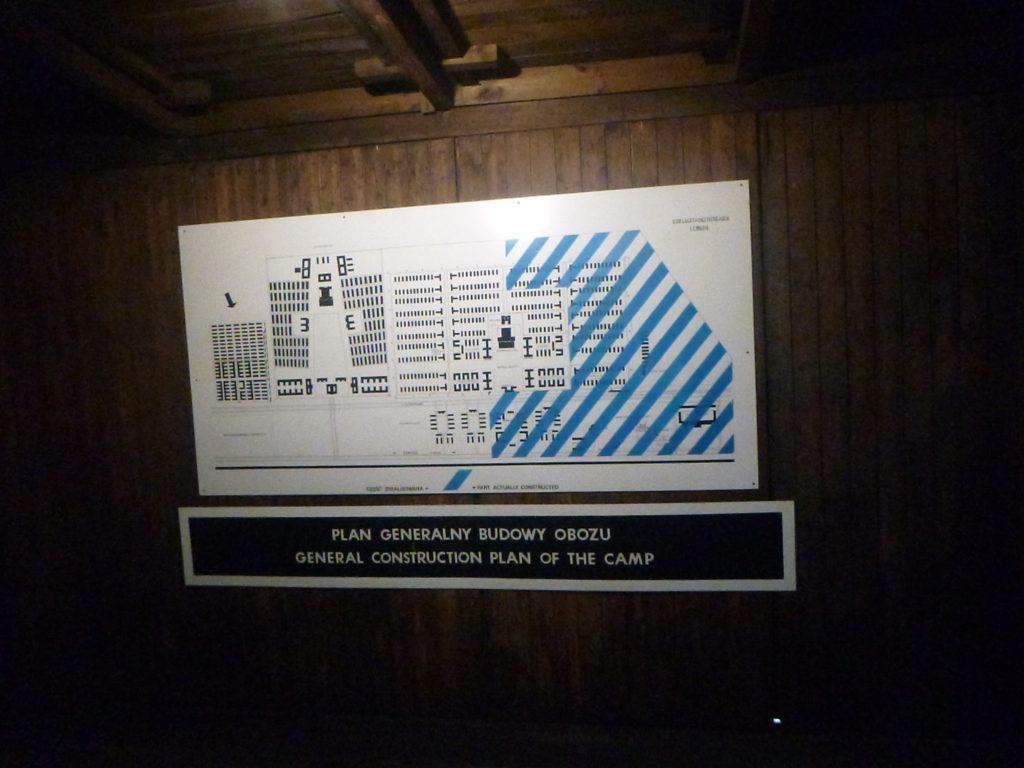
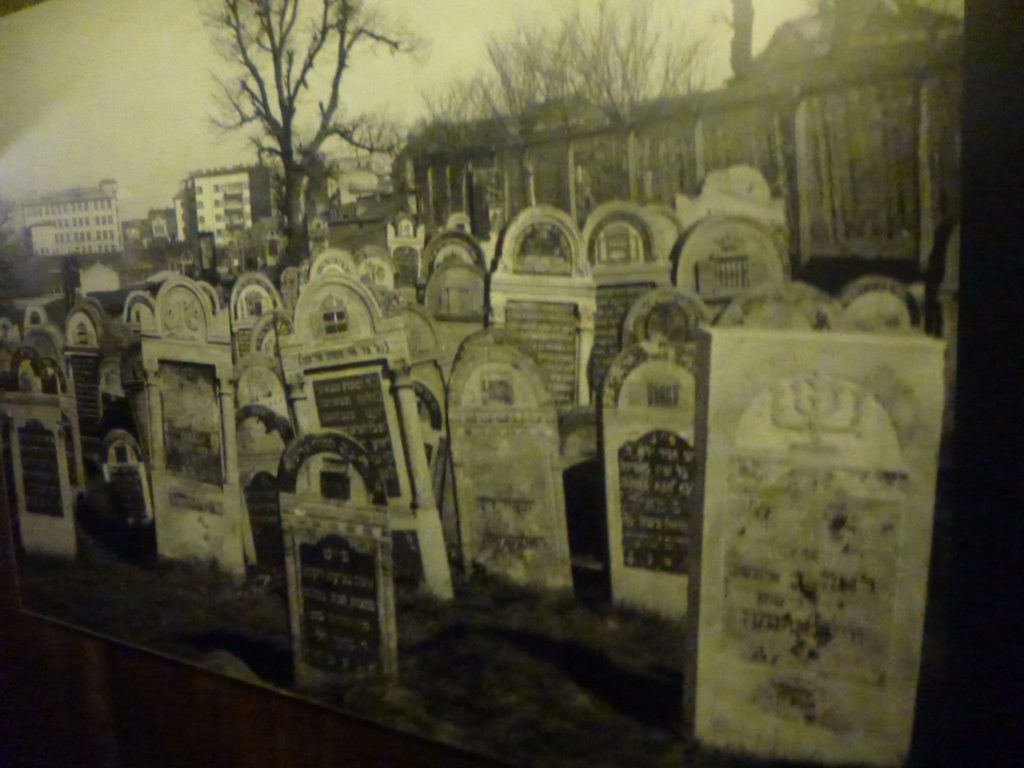
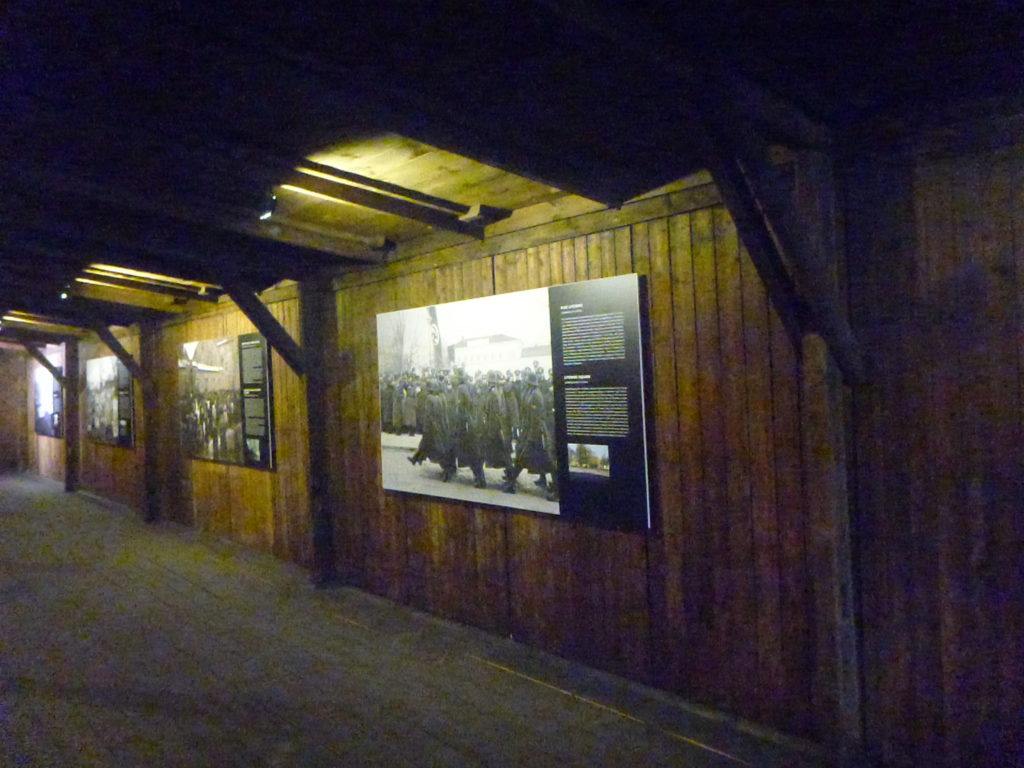
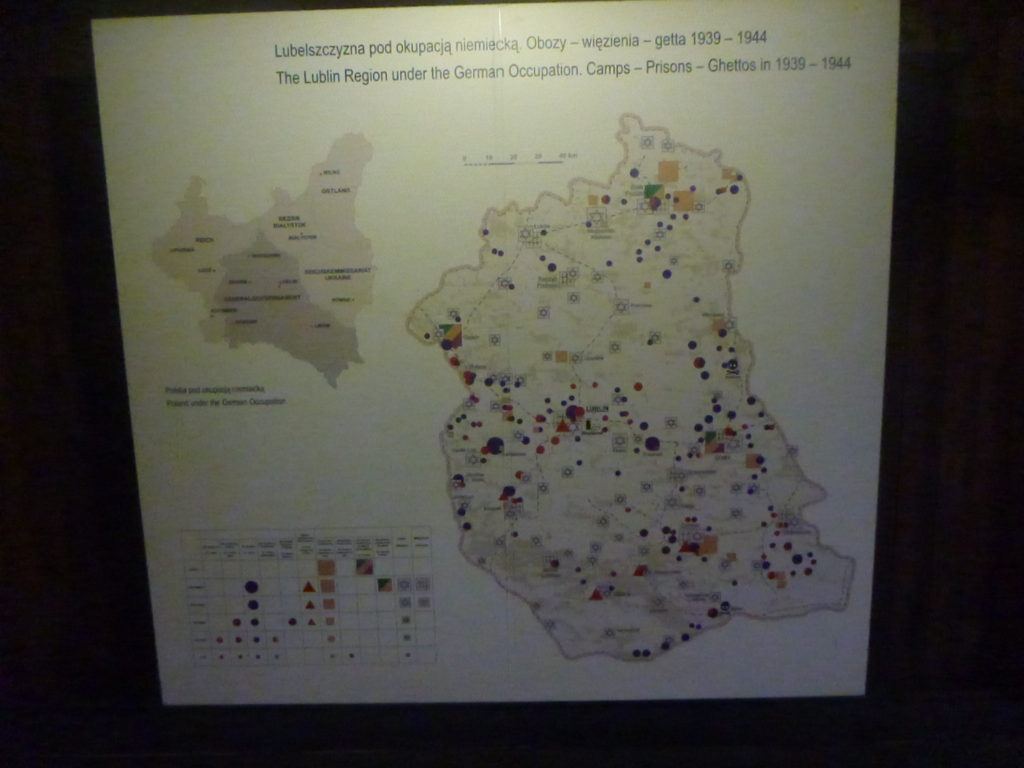
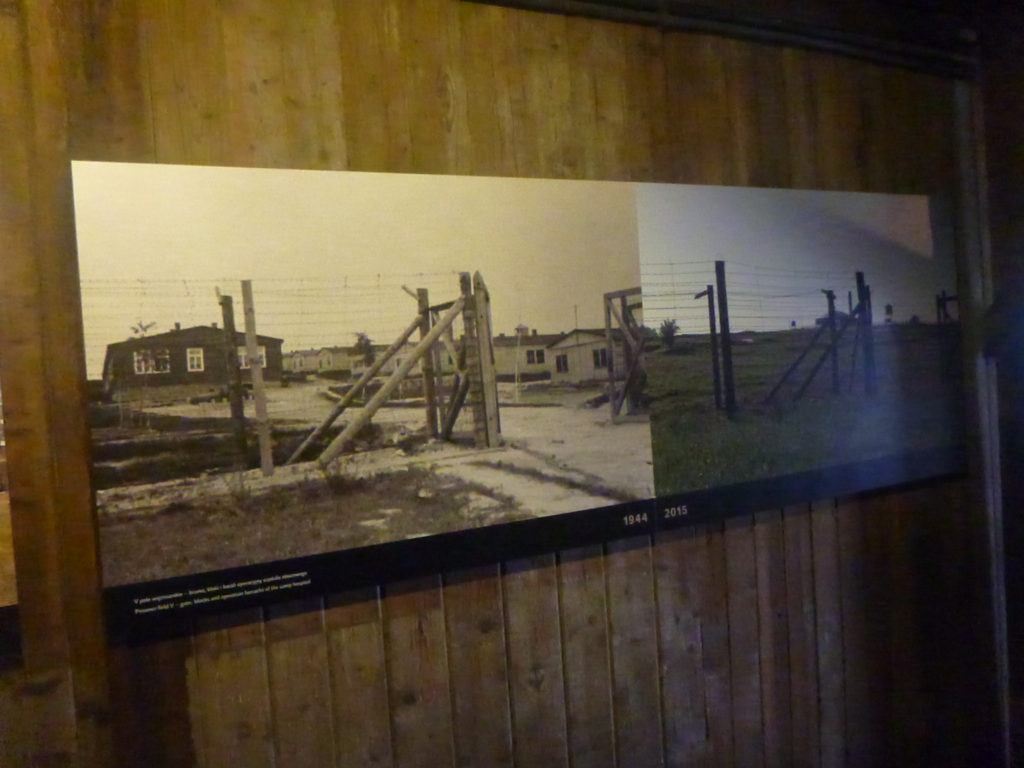
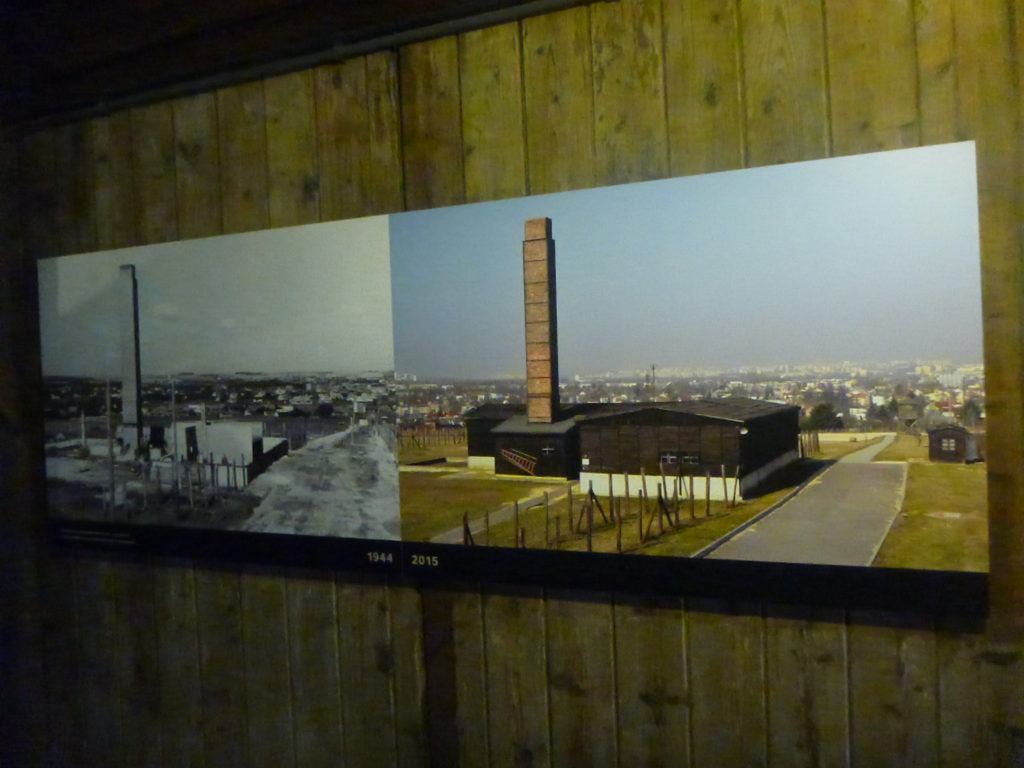
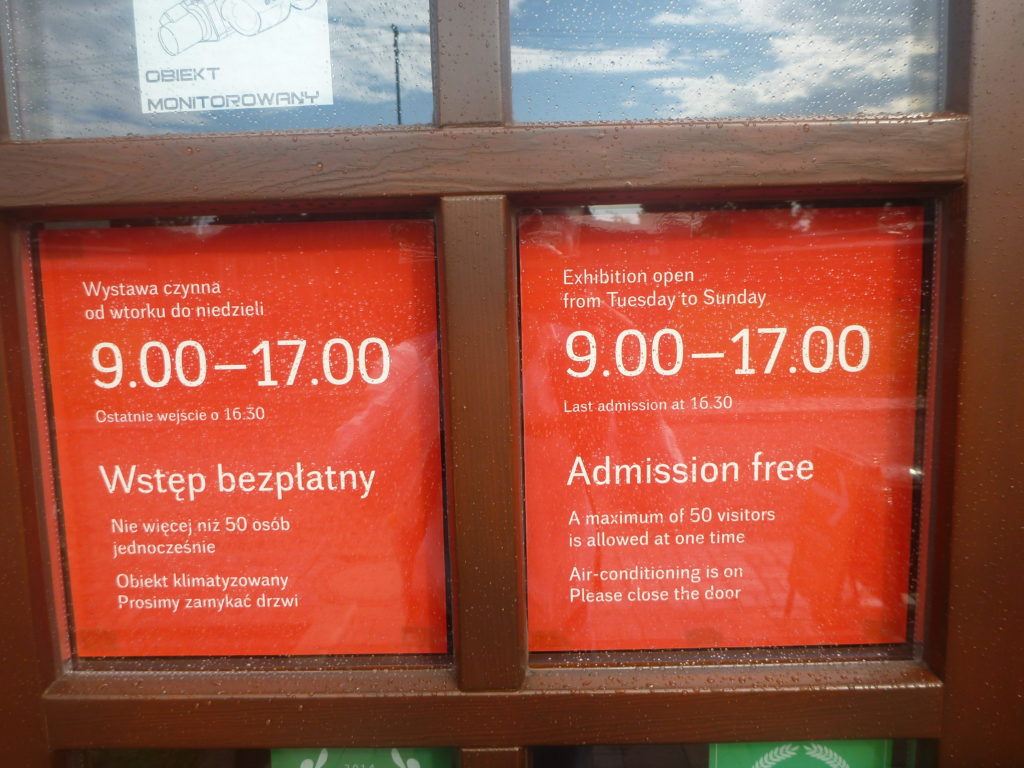
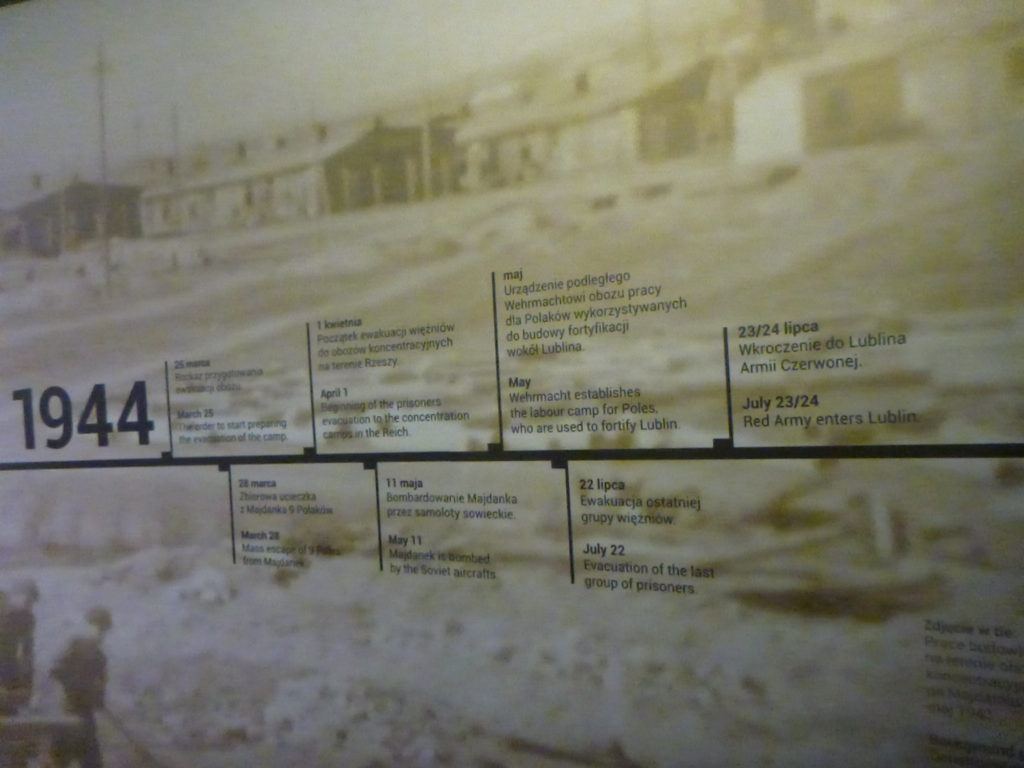
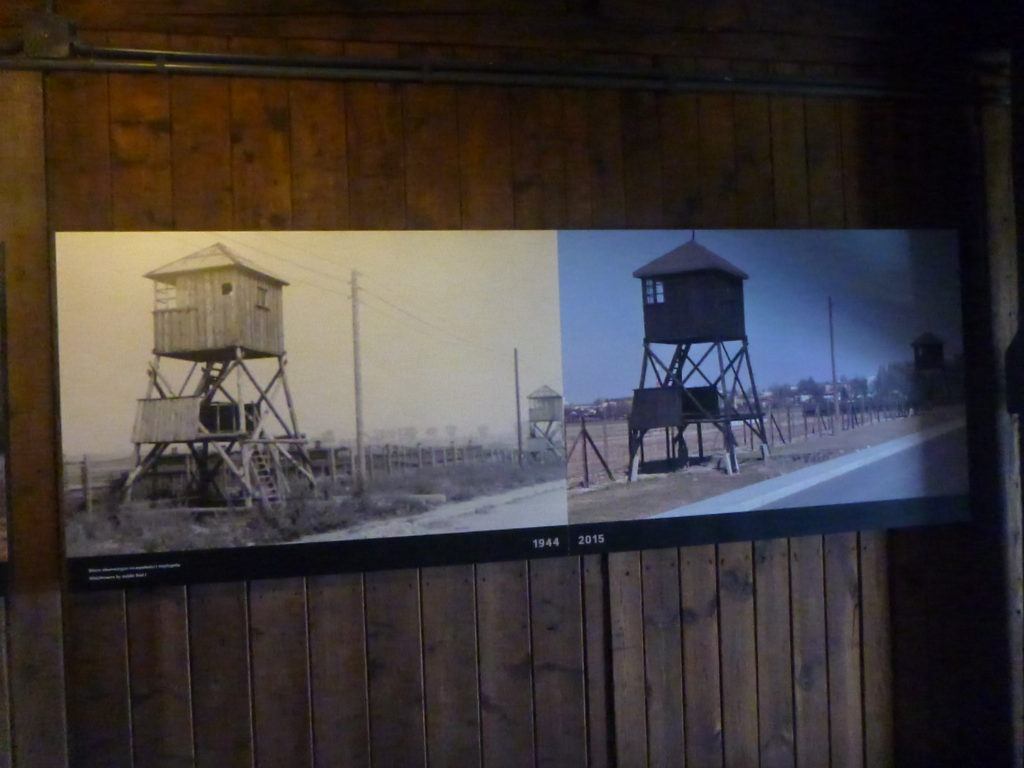
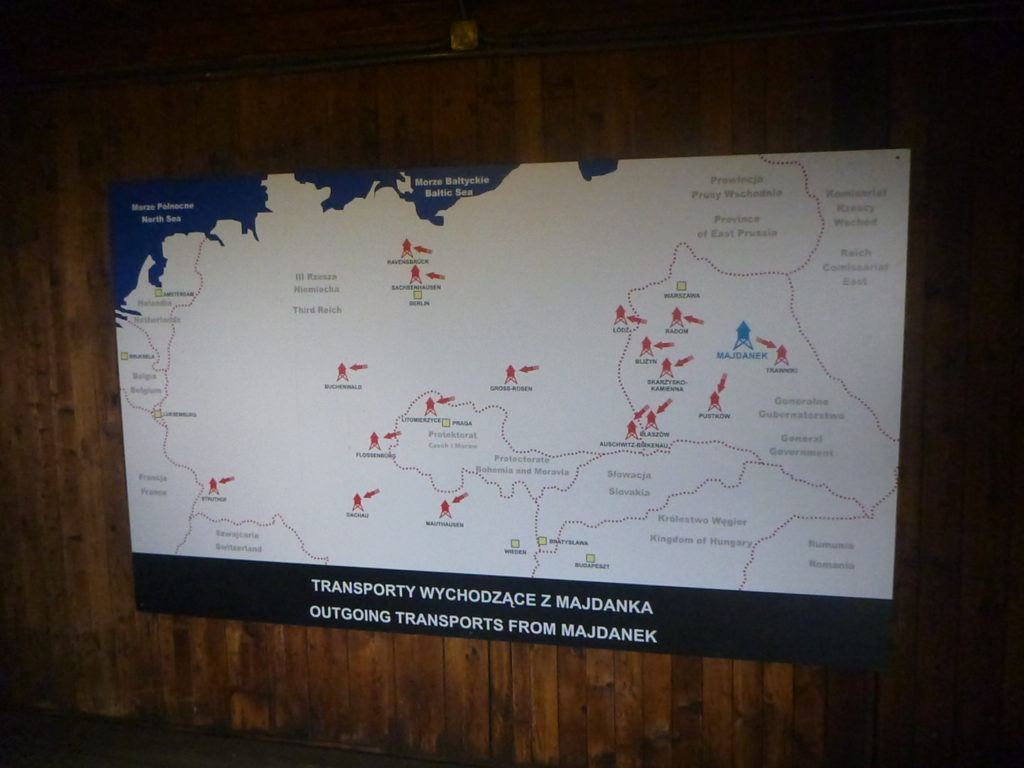
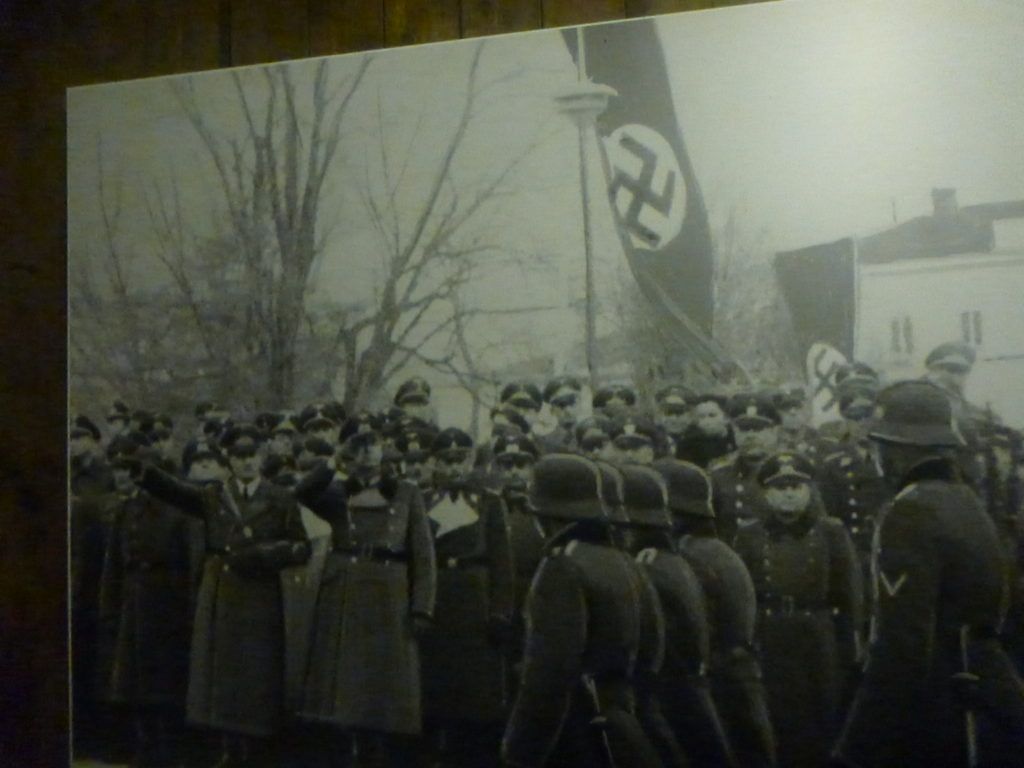
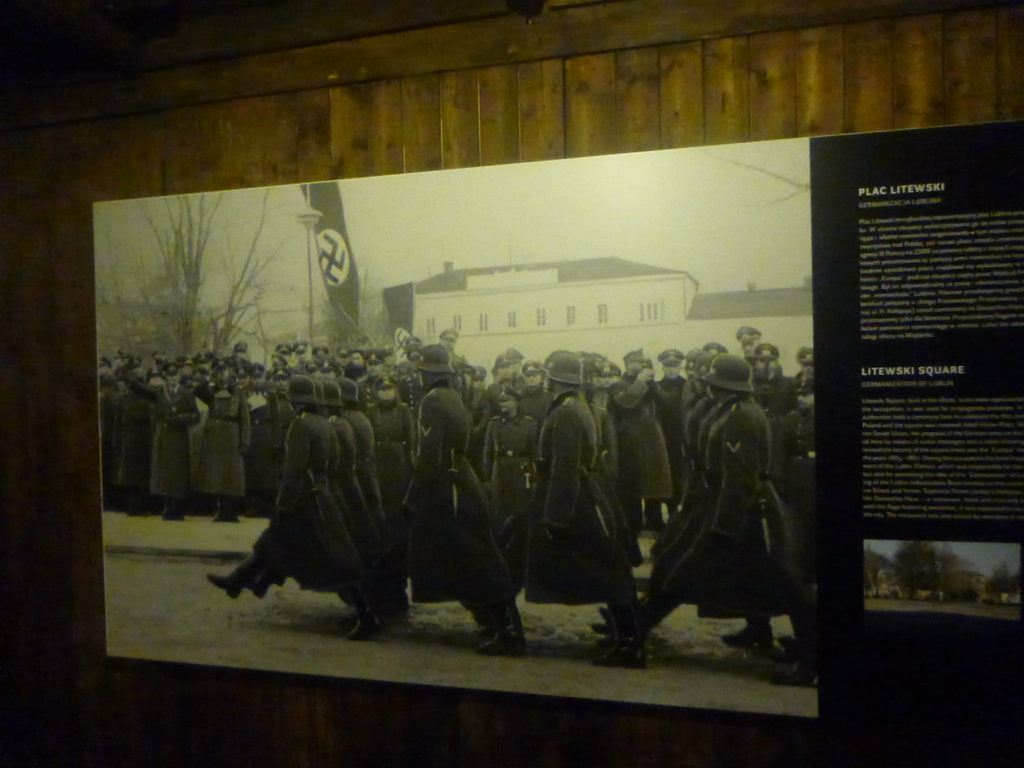
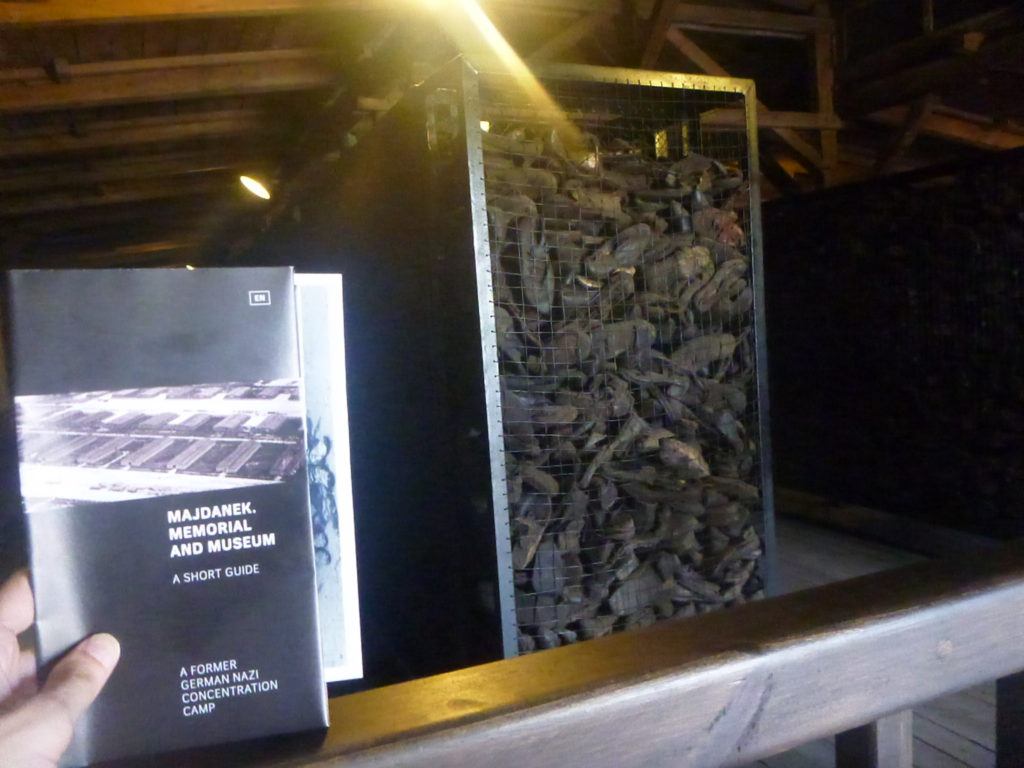
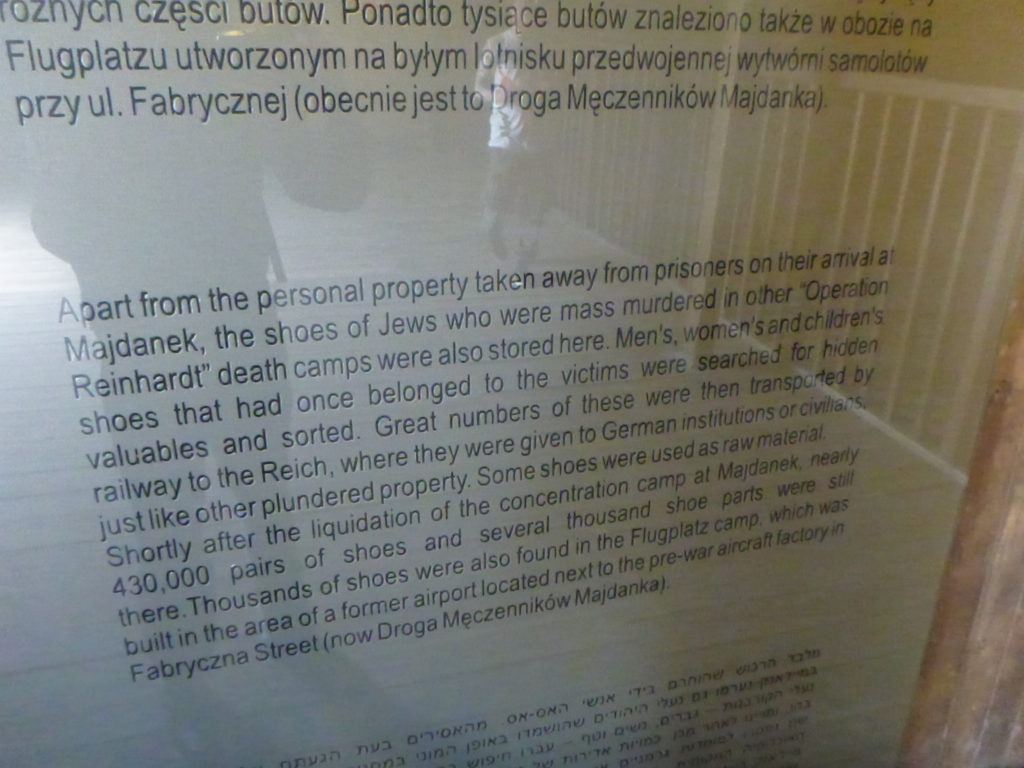
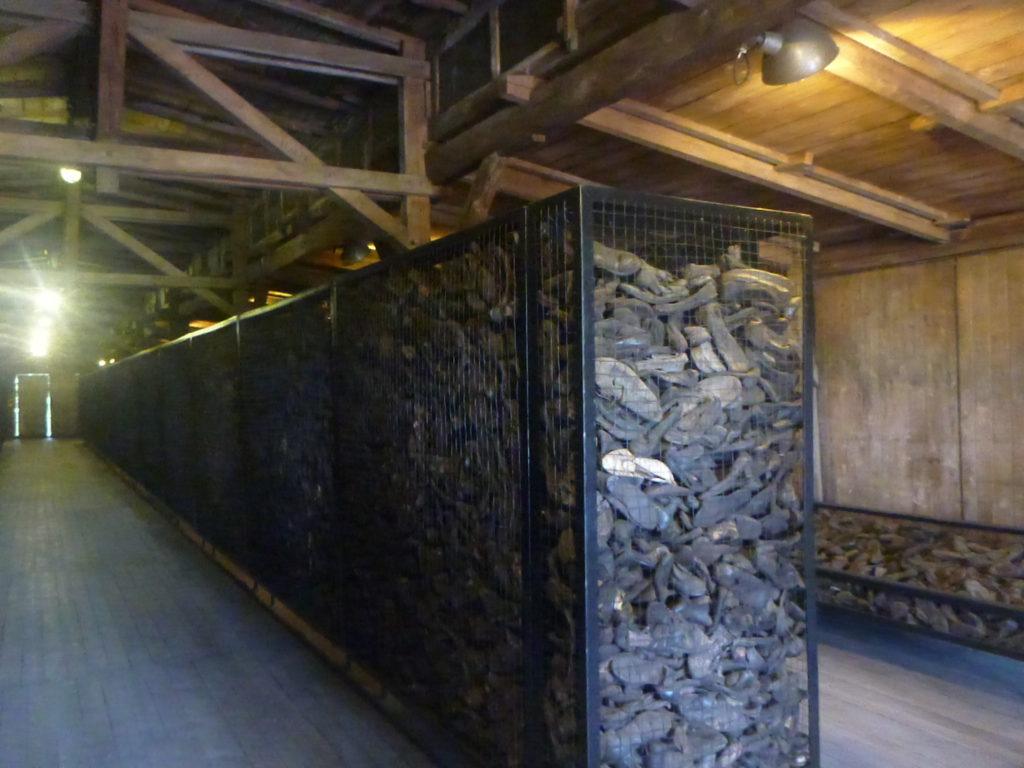
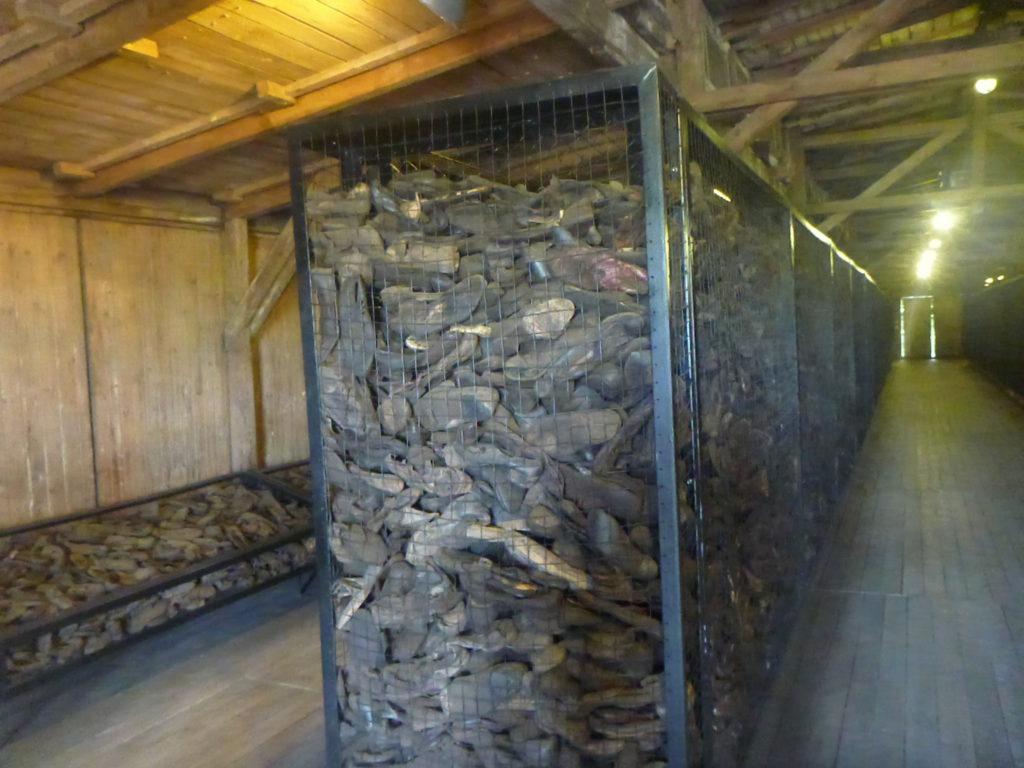
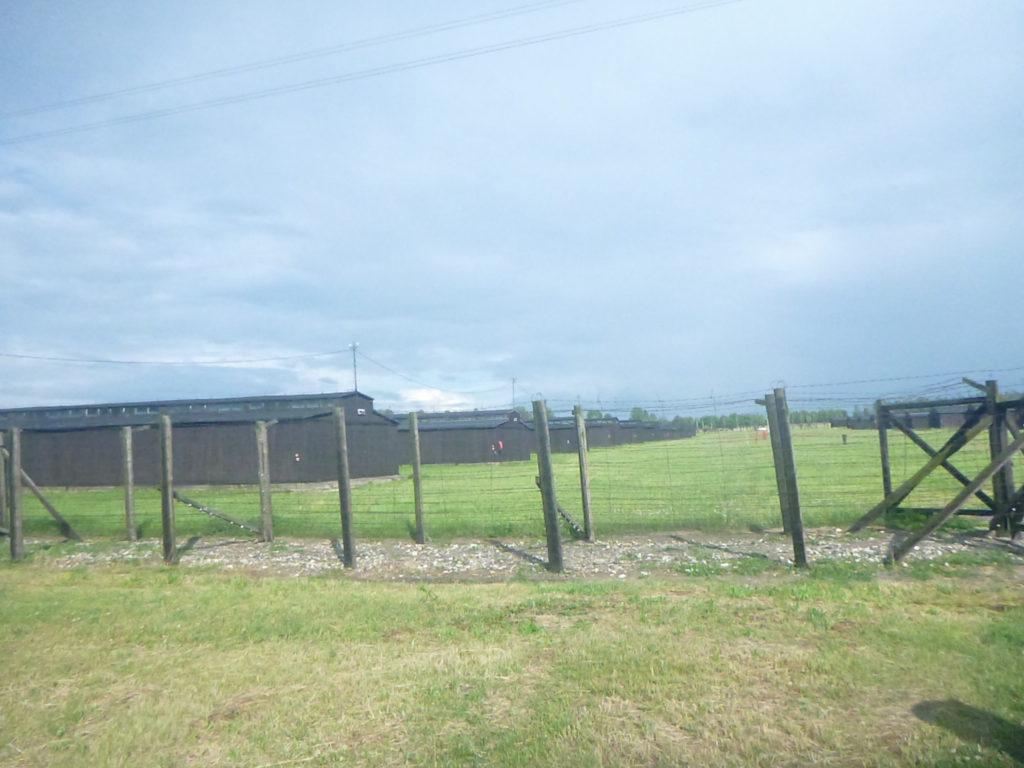
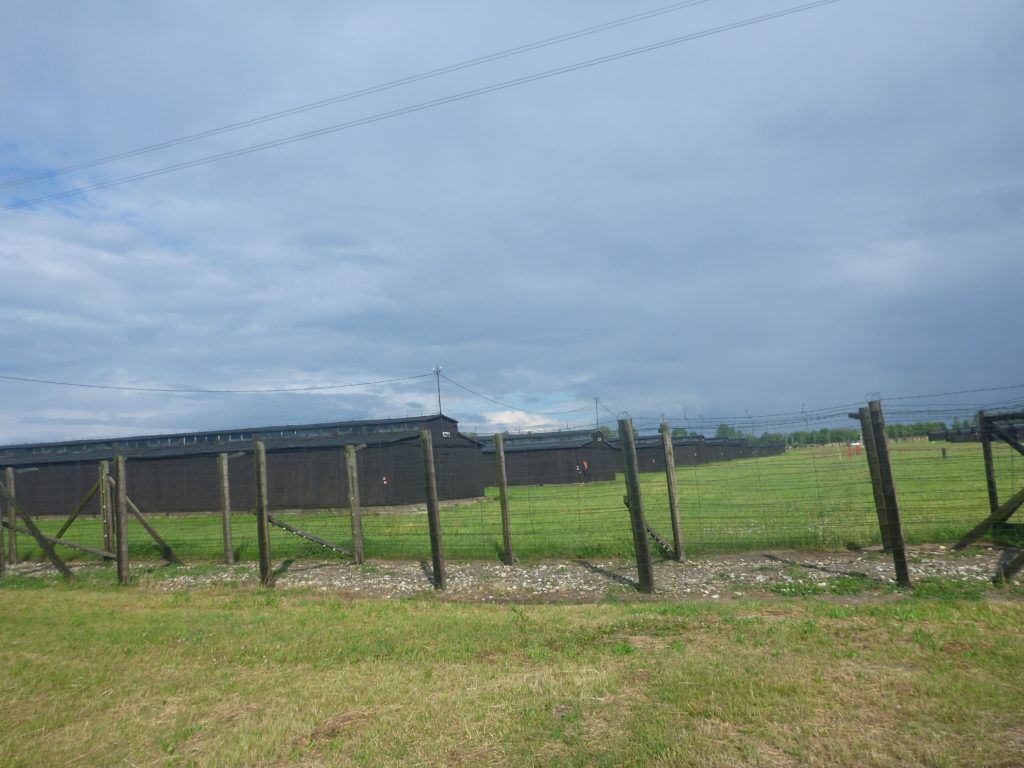
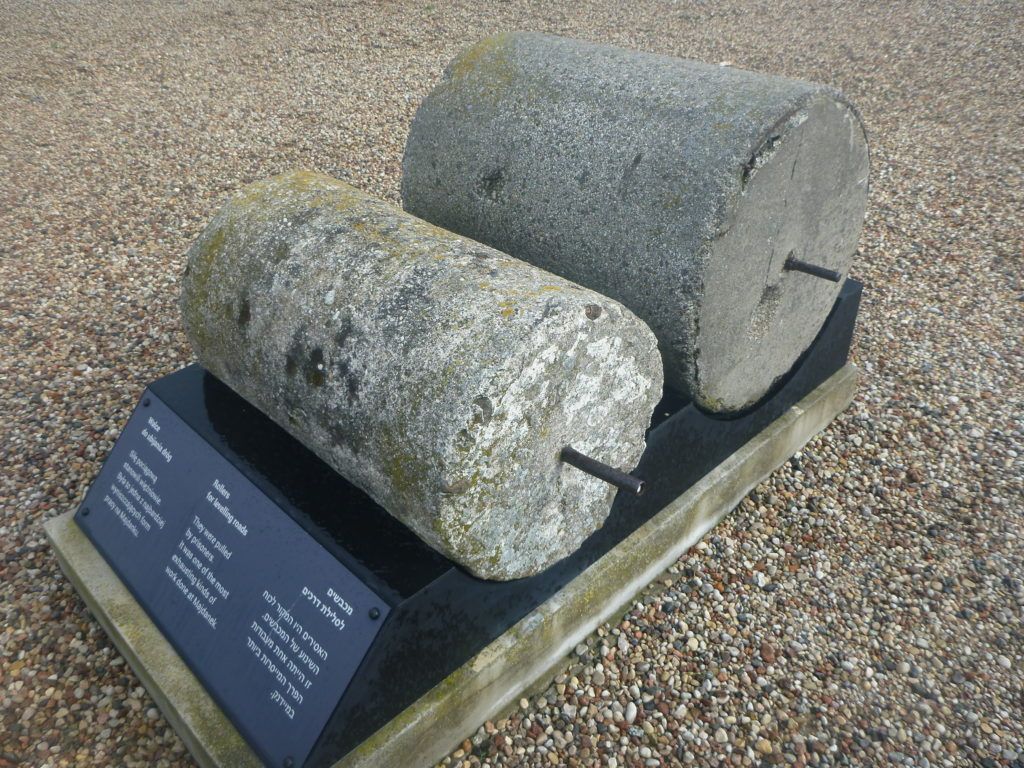
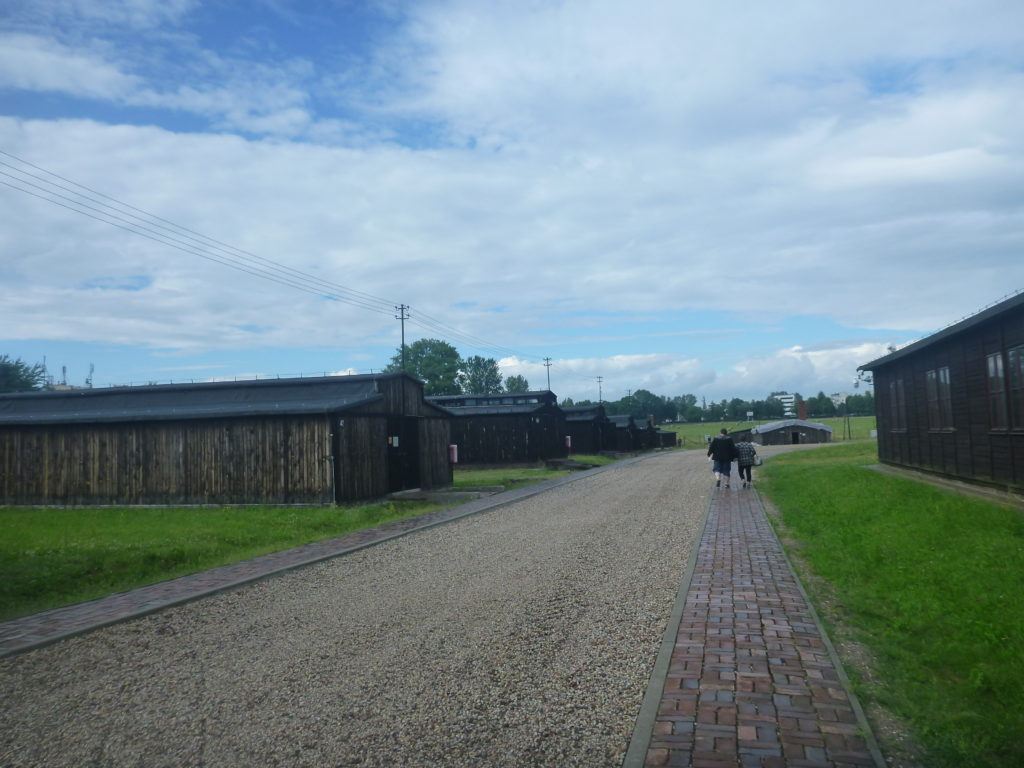
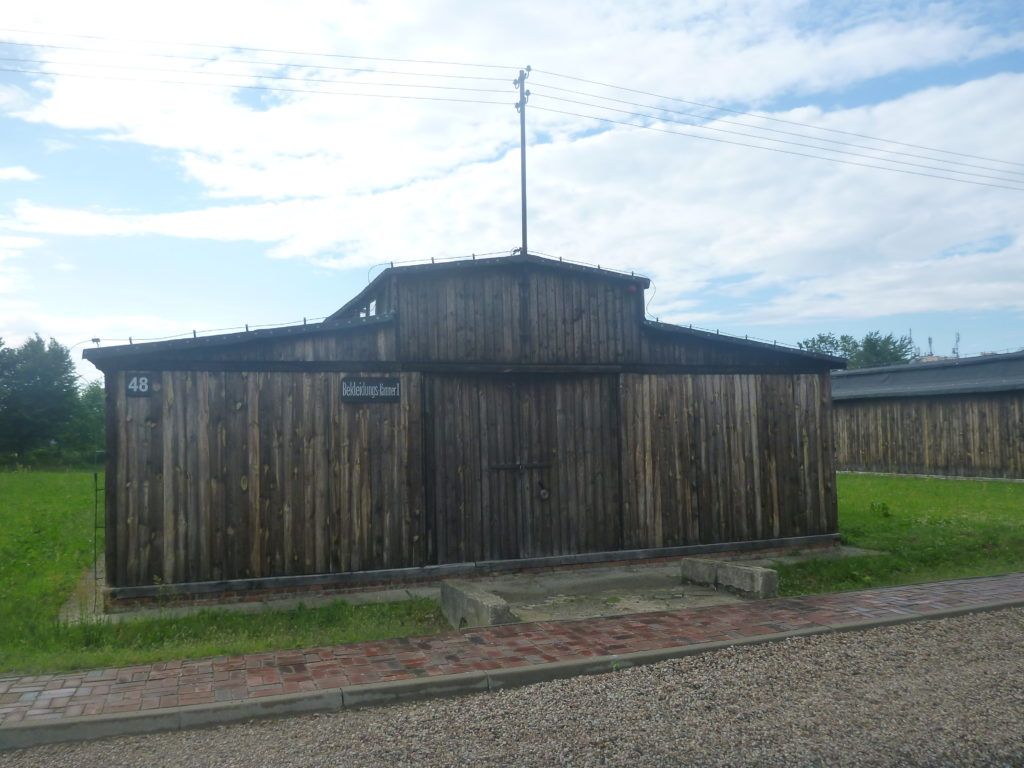
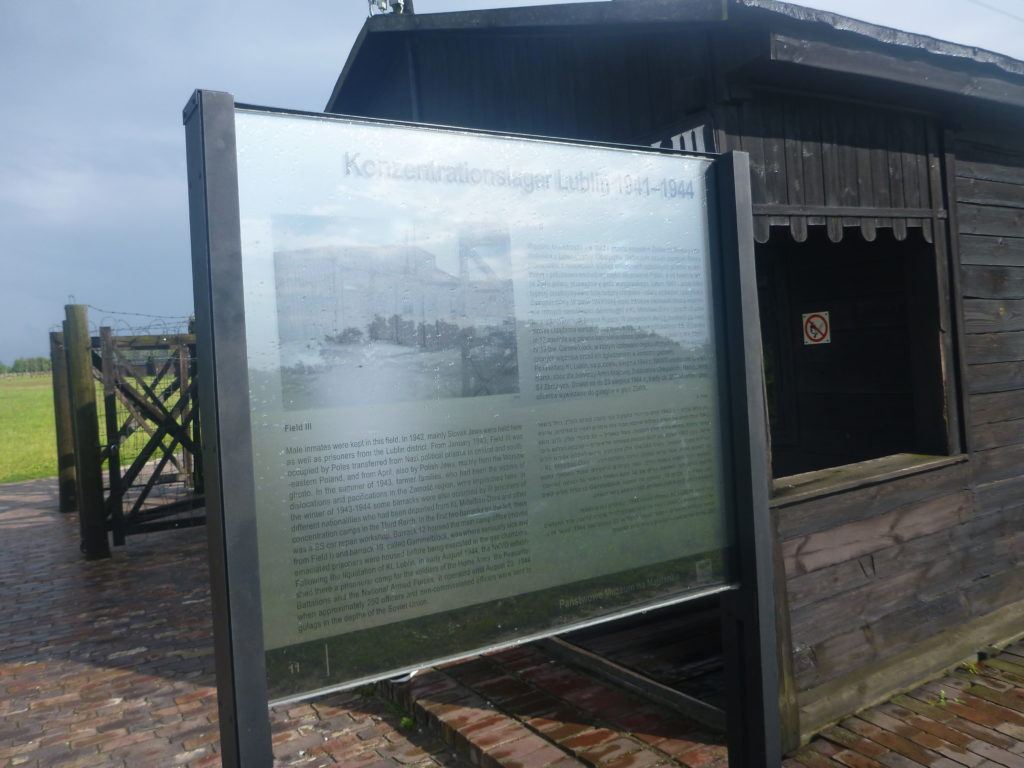
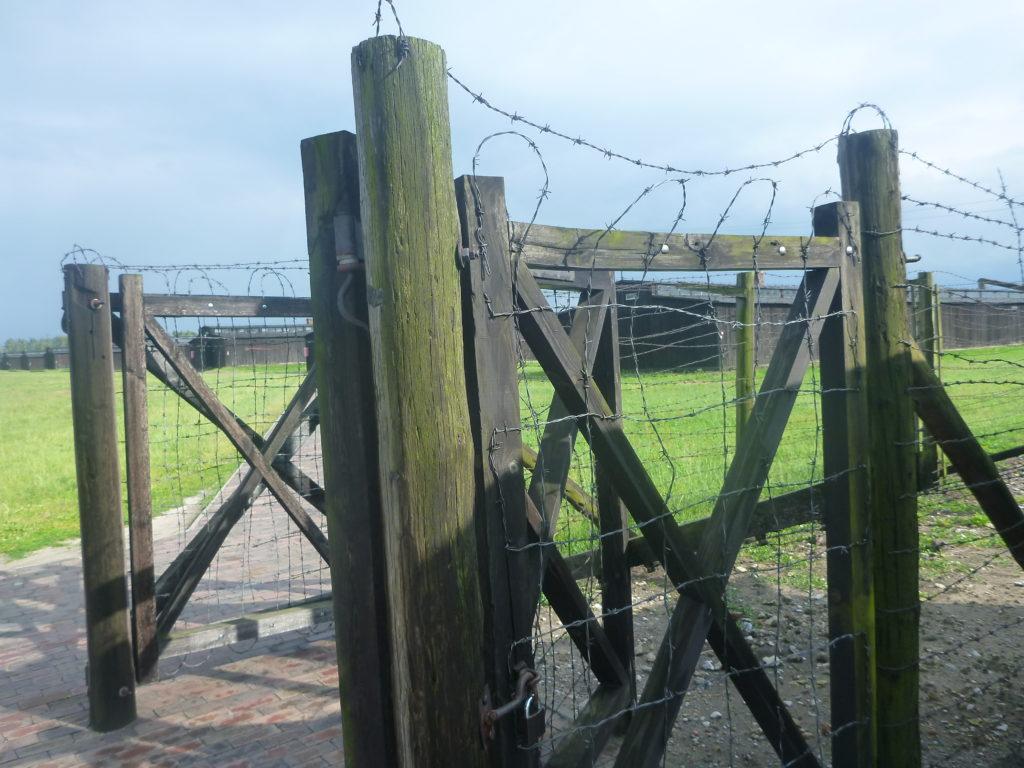
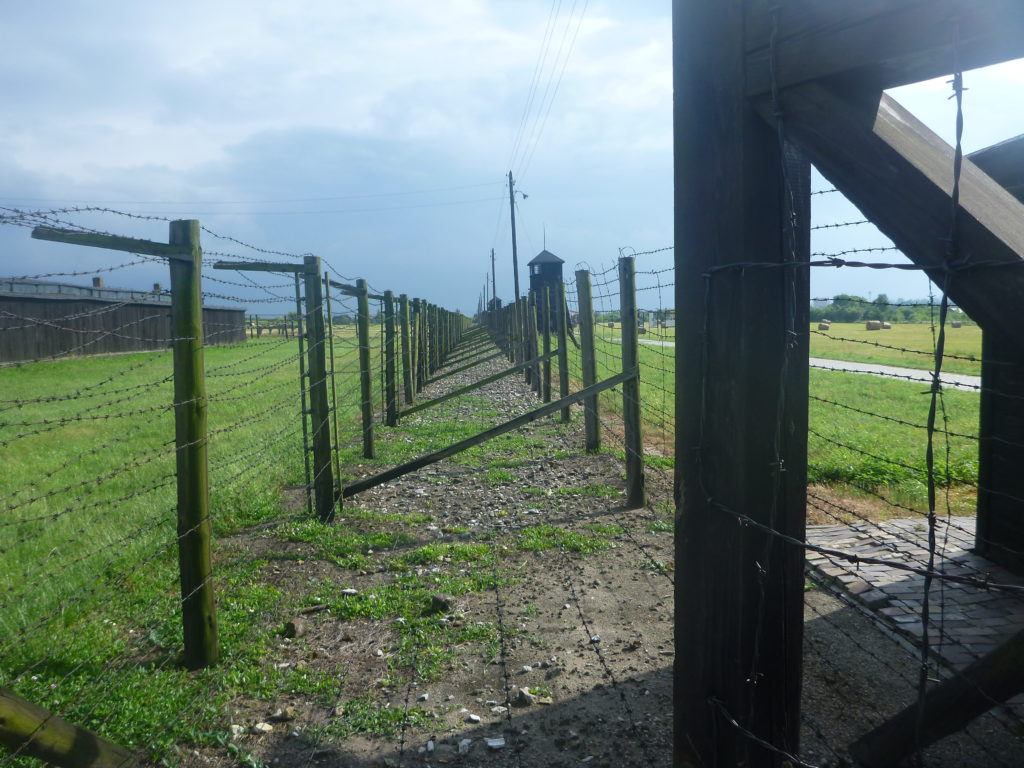
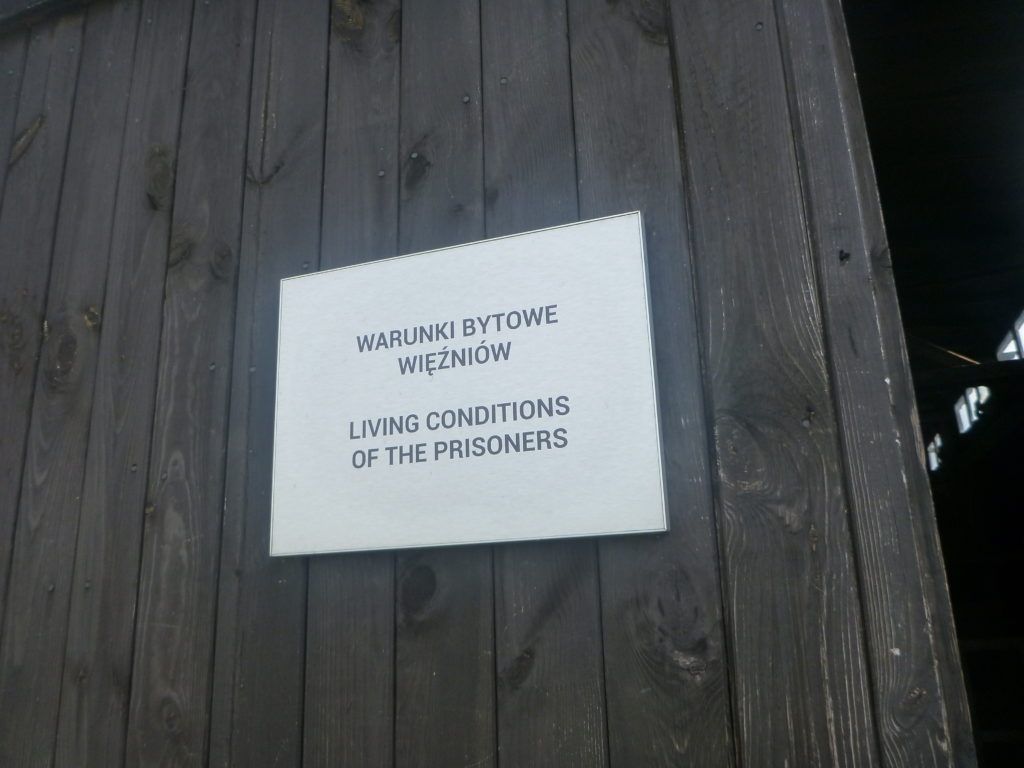
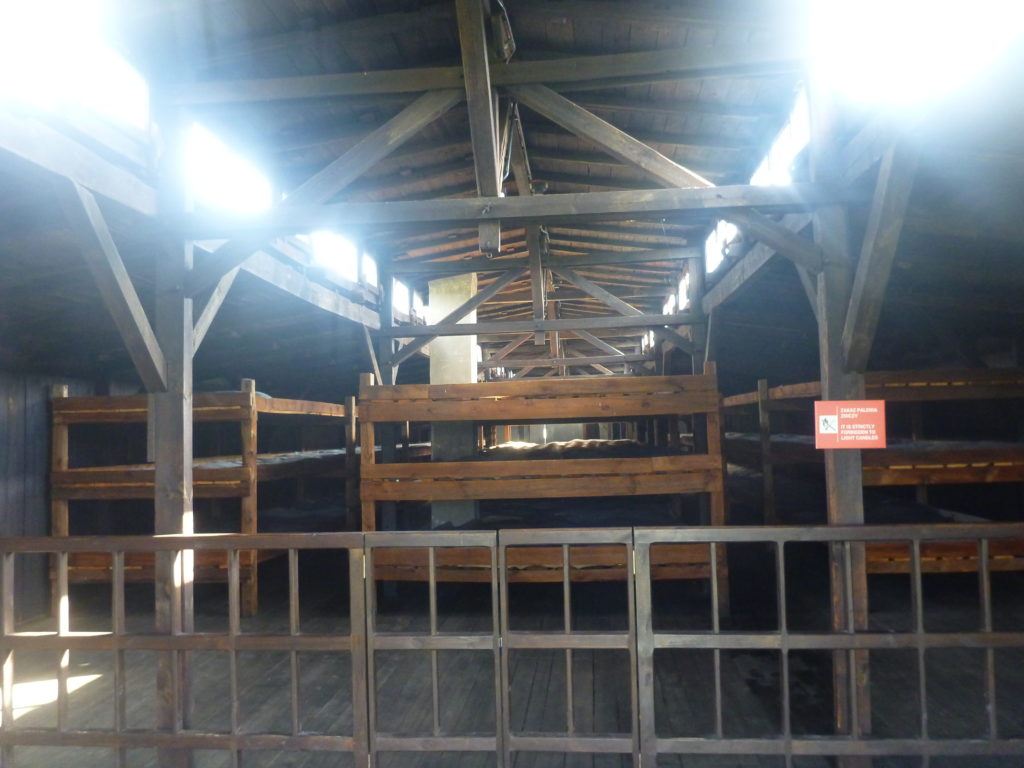
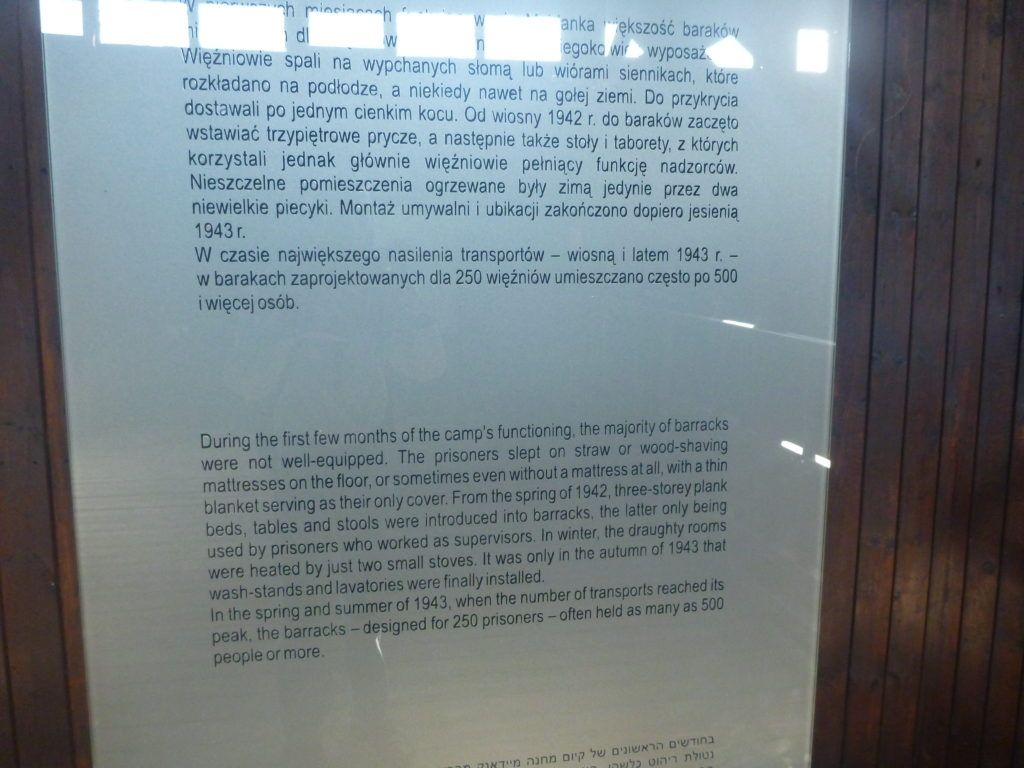
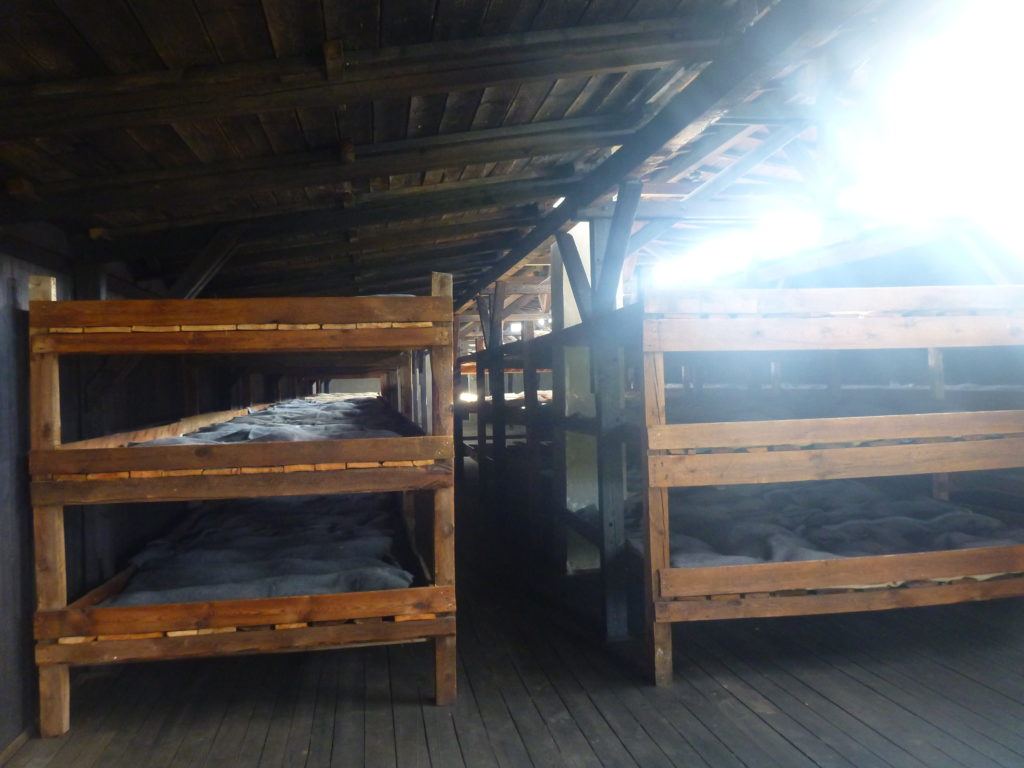
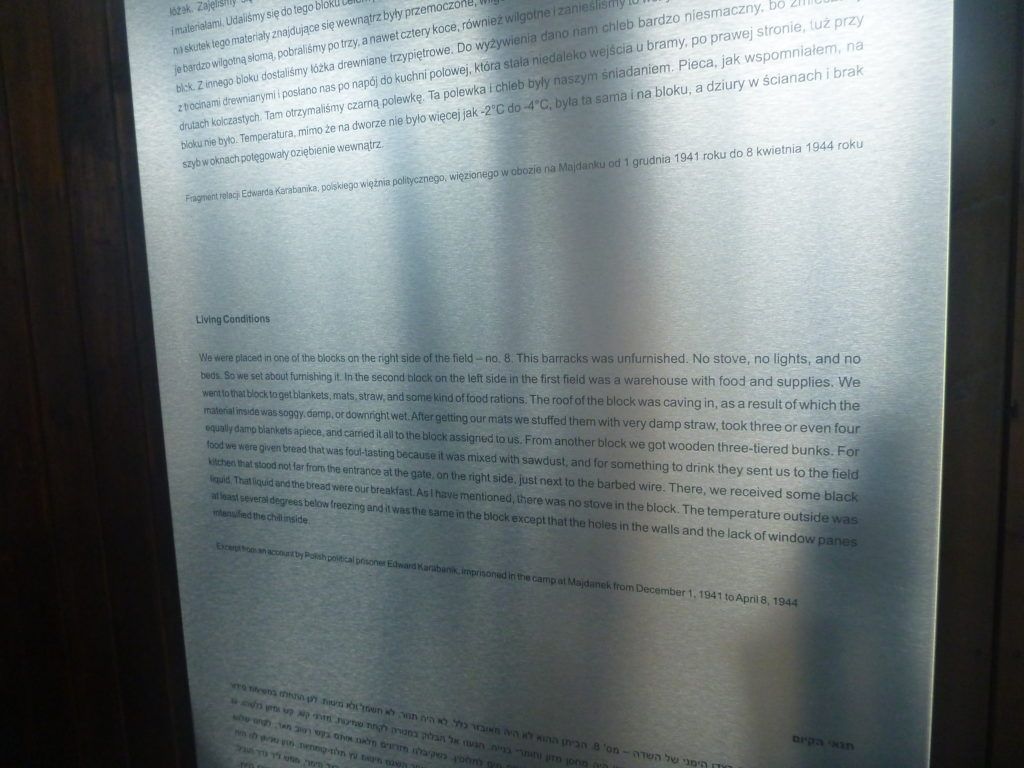
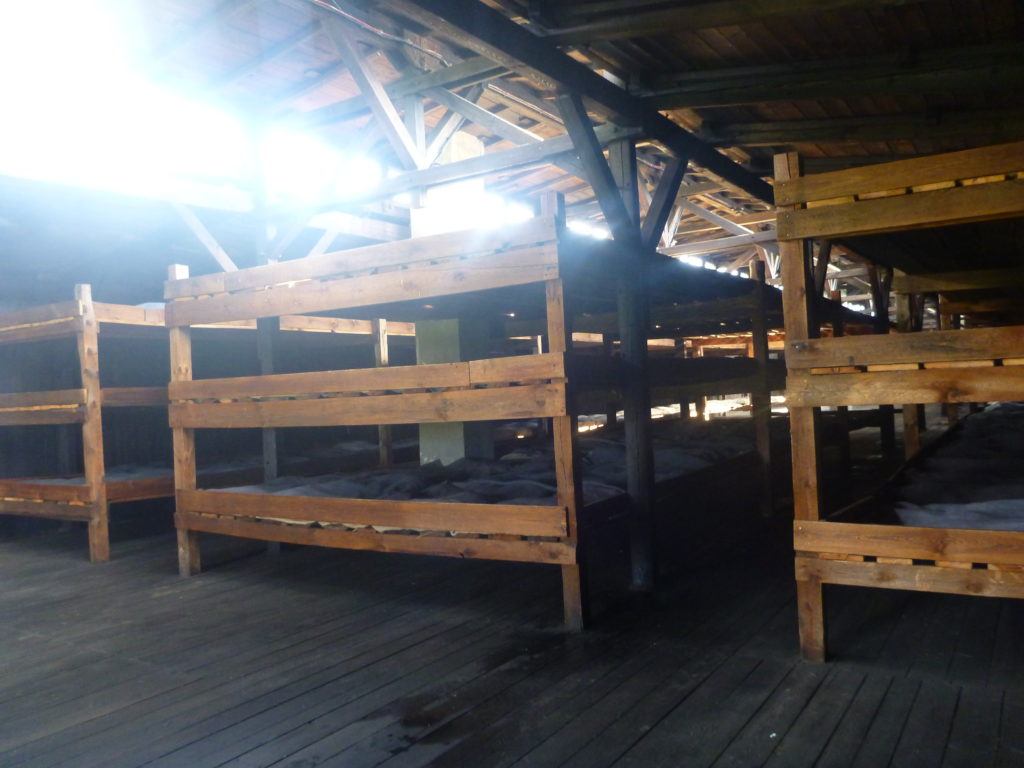
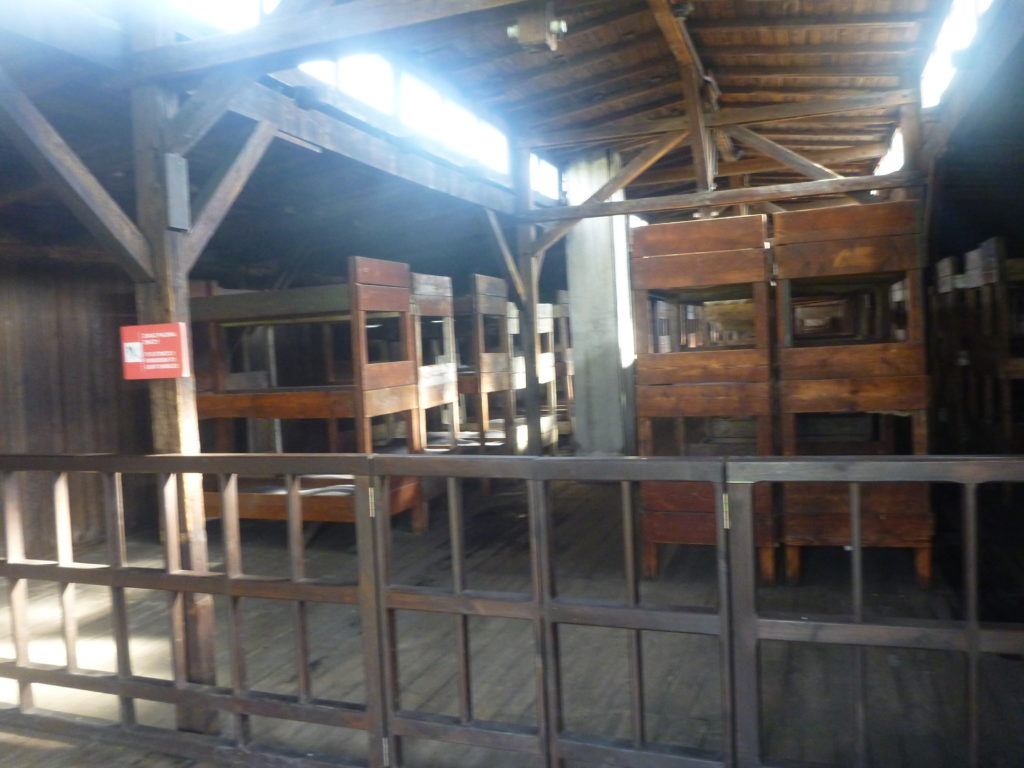
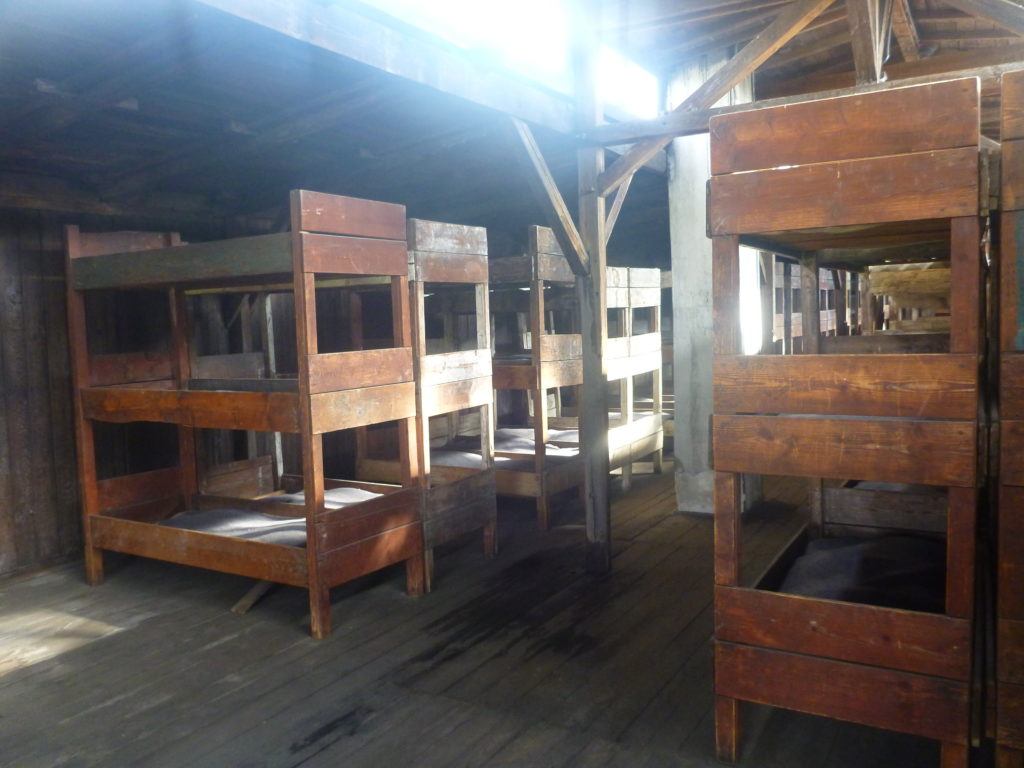
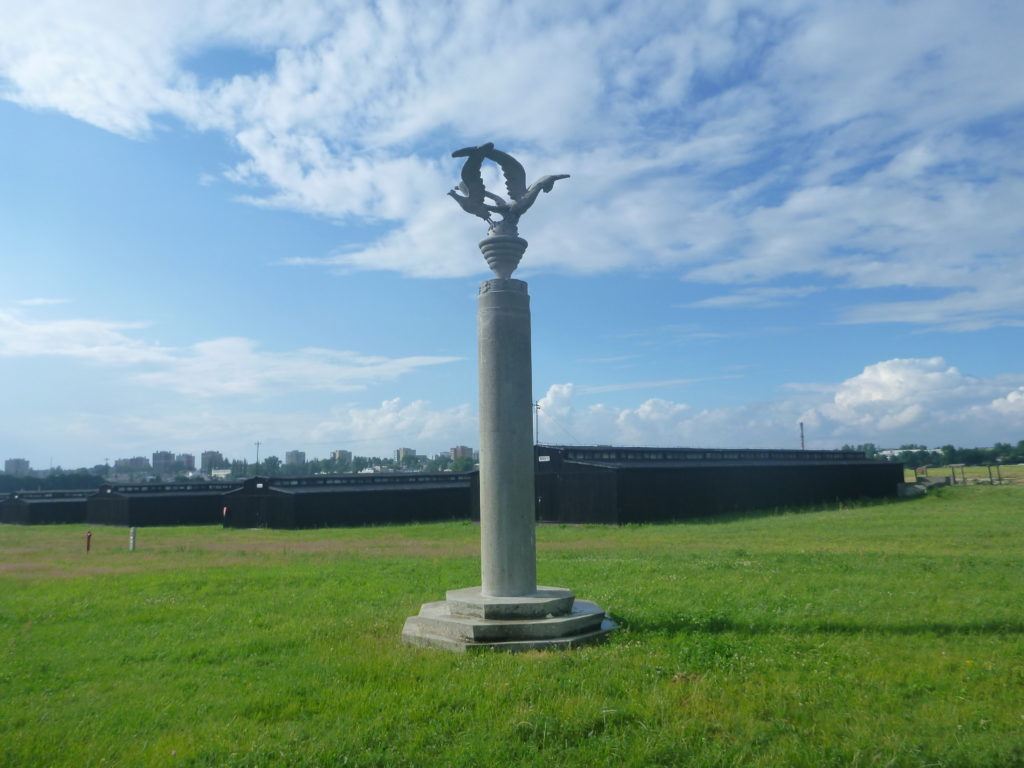
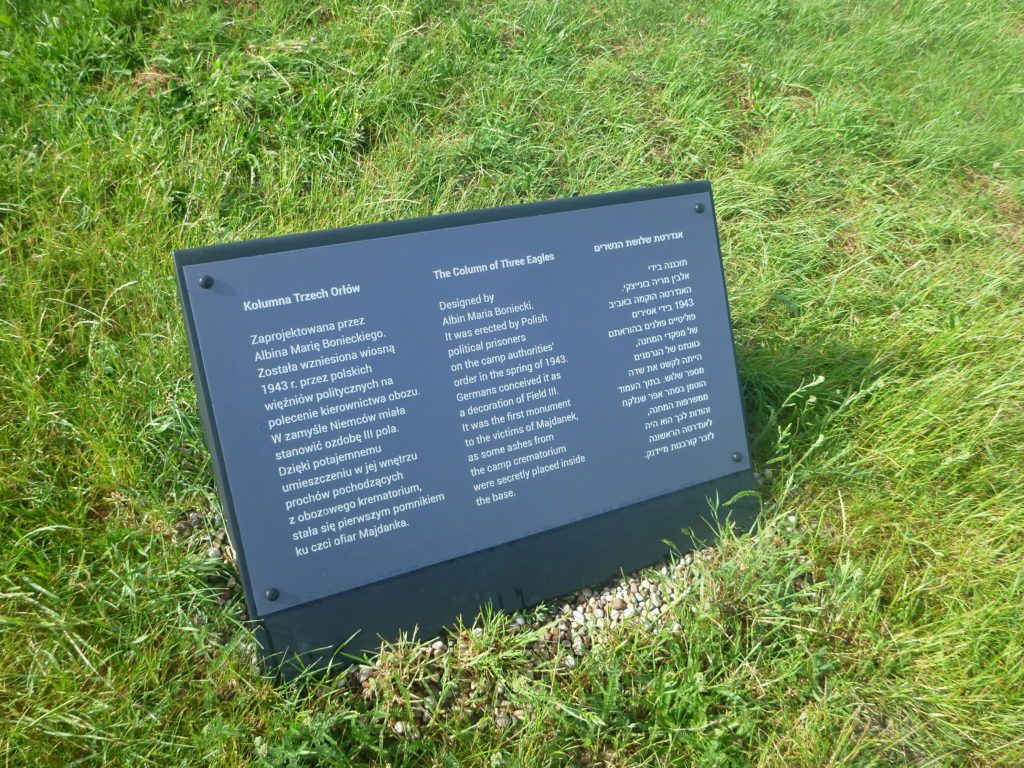
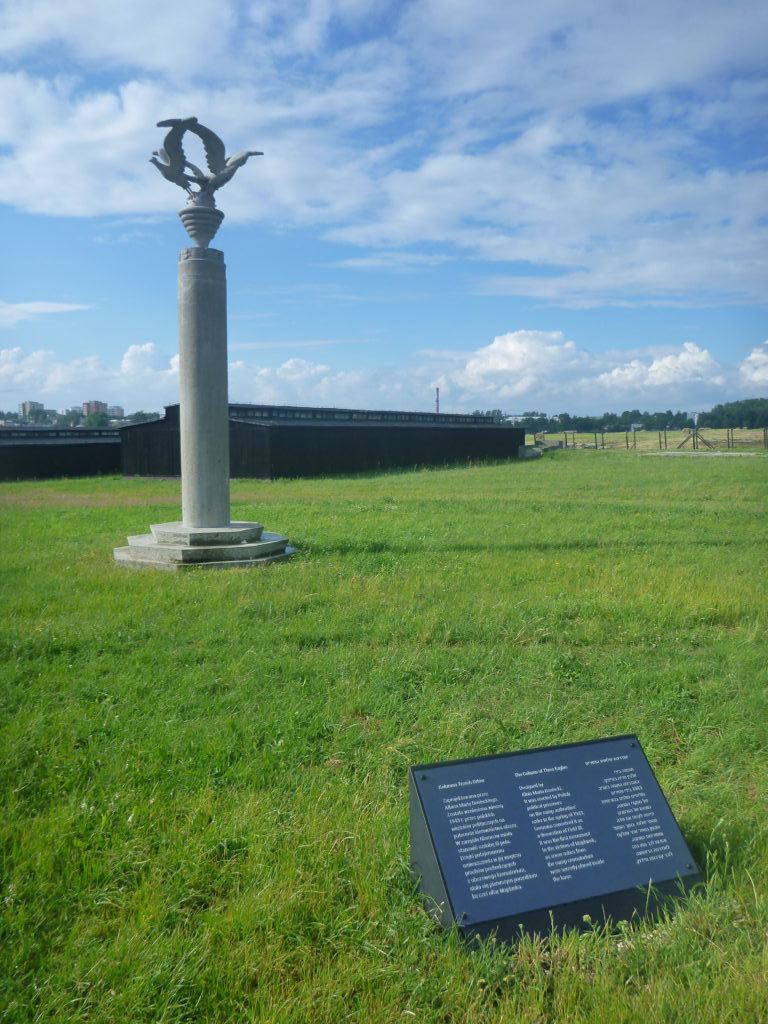
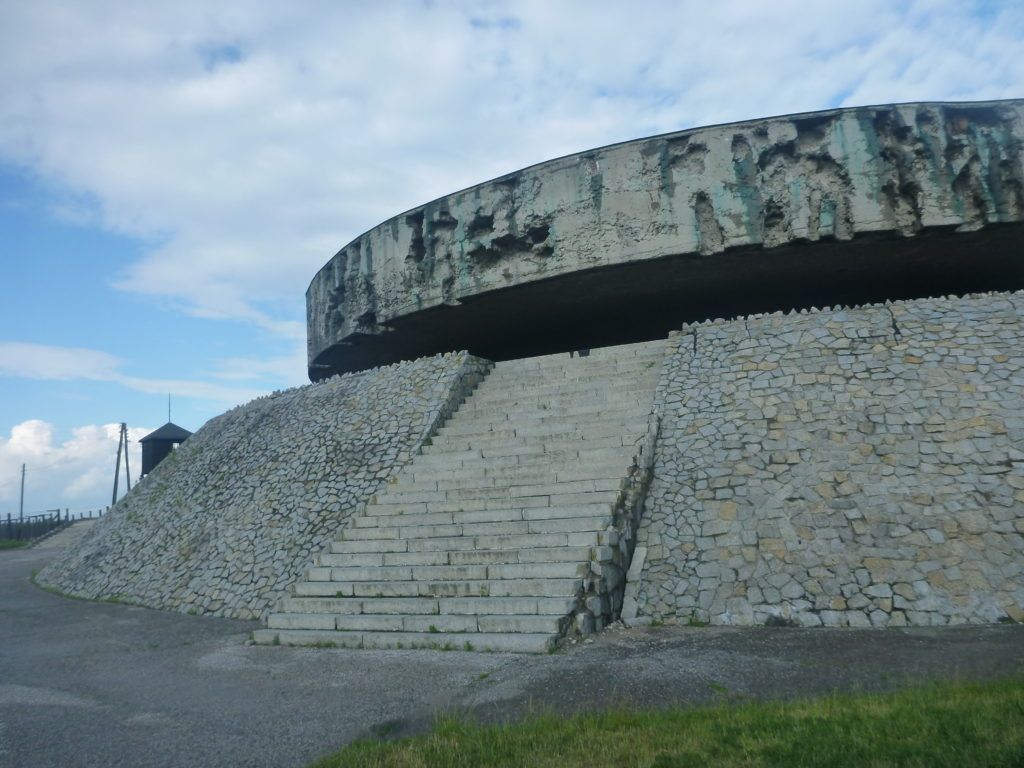
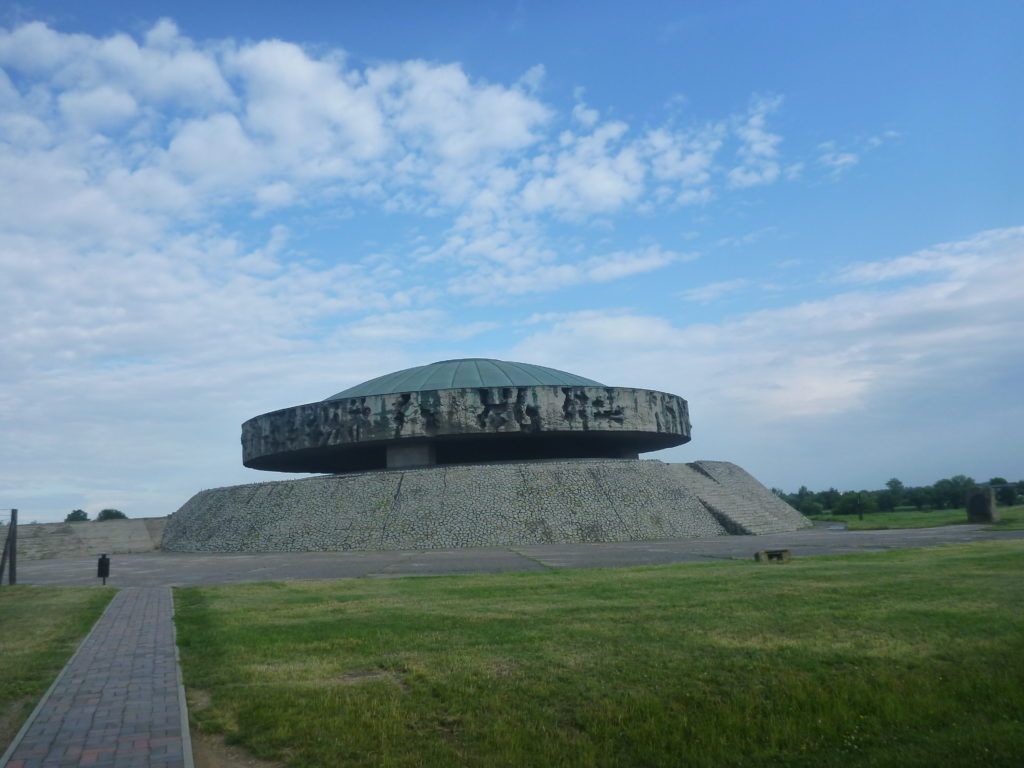
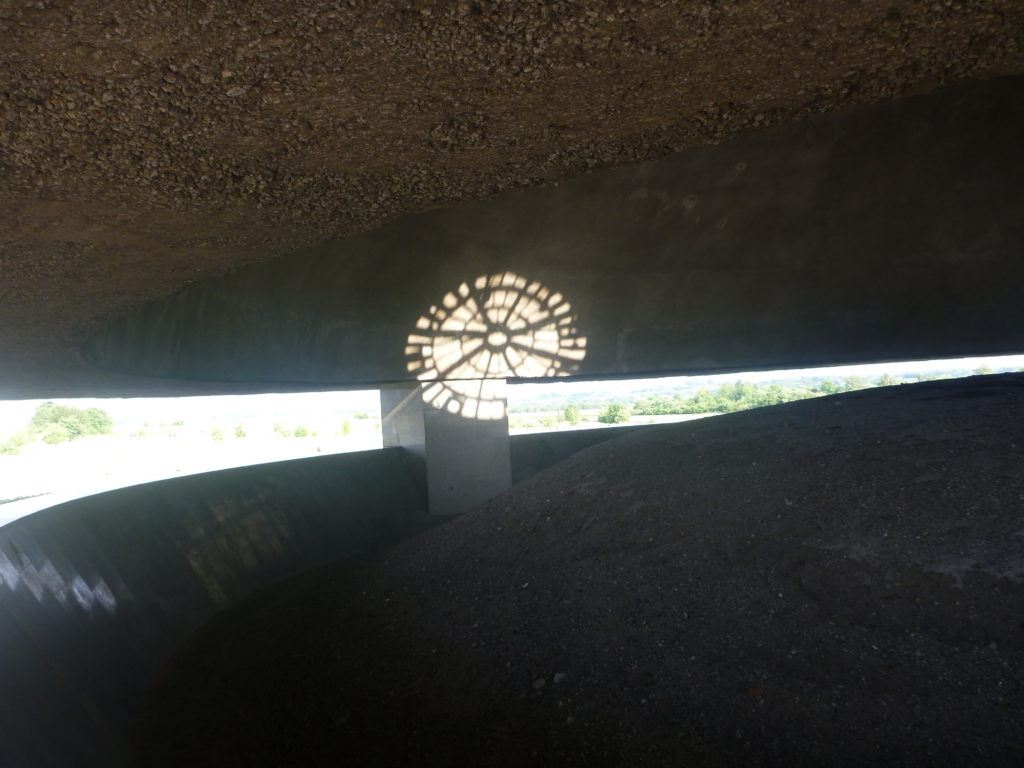
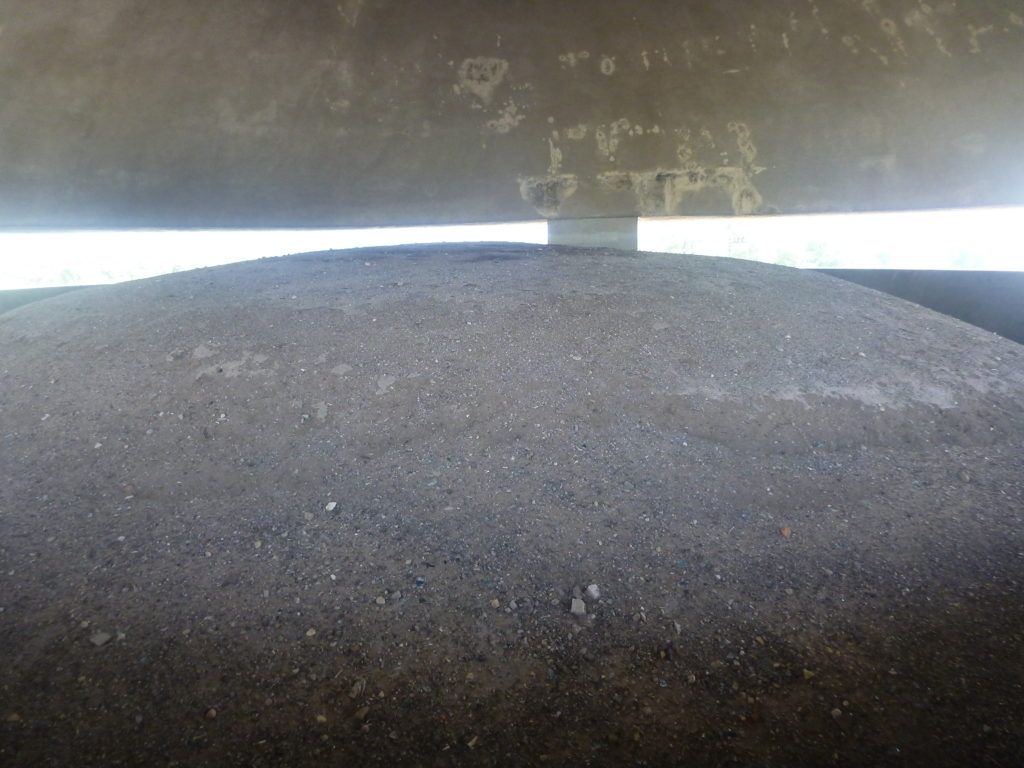
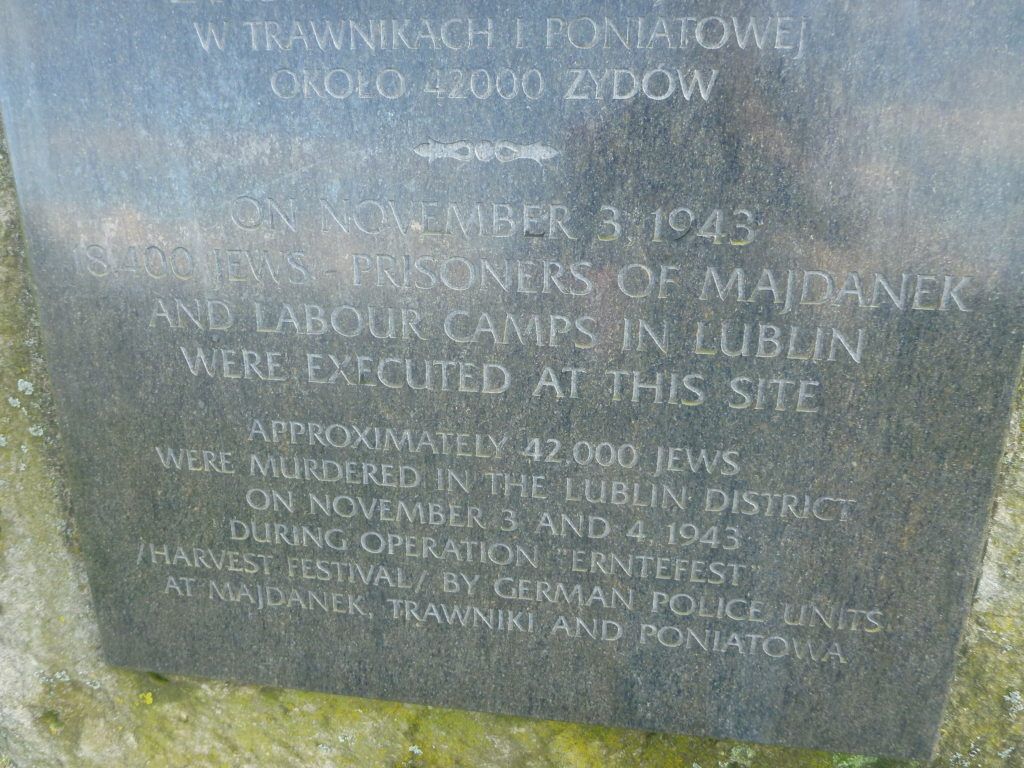
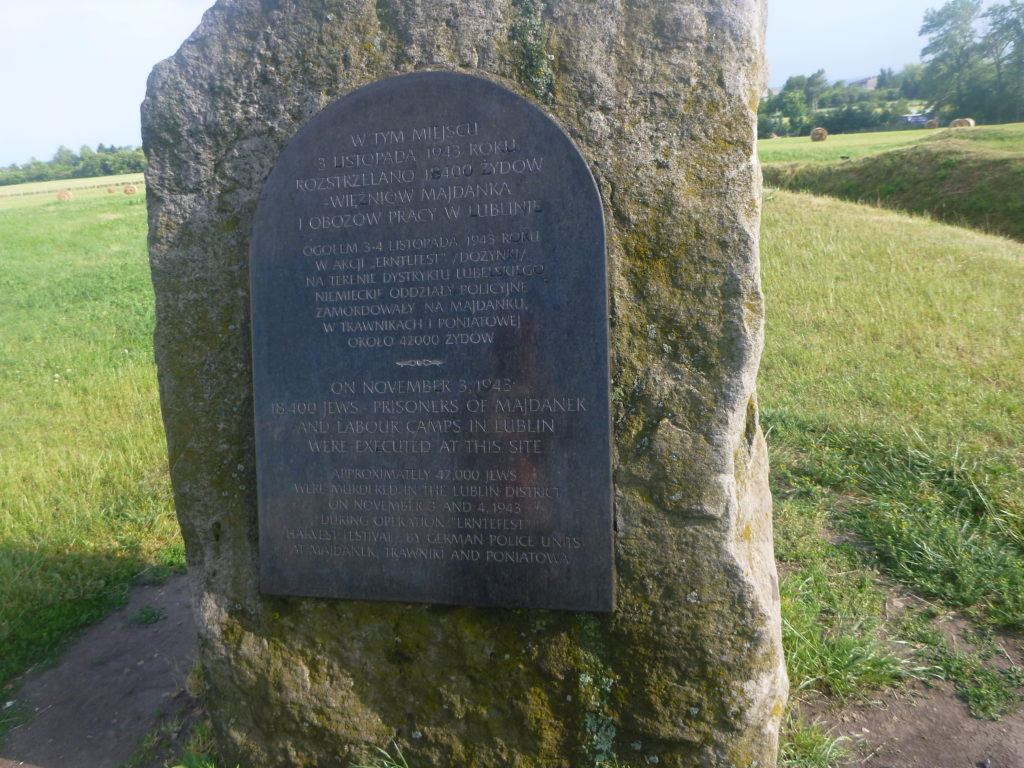
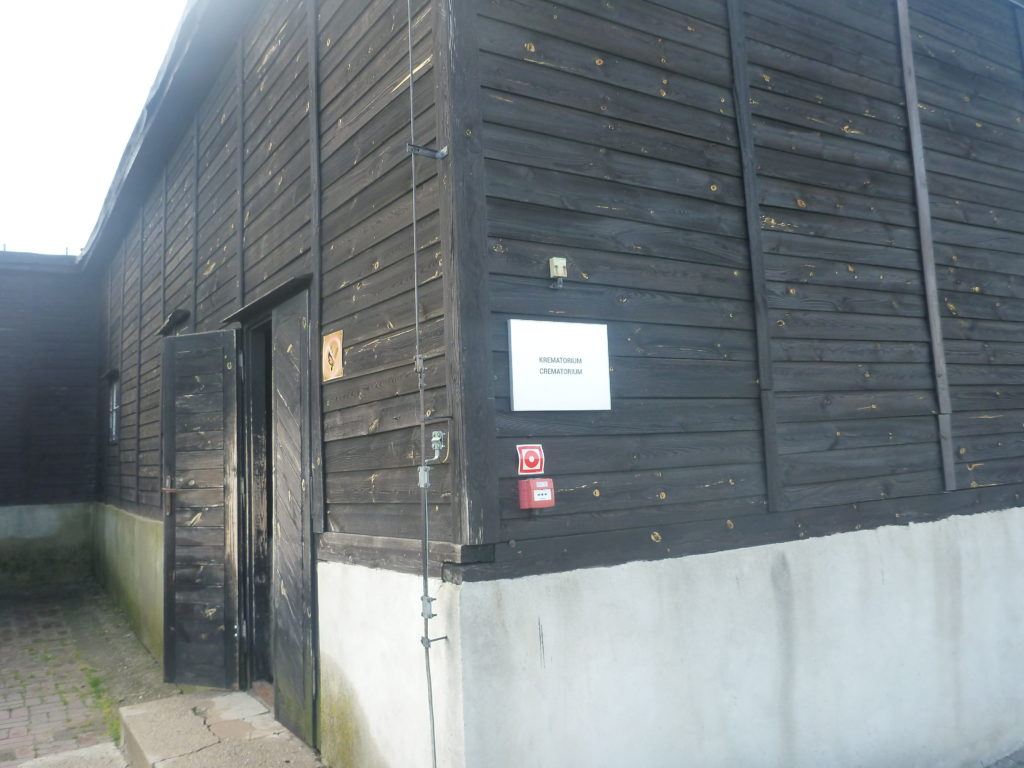
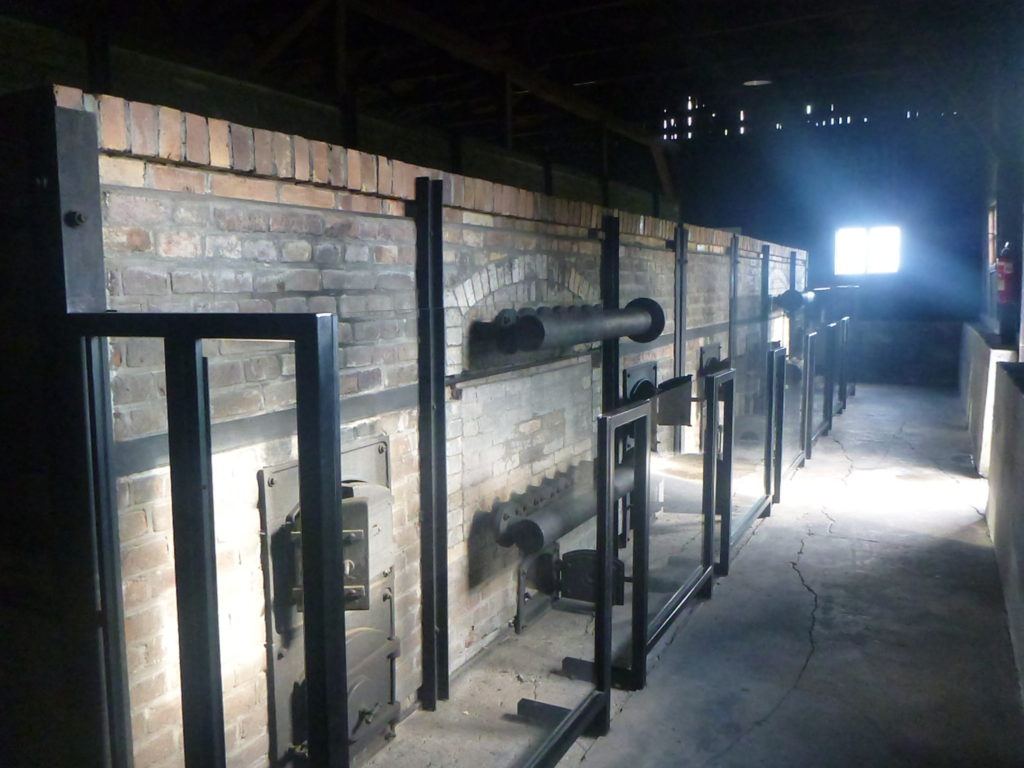
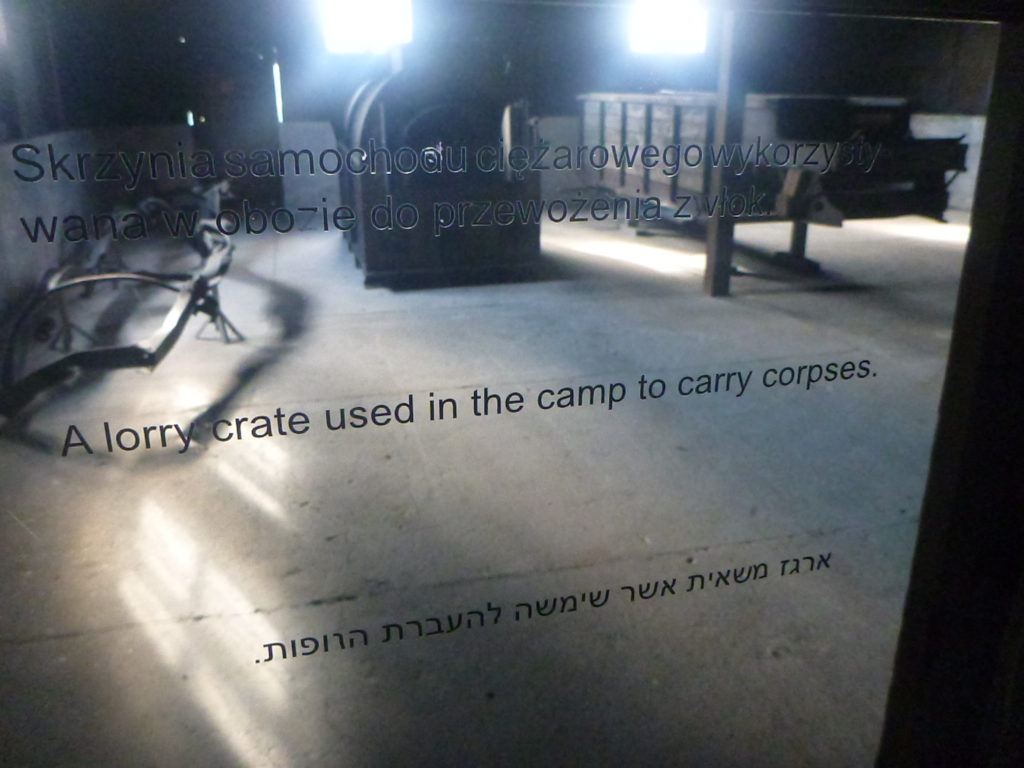
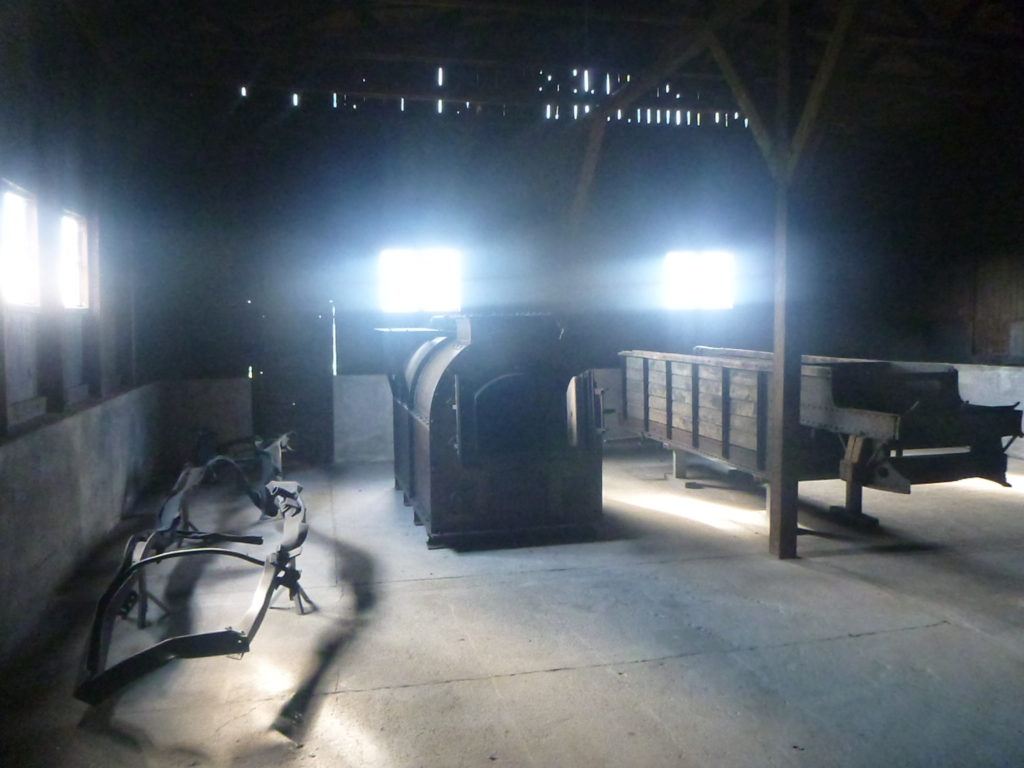
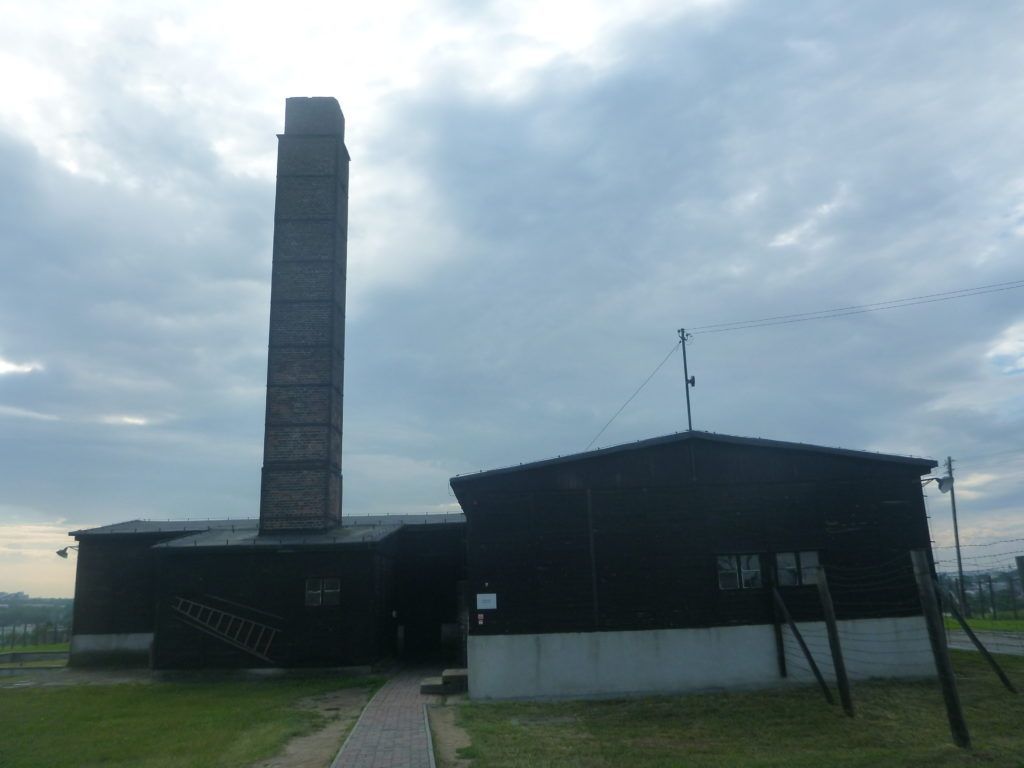
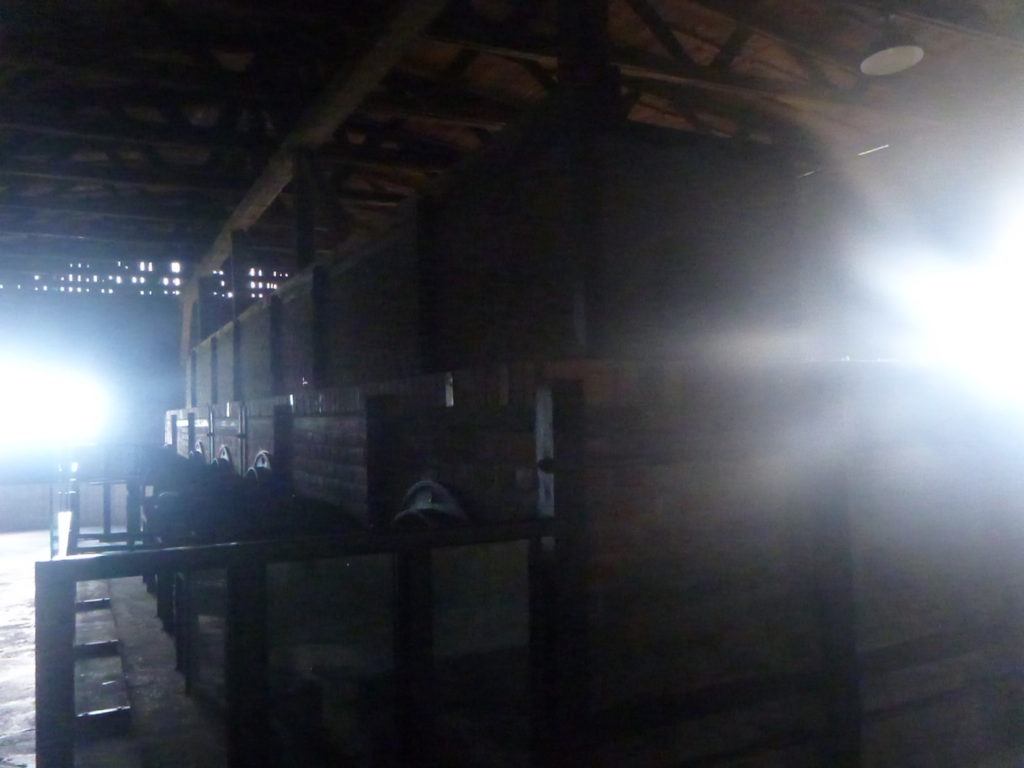
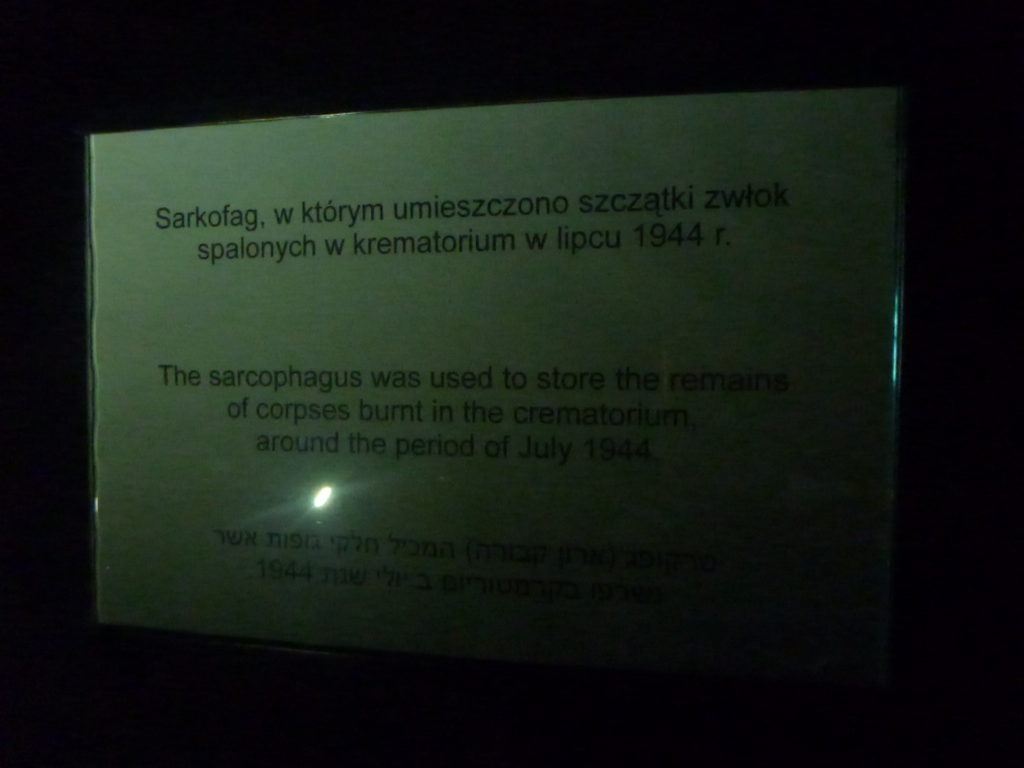
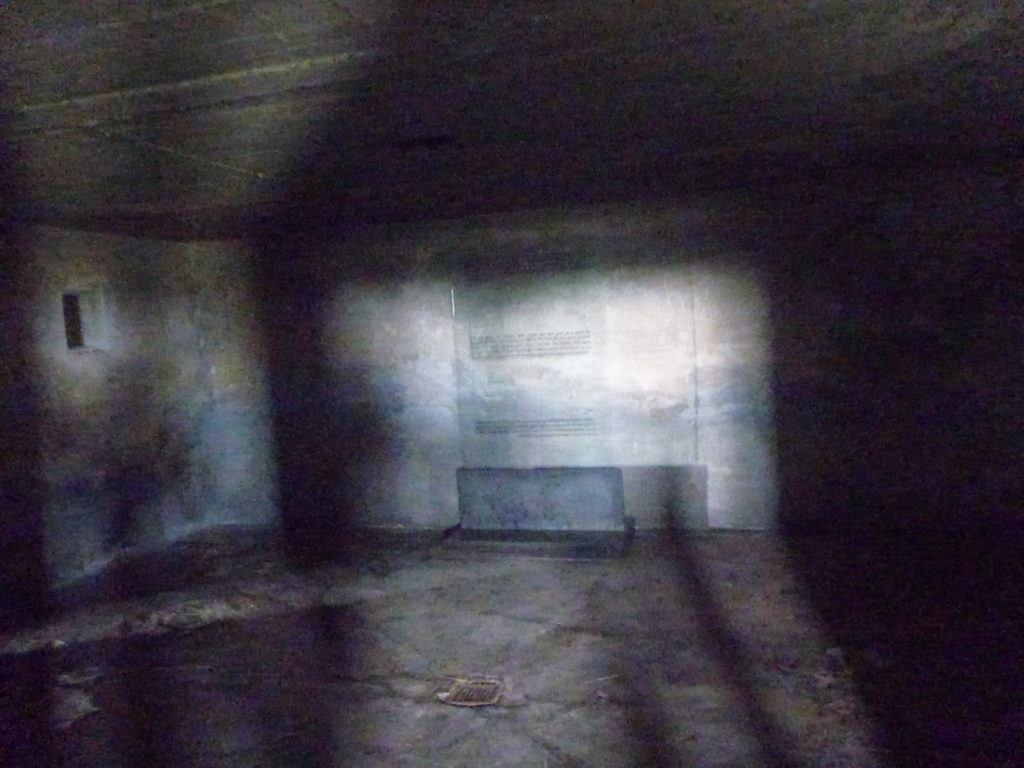
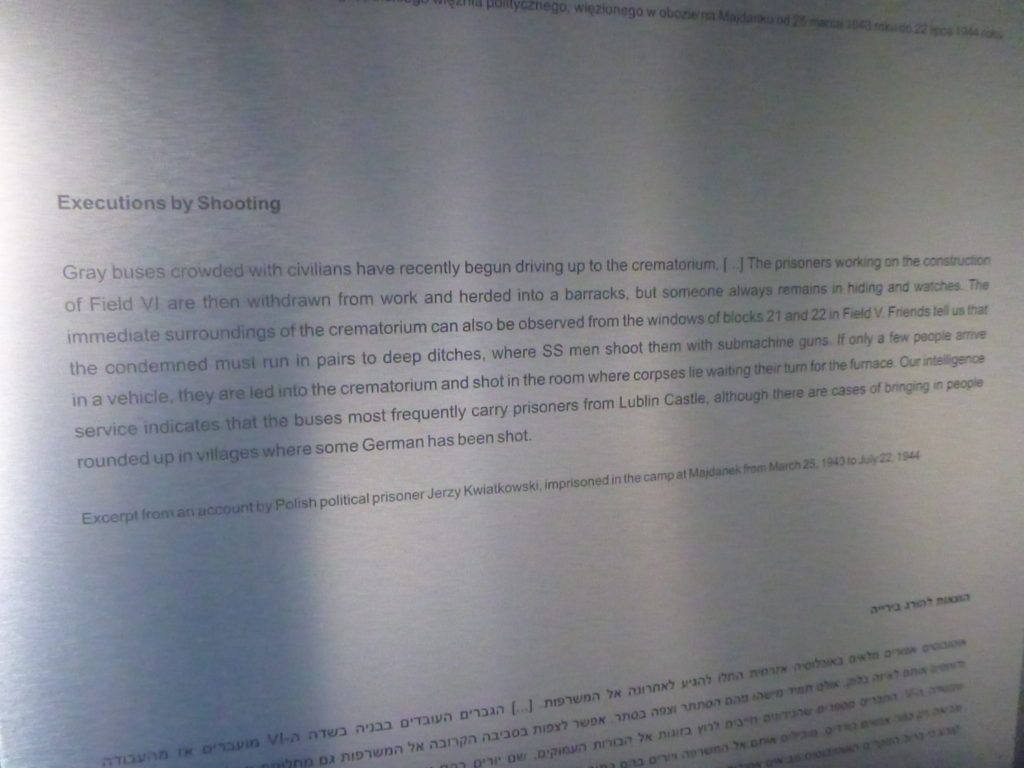
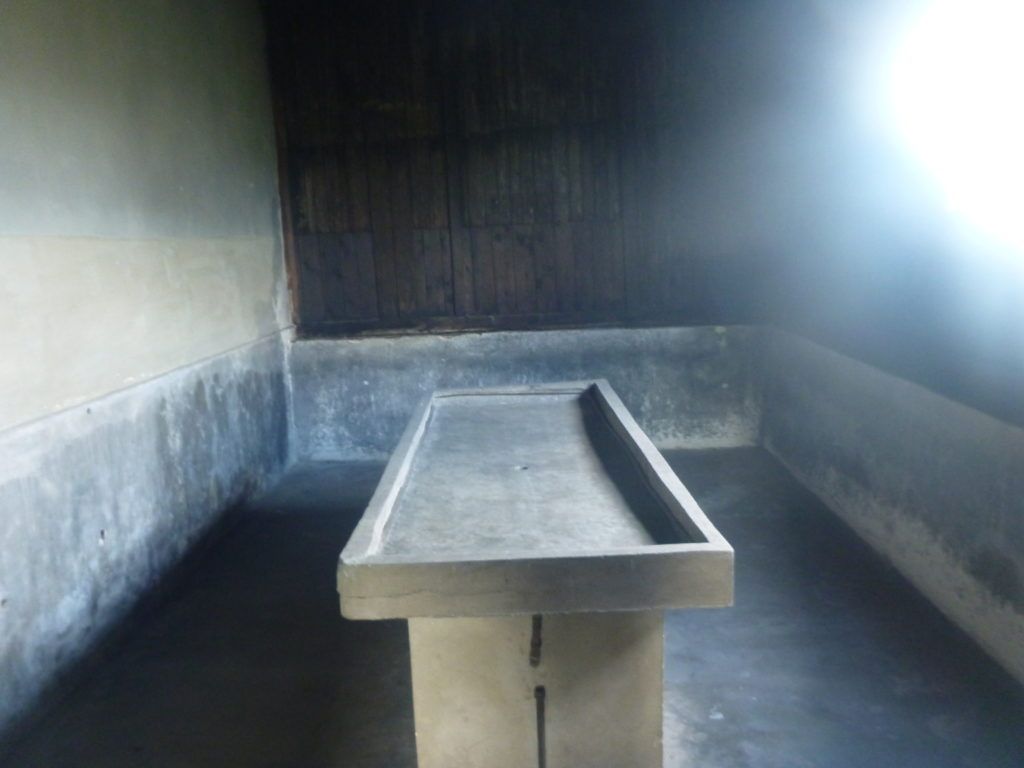
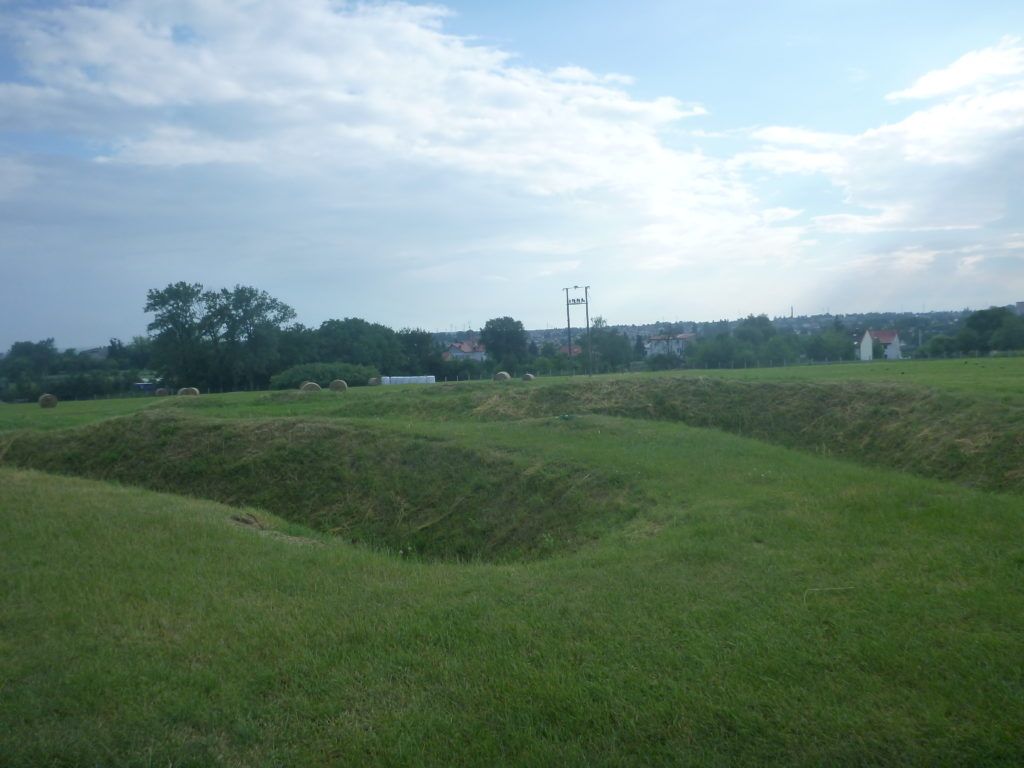
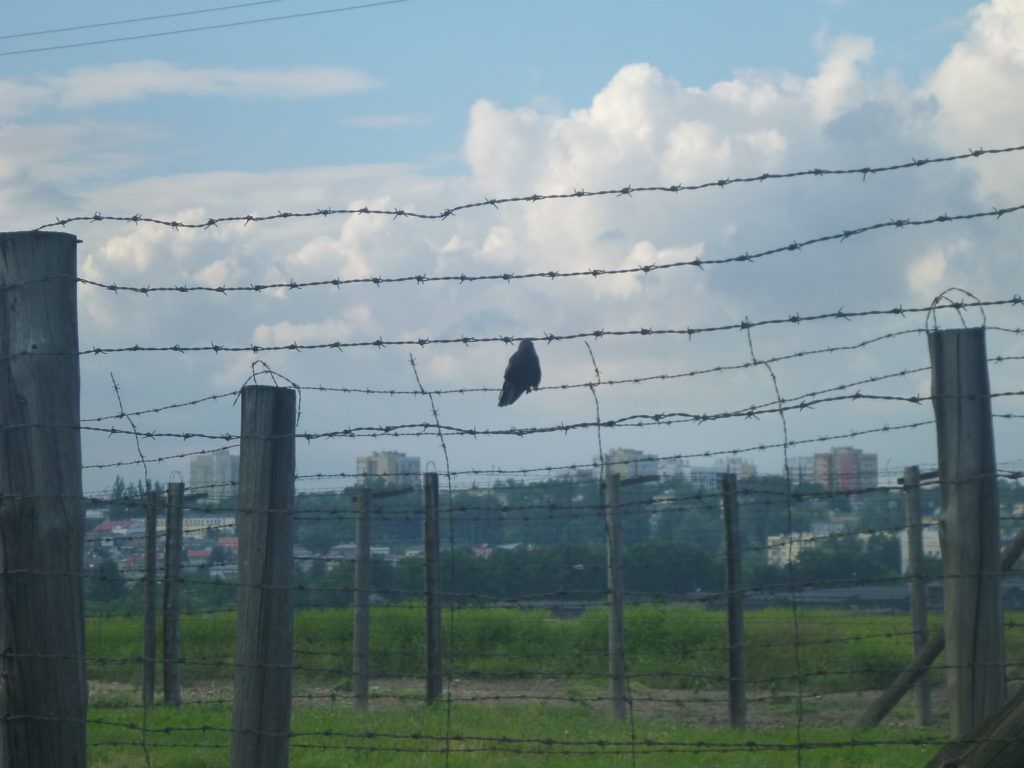
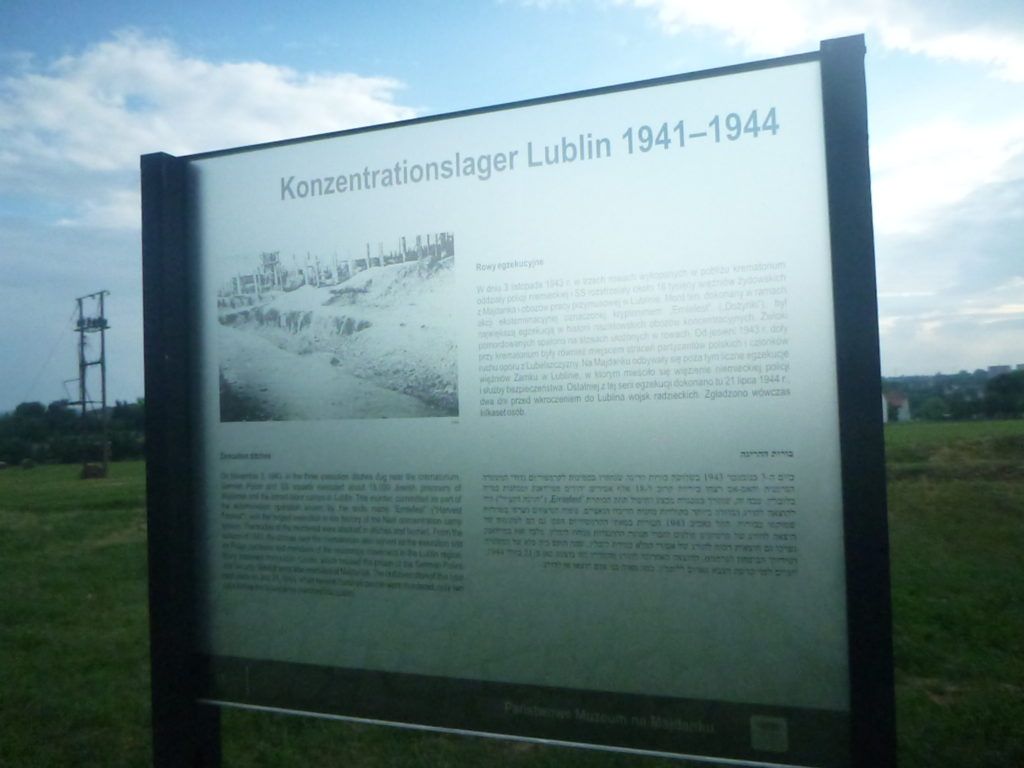
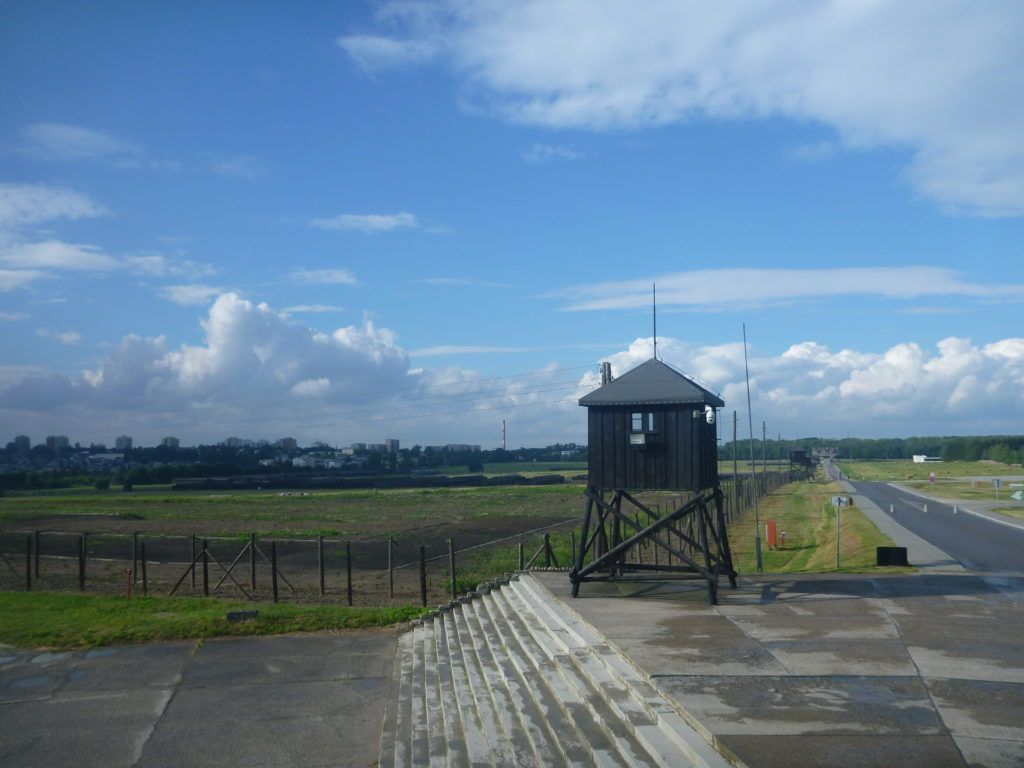
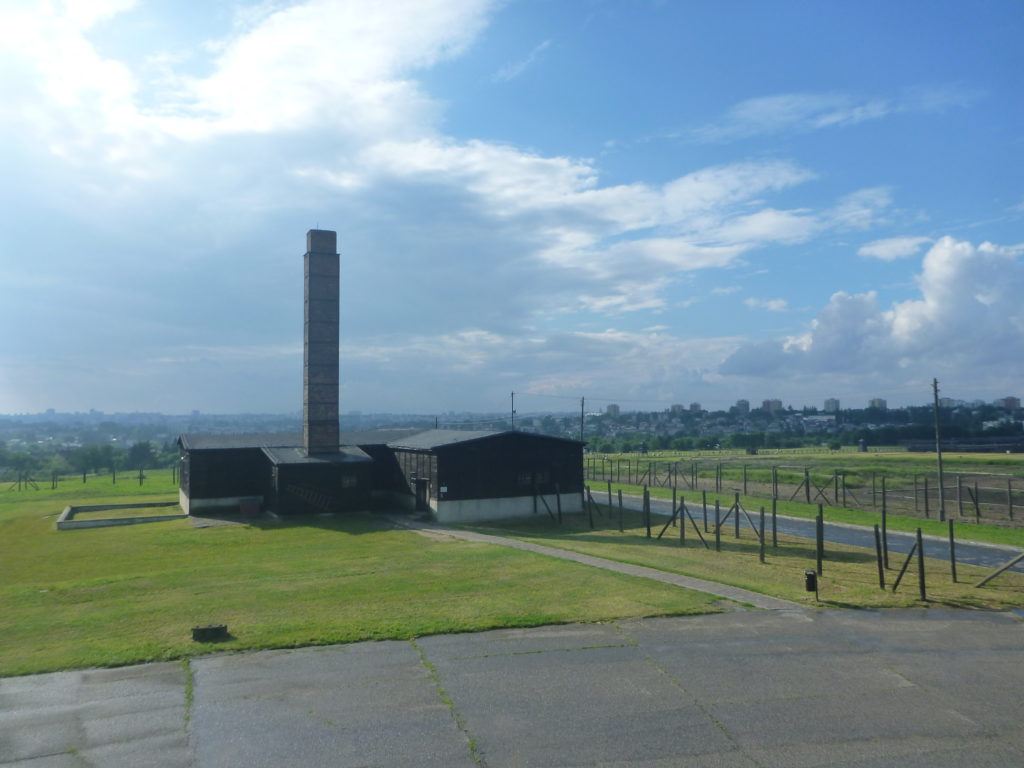
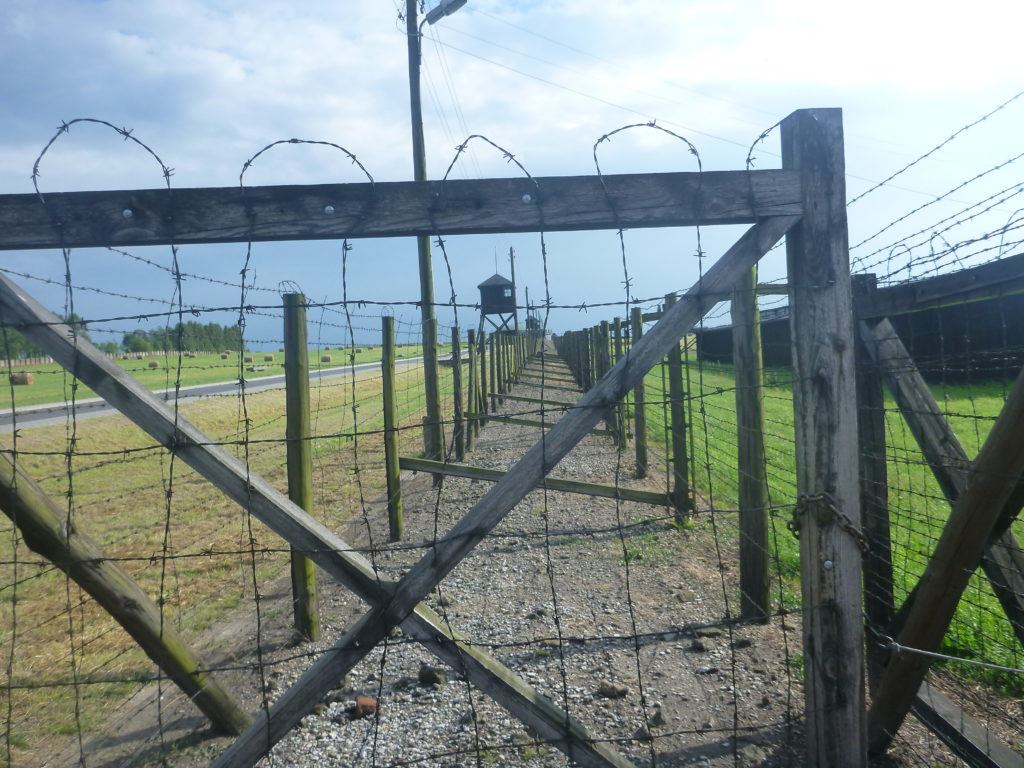
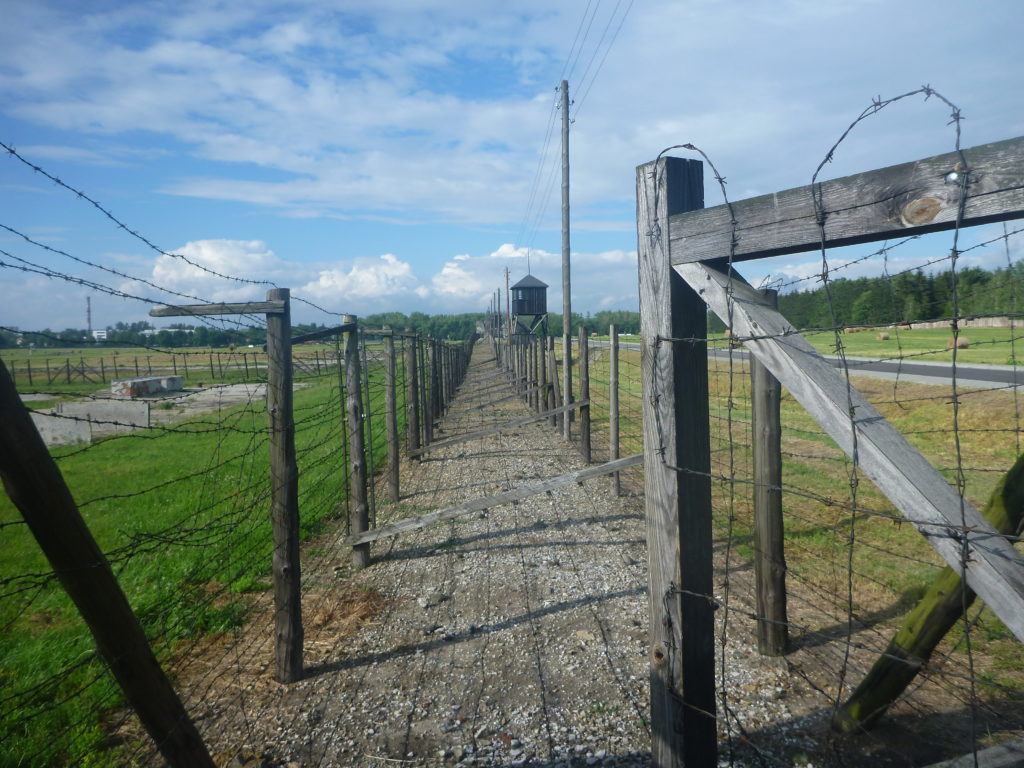
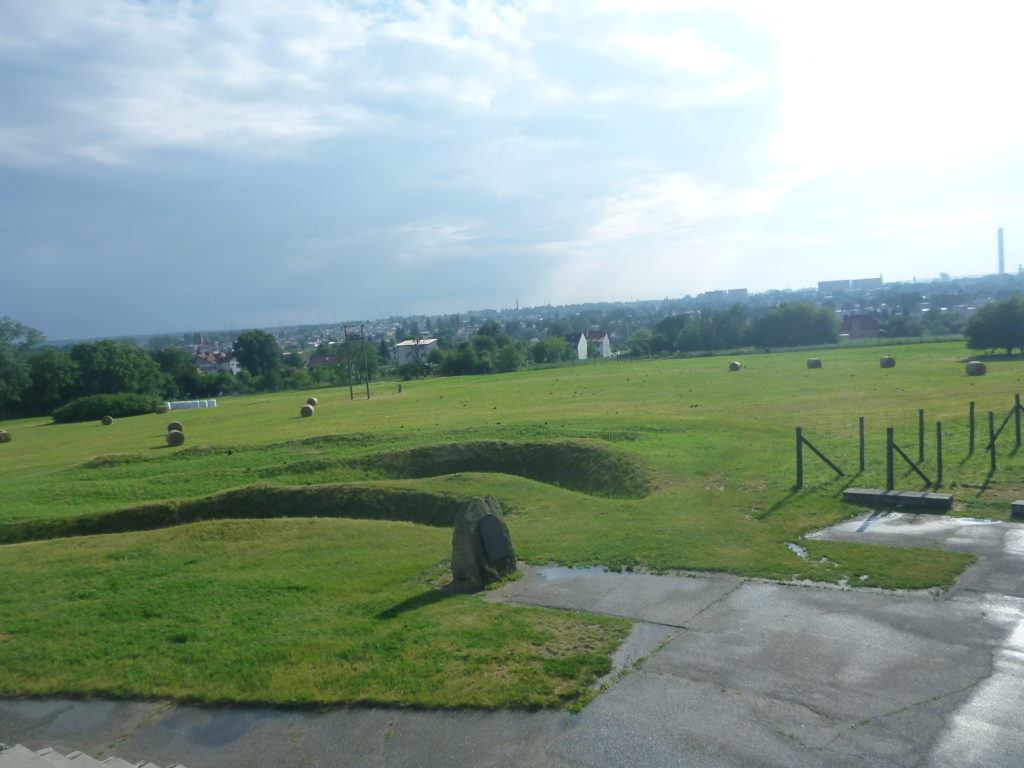
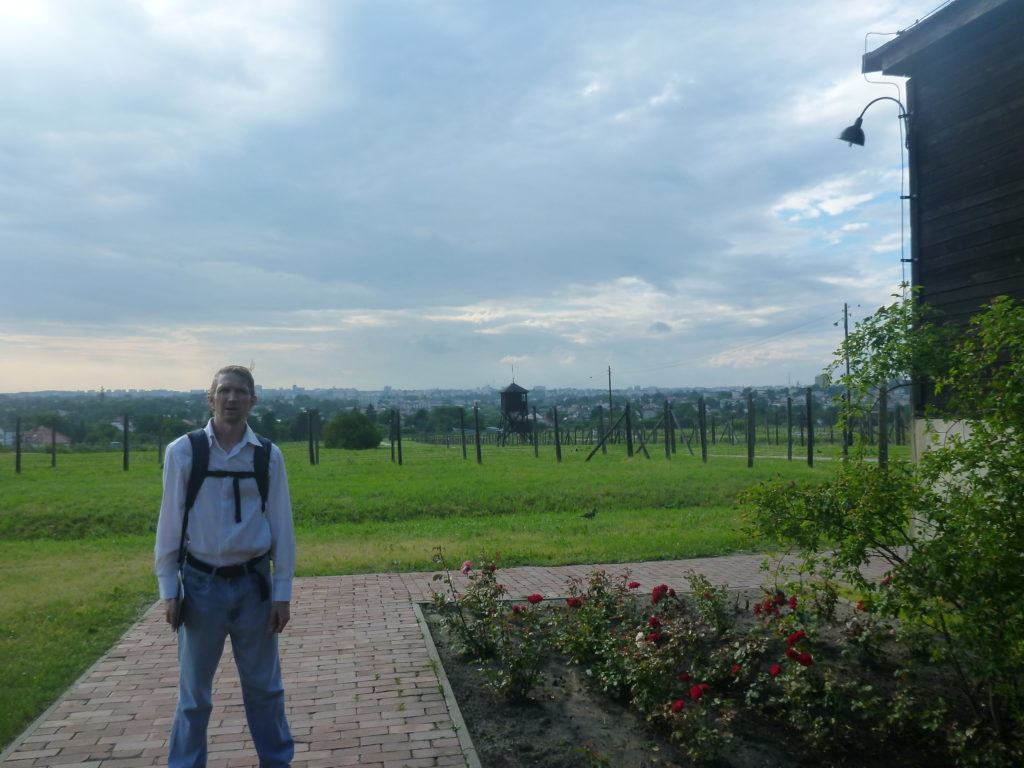
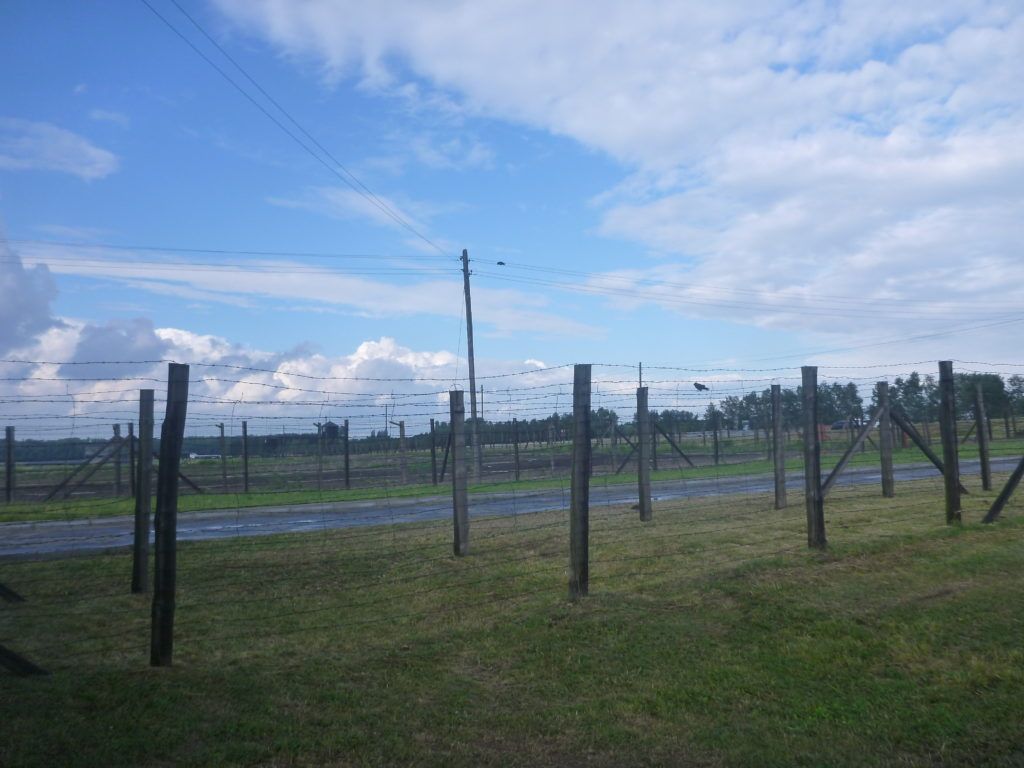
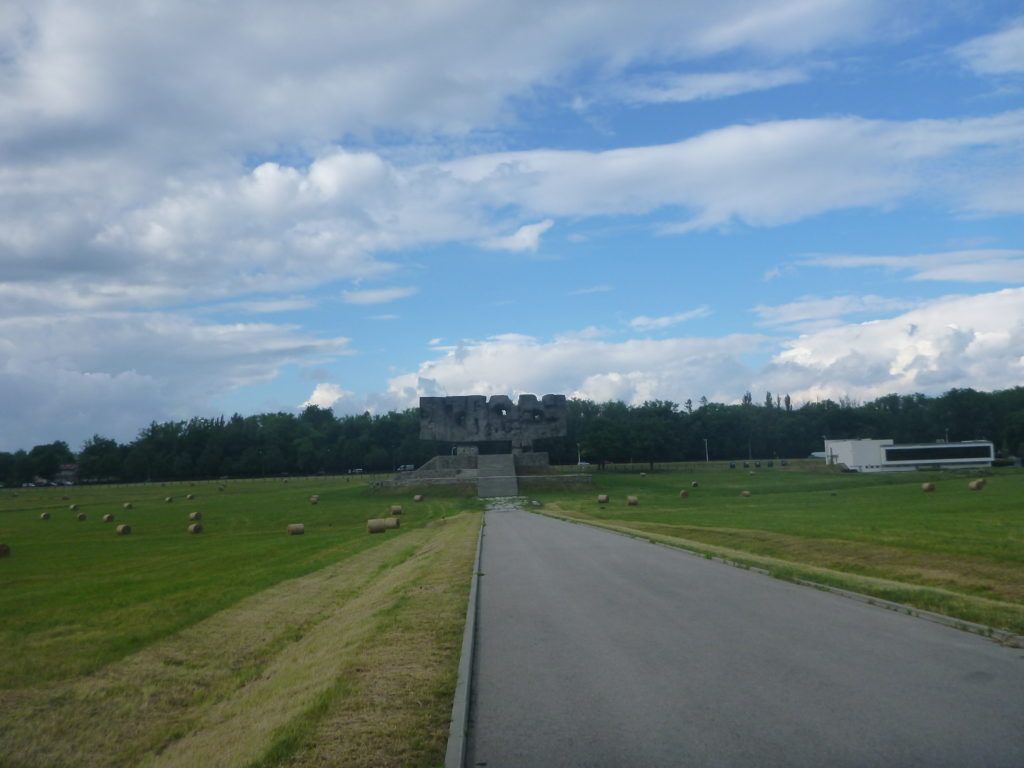
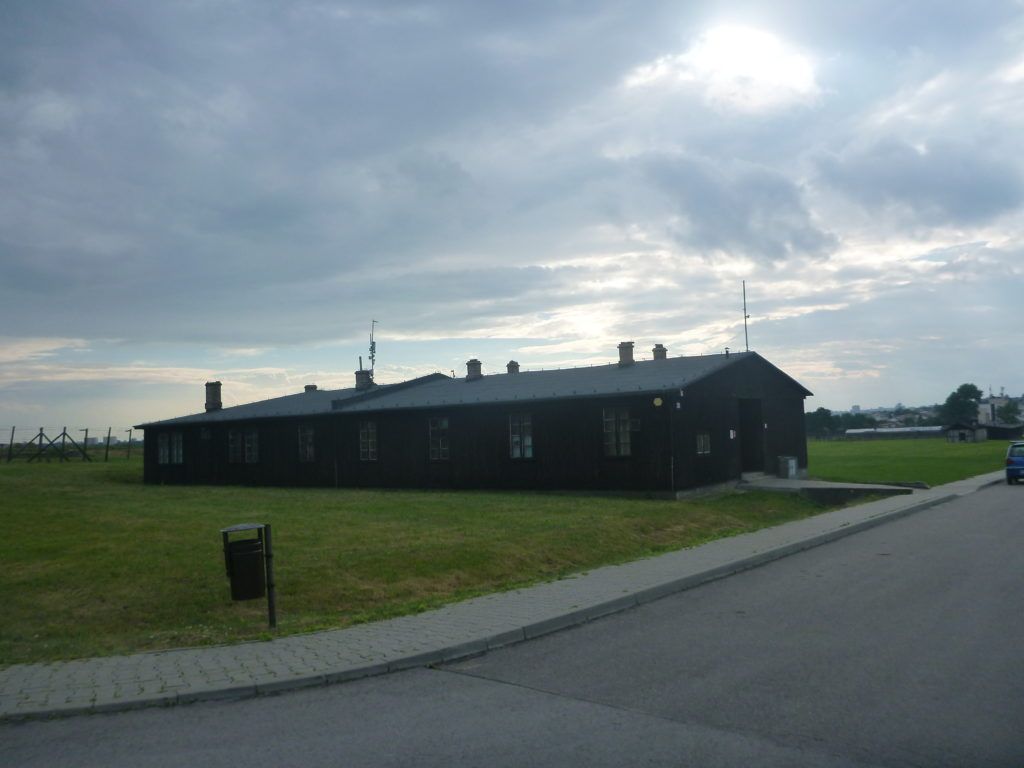
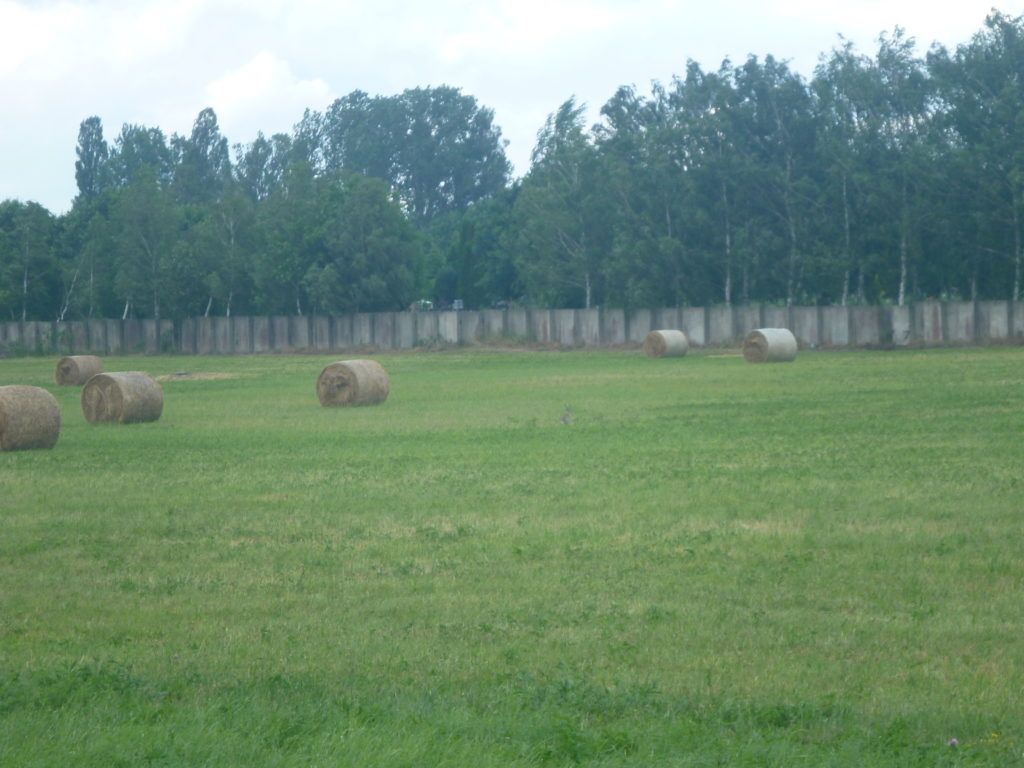
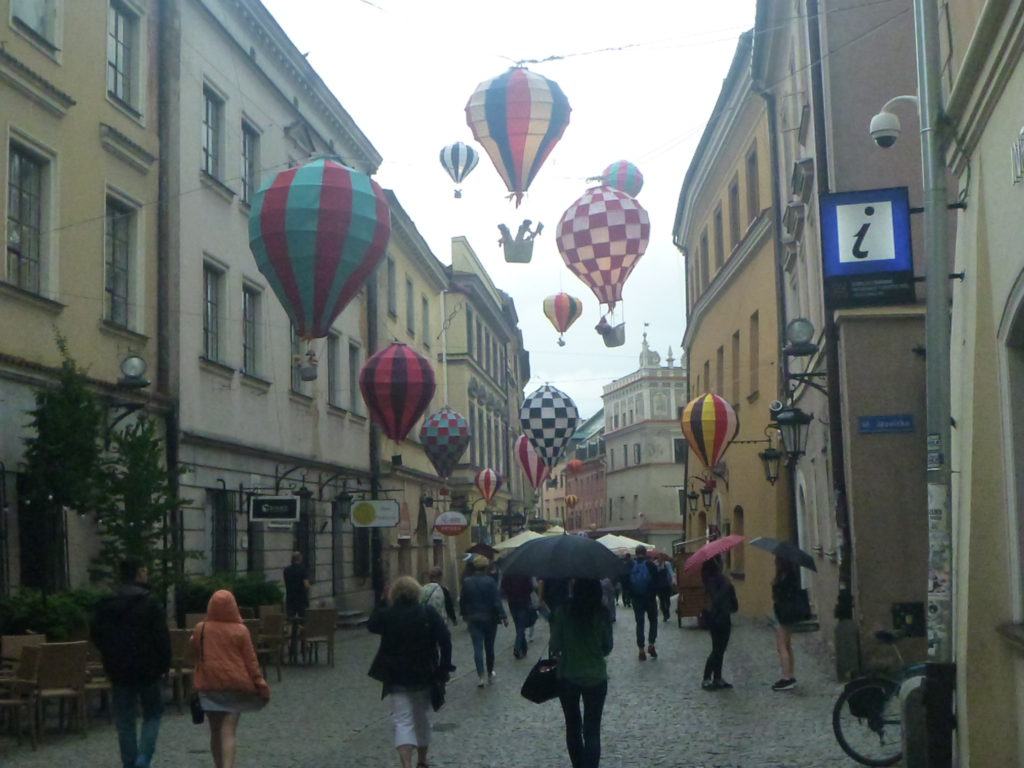
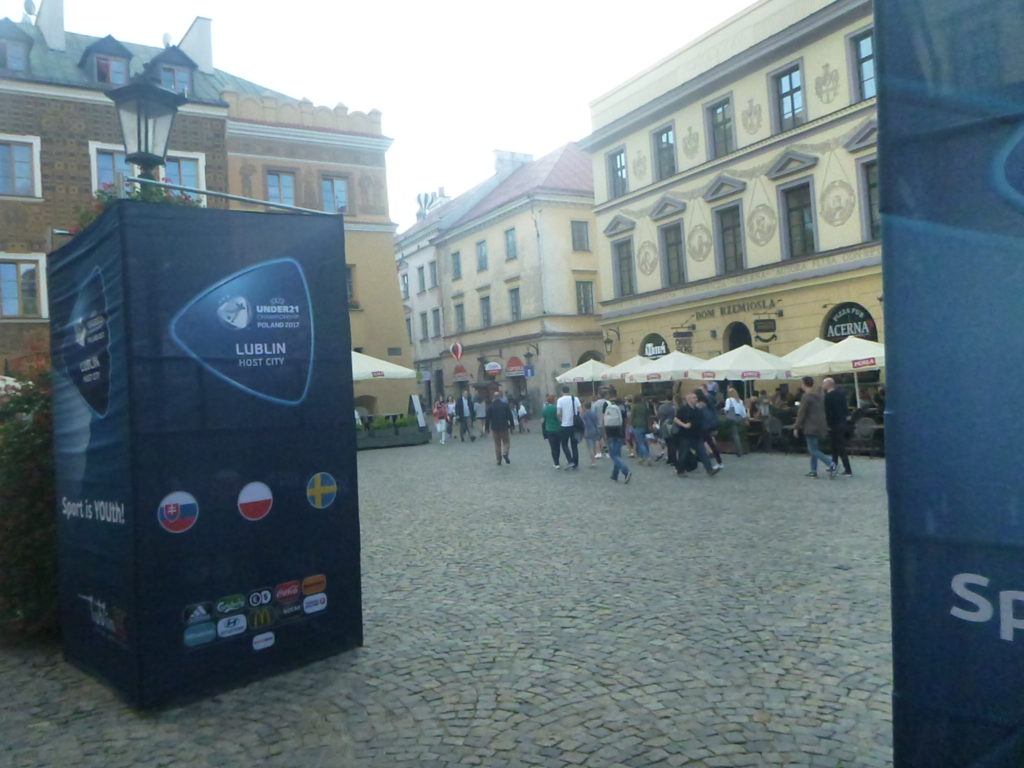
3 thoughts on “Nigdy Więcej Wojny: Touring Majdanek German Death Camp Near Lublin⚔️💥😢”